We offer a wide collection of free, high-quality printable coloring pages for kids and adults. From cute animals to intricate mandalas, our designs bring creativity and relaxation to everyone. Download, print, and start coloring today!
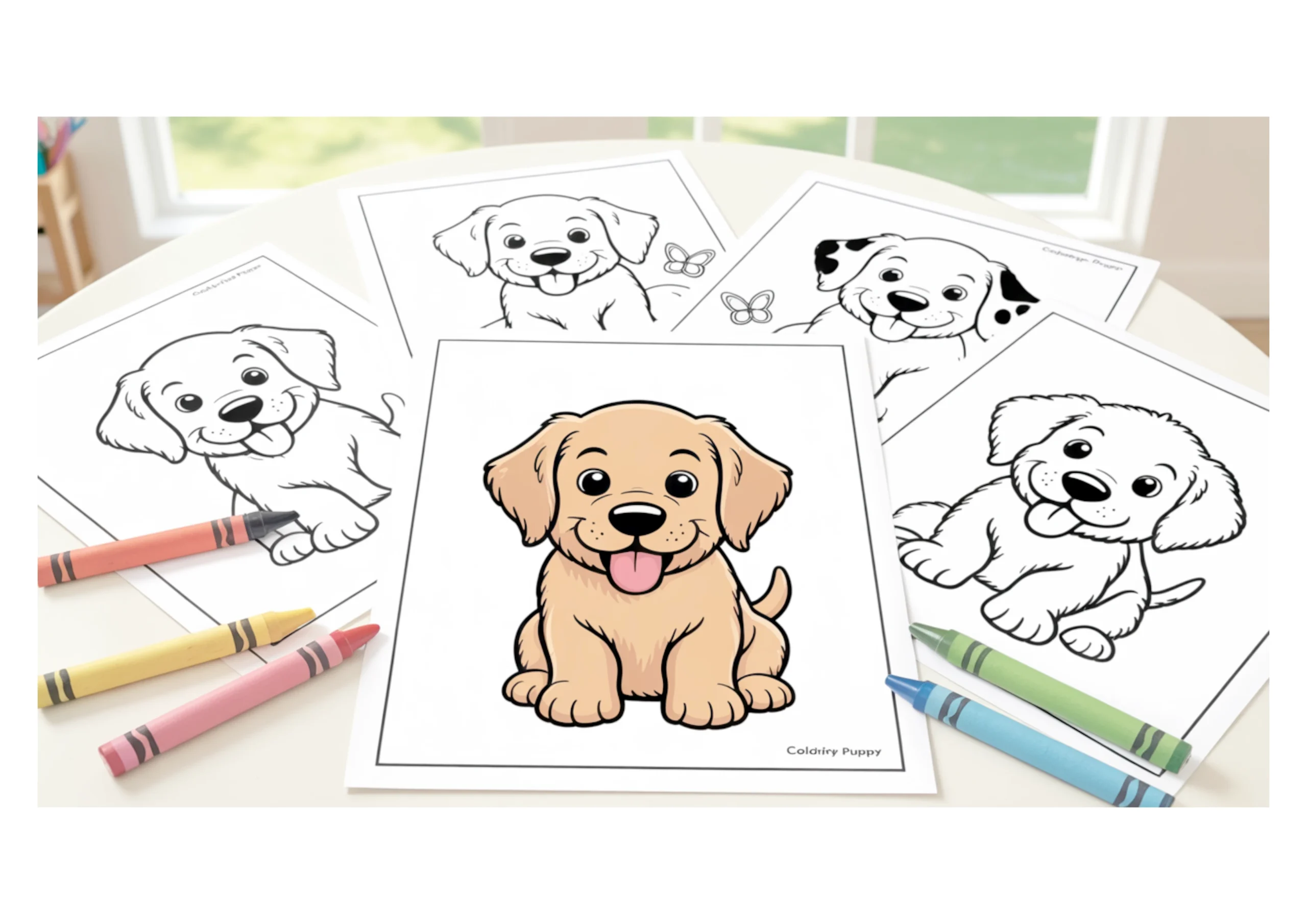
Last Tuesday, I brought a stack of puppy coloring pages to my niece’s birthday party. Big mistake—or maybe the best decision ever? Within five minutes, eight kids surrounded me like I was handing out candy. One little girl named Sophie clutched a floppy-eared beagle page so tightly I thought she’d crumple it before even finding a crayon.
That moment taught me something: not all puppy coloring pages printable files are created equal. Some get abandoned after two minutes. Others? Kids guard them like treasure.
I’ve spent the last six months testing different puppy coloring pages free printable designs with my art therapy group, my friend’s kindergarten class, and my own kids. I’ve seen what works, what flops, and what makes a 4-year-old say “this one’s mine” and refuse to share.
Key Takeaways: What You Need To Know
- Line thickness matters more than cuteness – thick borders = less frustration for kids under 6
- Breed variety keeps everyone happy – from chunky bulldogs to fluffy golden retrievers
- Free doesn’t mean low quality – some of the best puppy coloring pages to print cost nothing
- Paper choice changes everything – cardstock vs regular paper makes a huge difference
- Age ranges on downloads lie – a “3-5 year old” page might work better for 7-year-olds
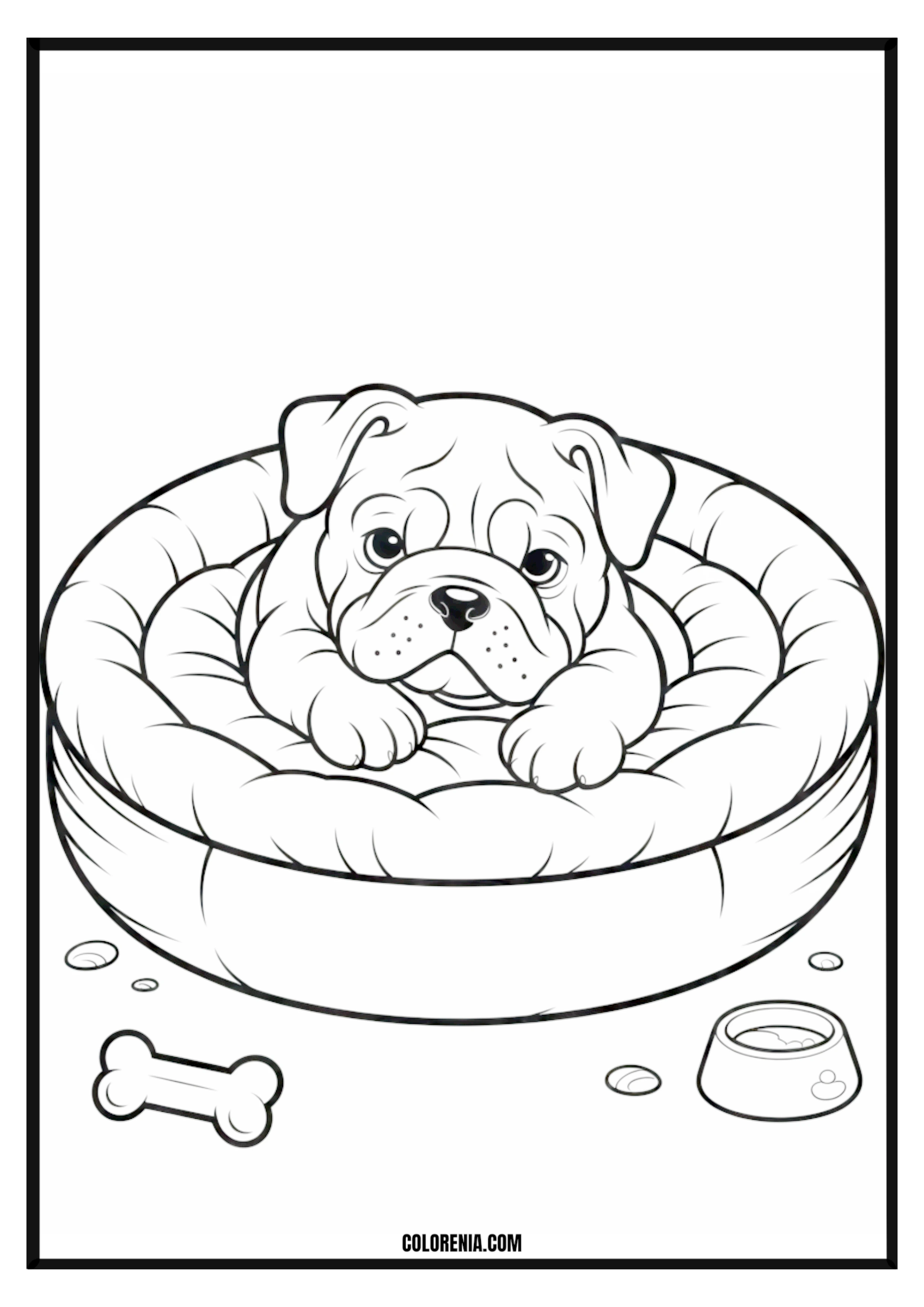
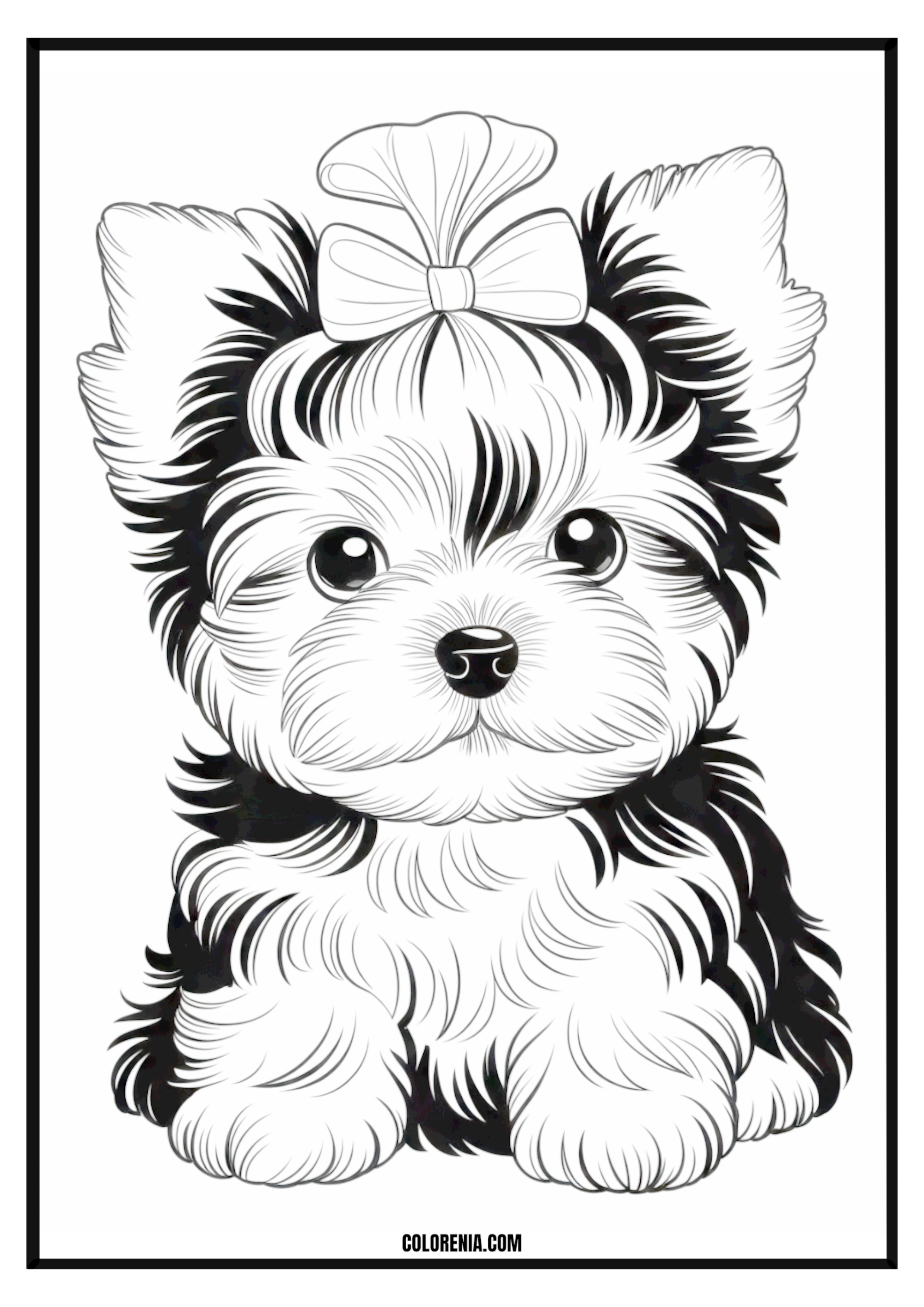
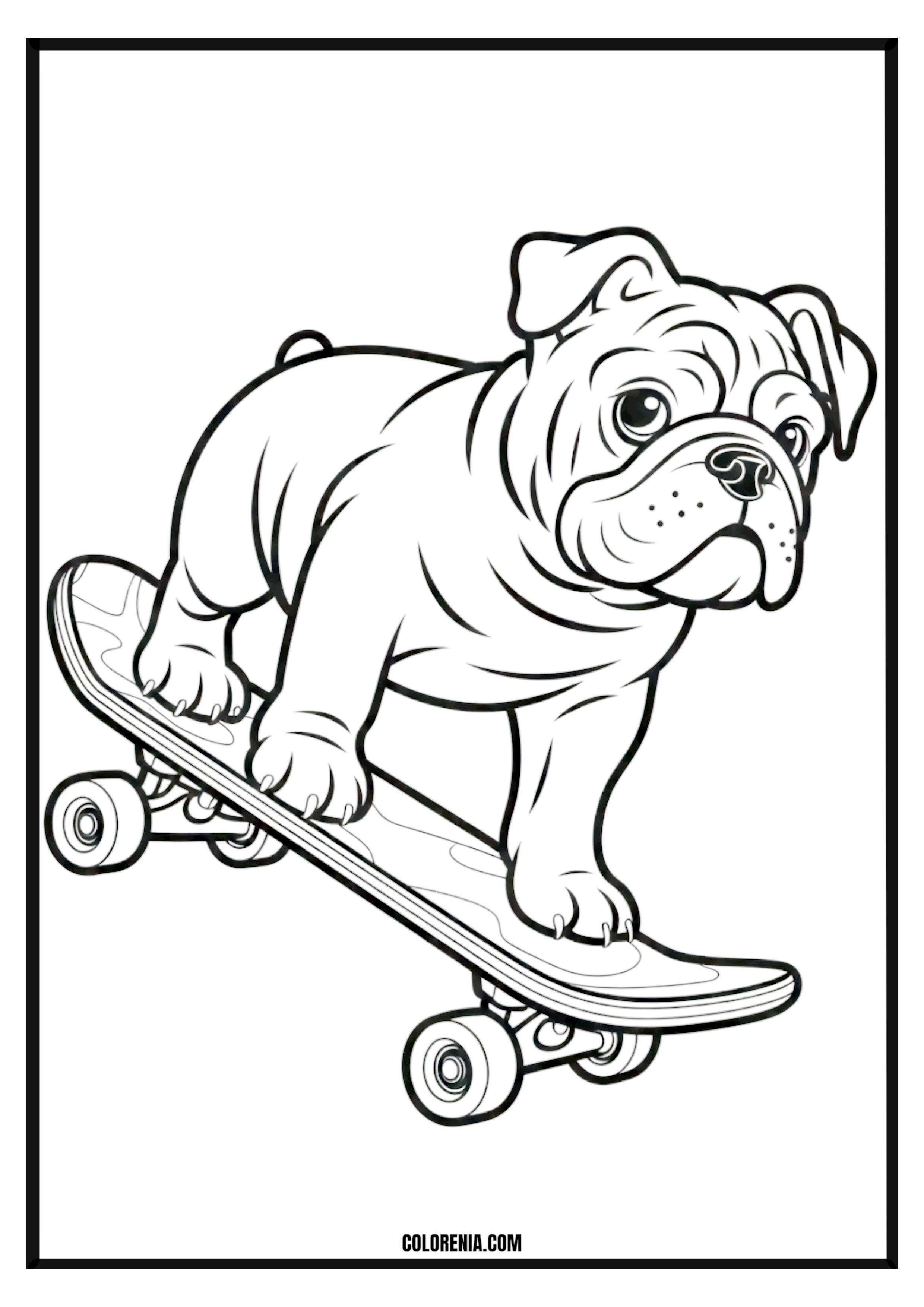
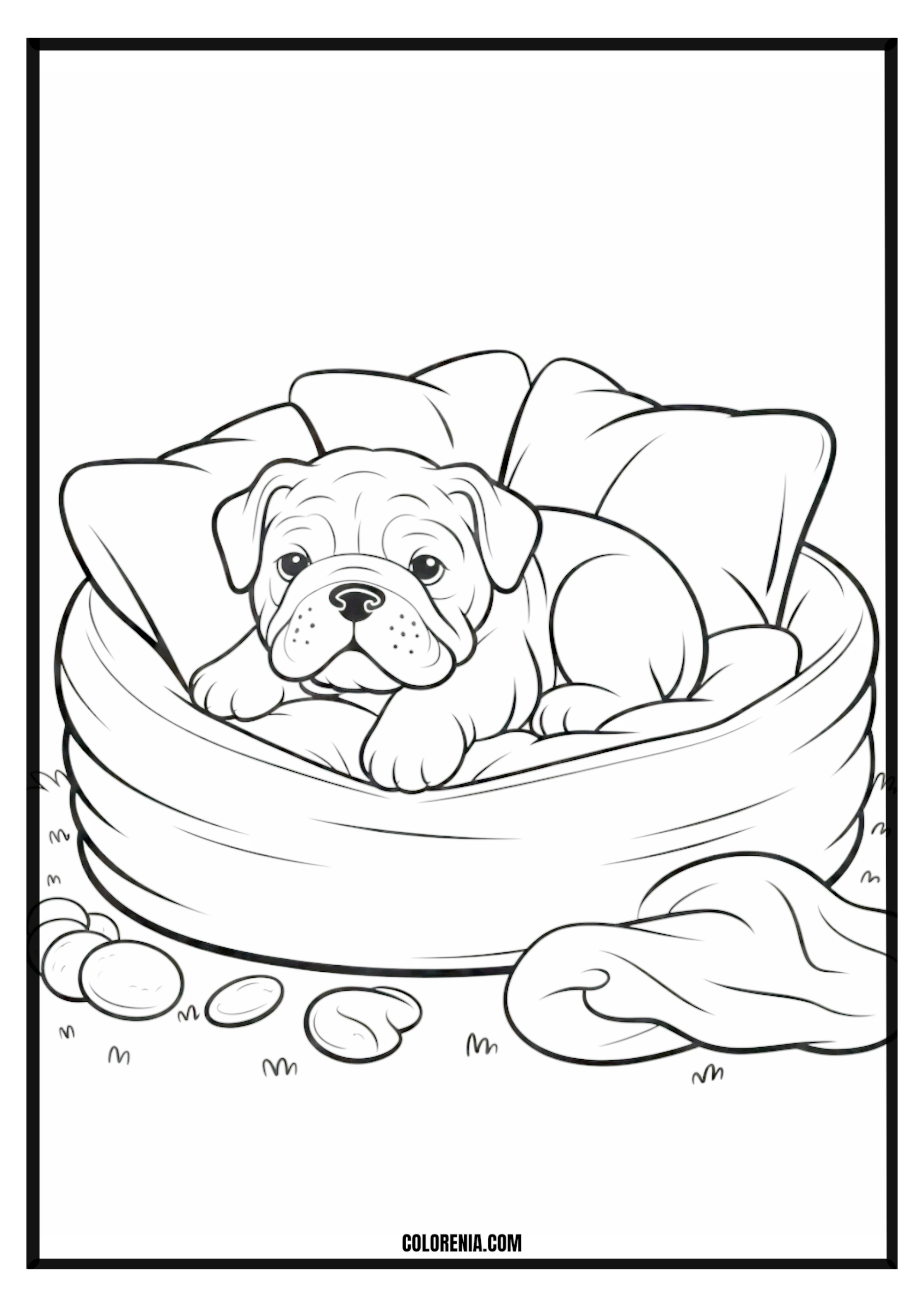
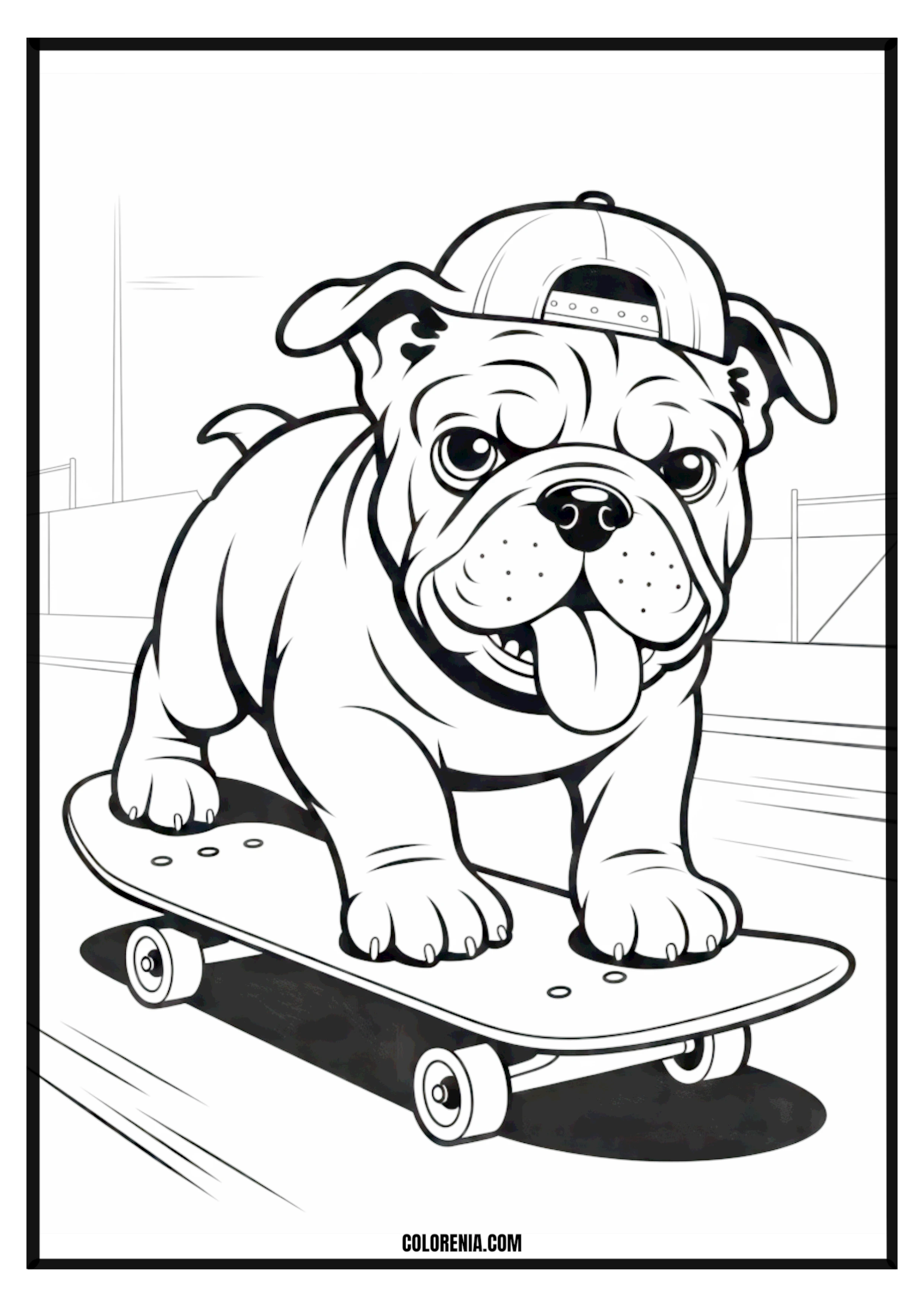
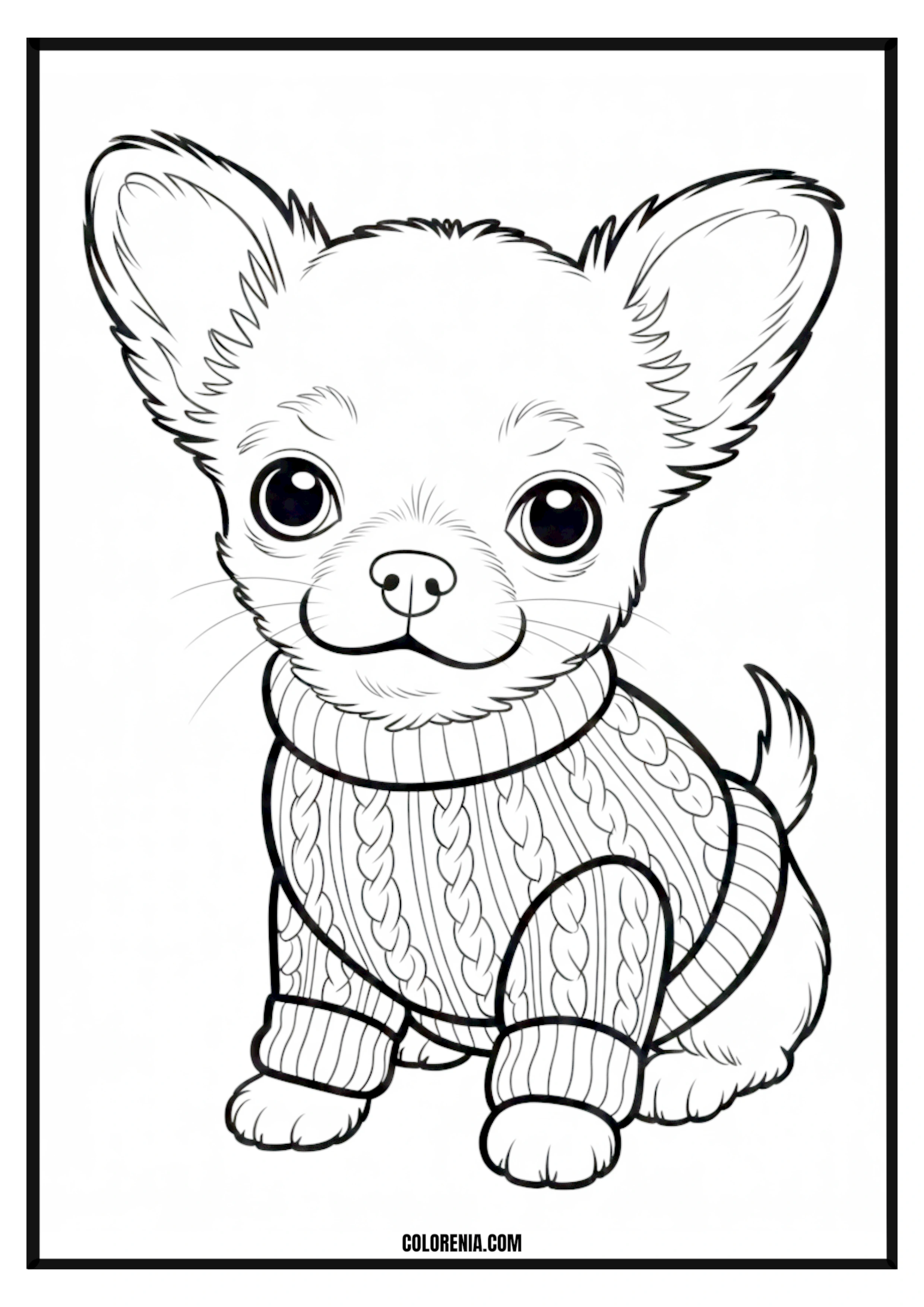
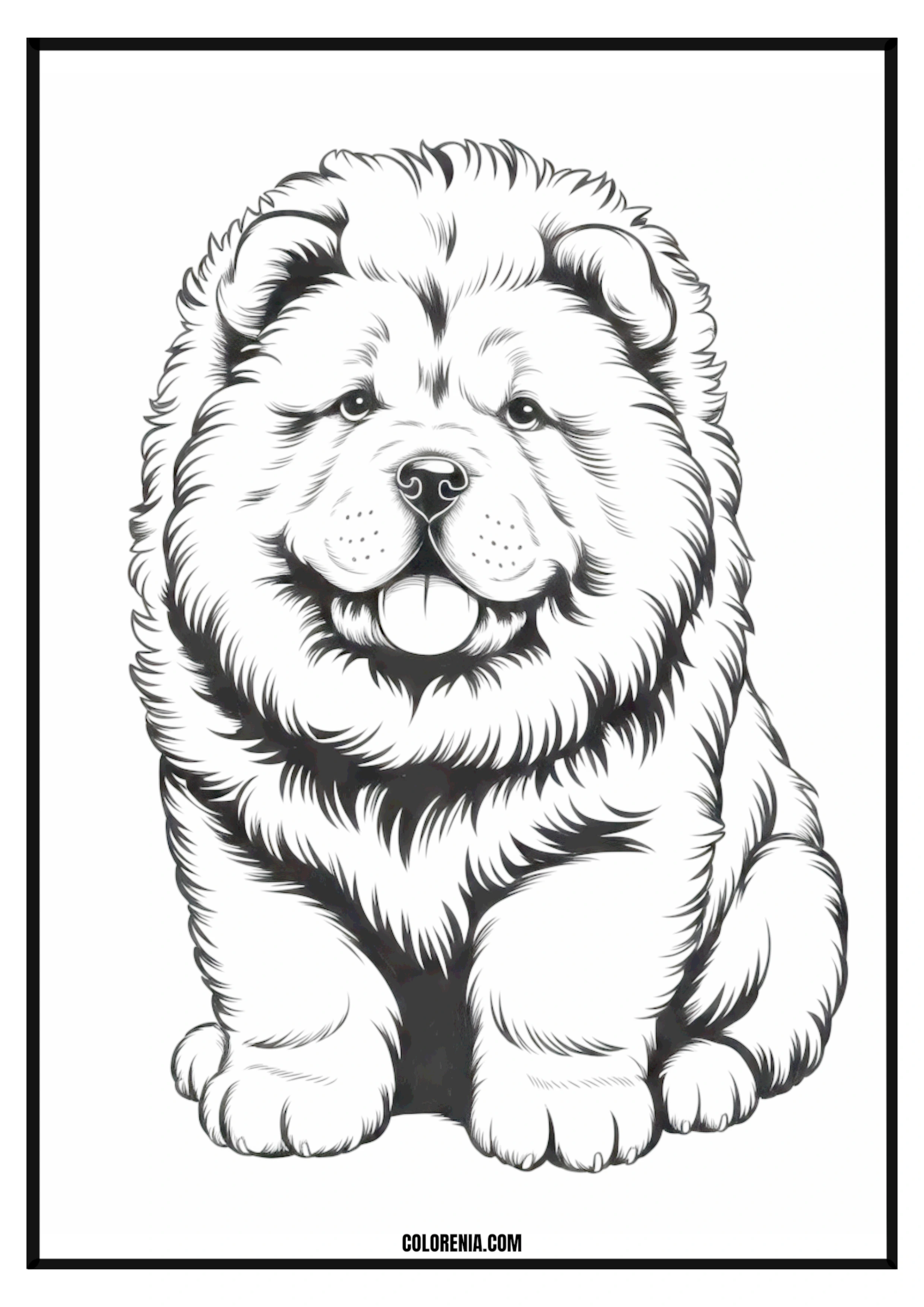
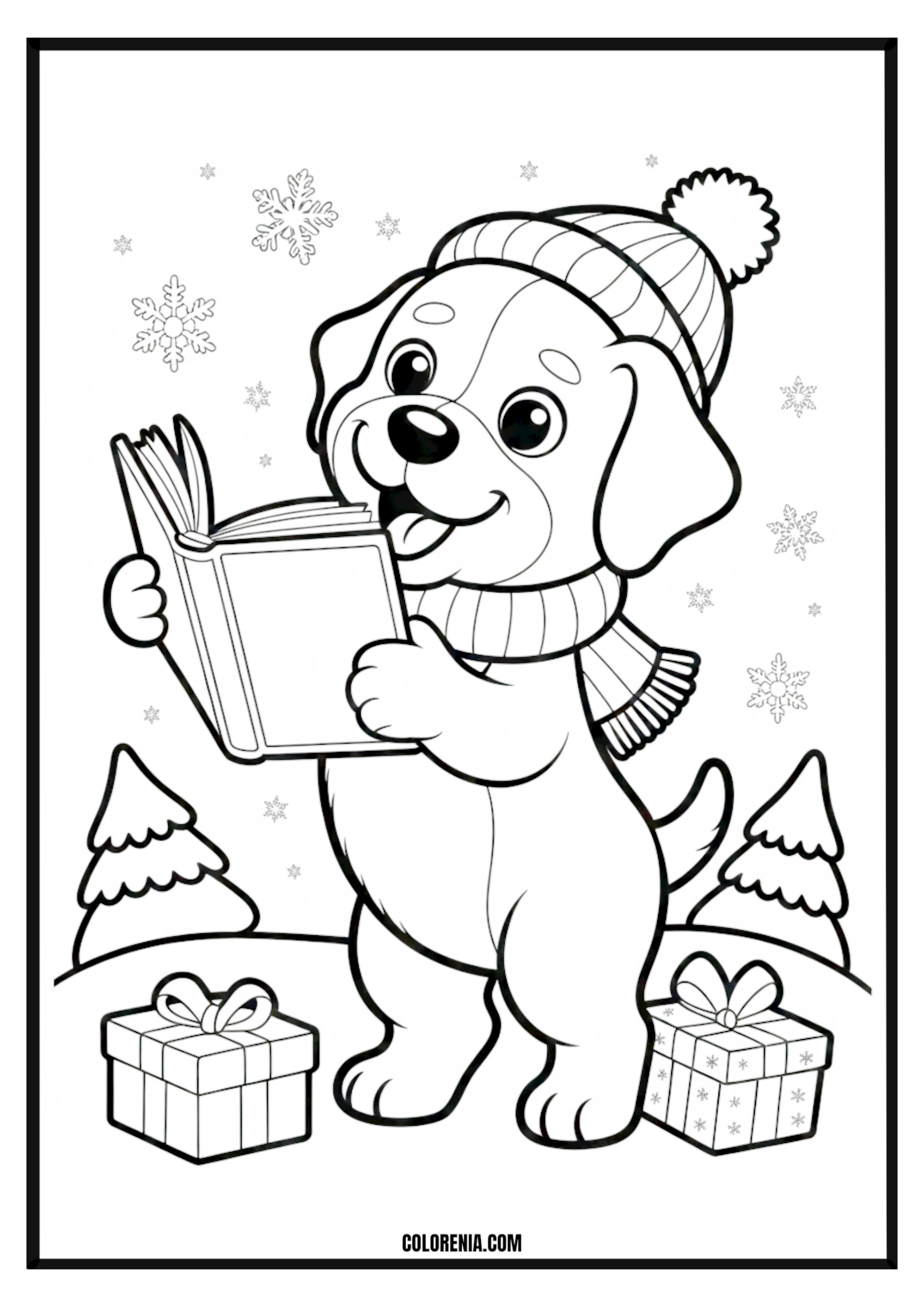
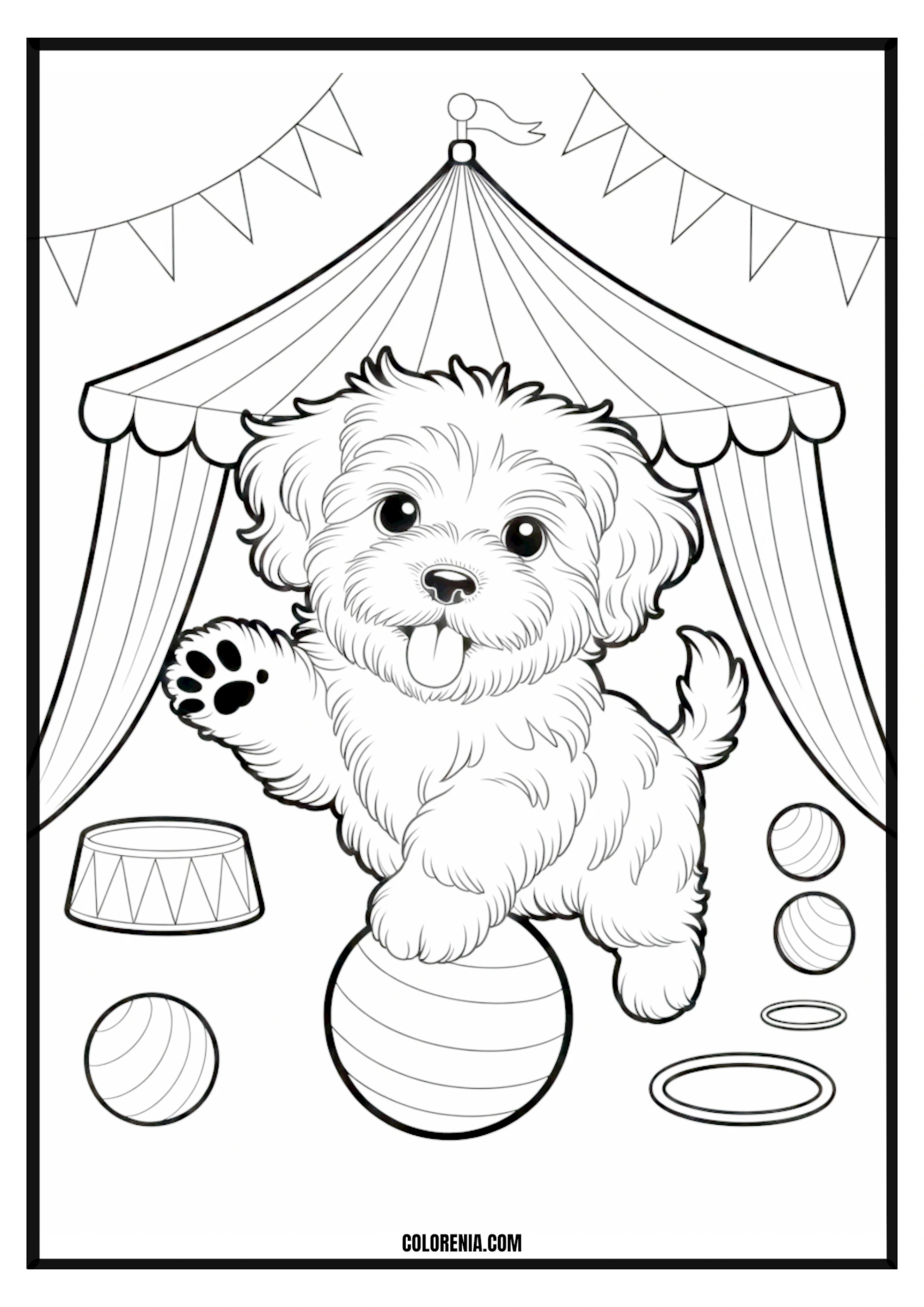
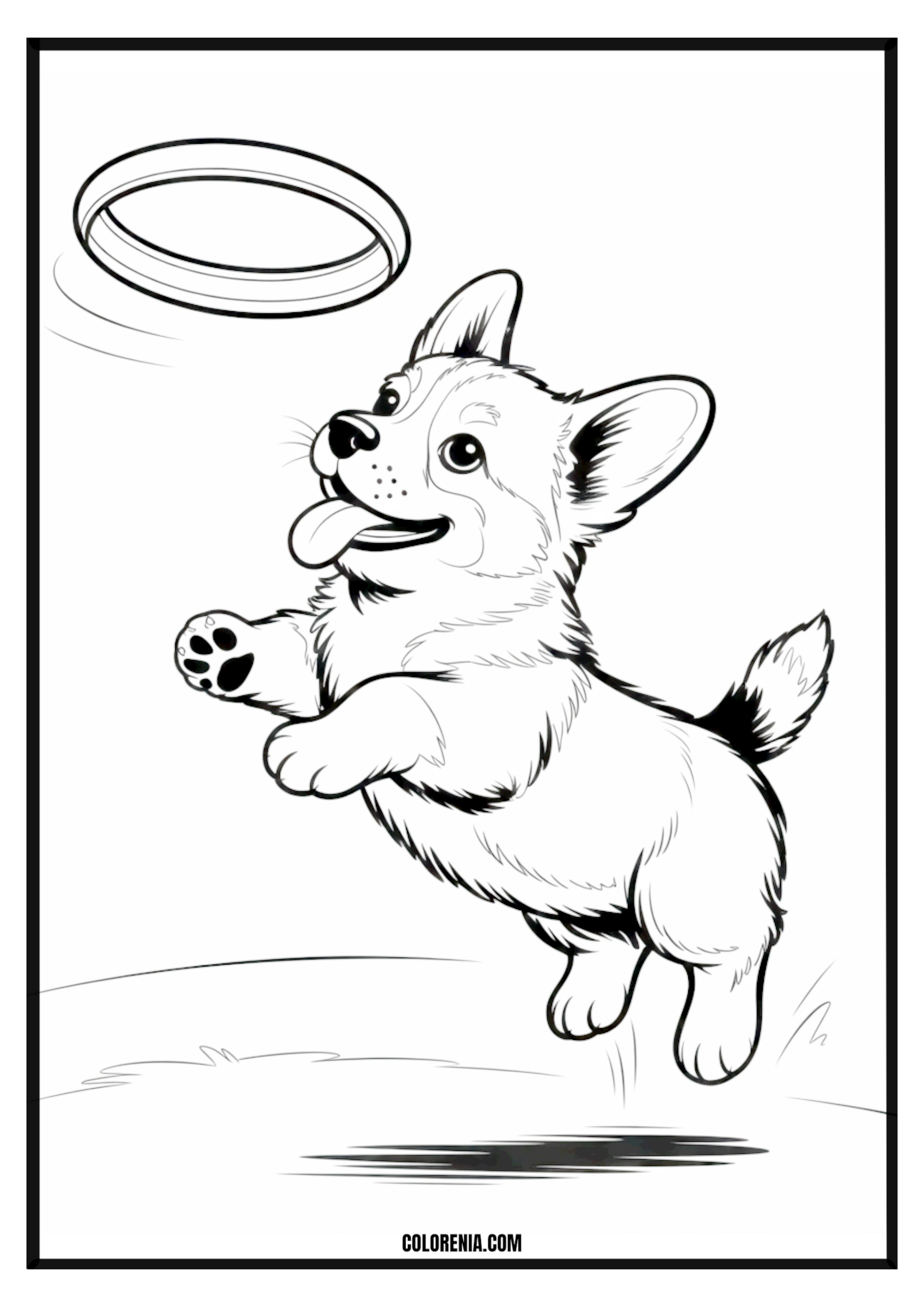
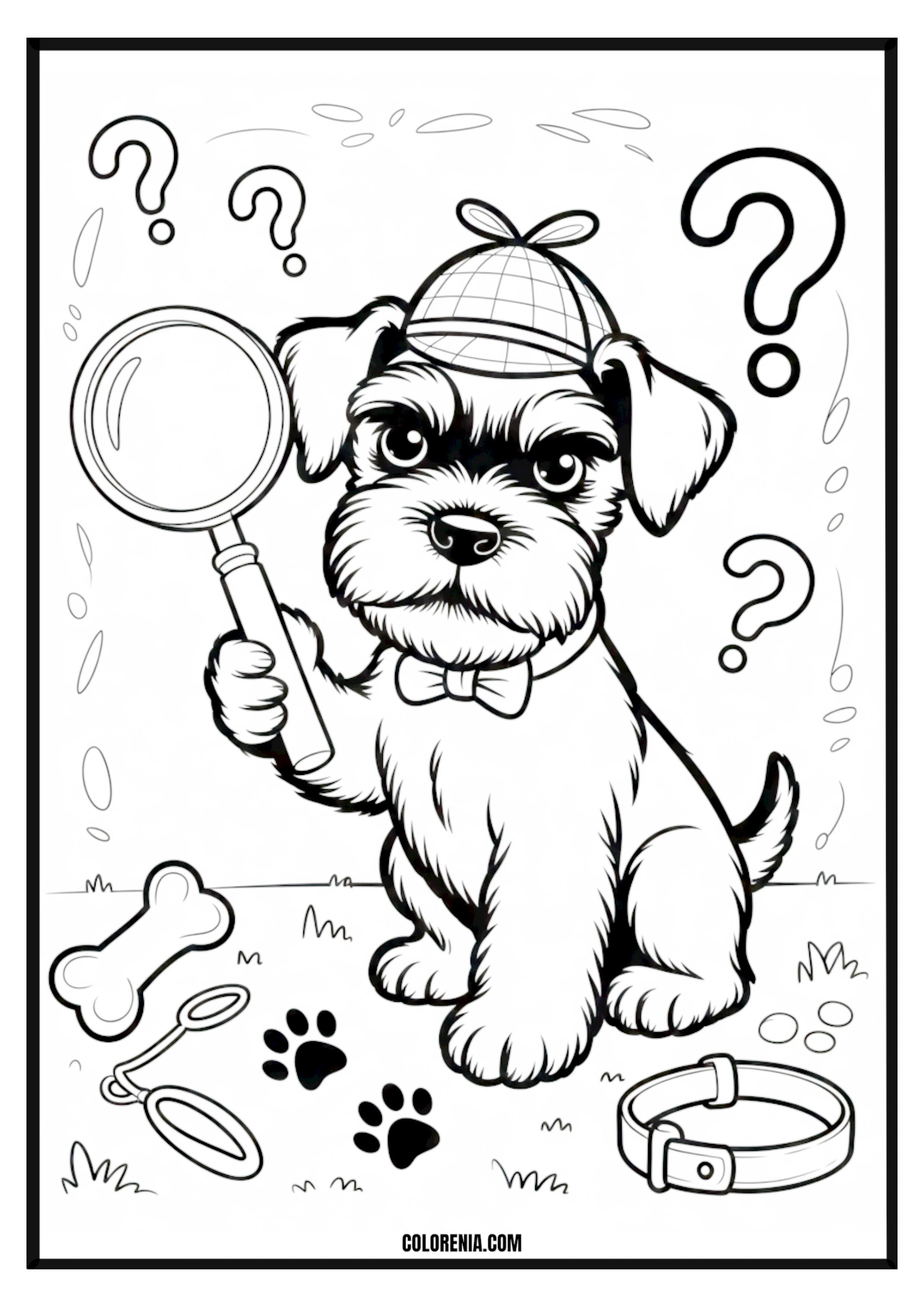
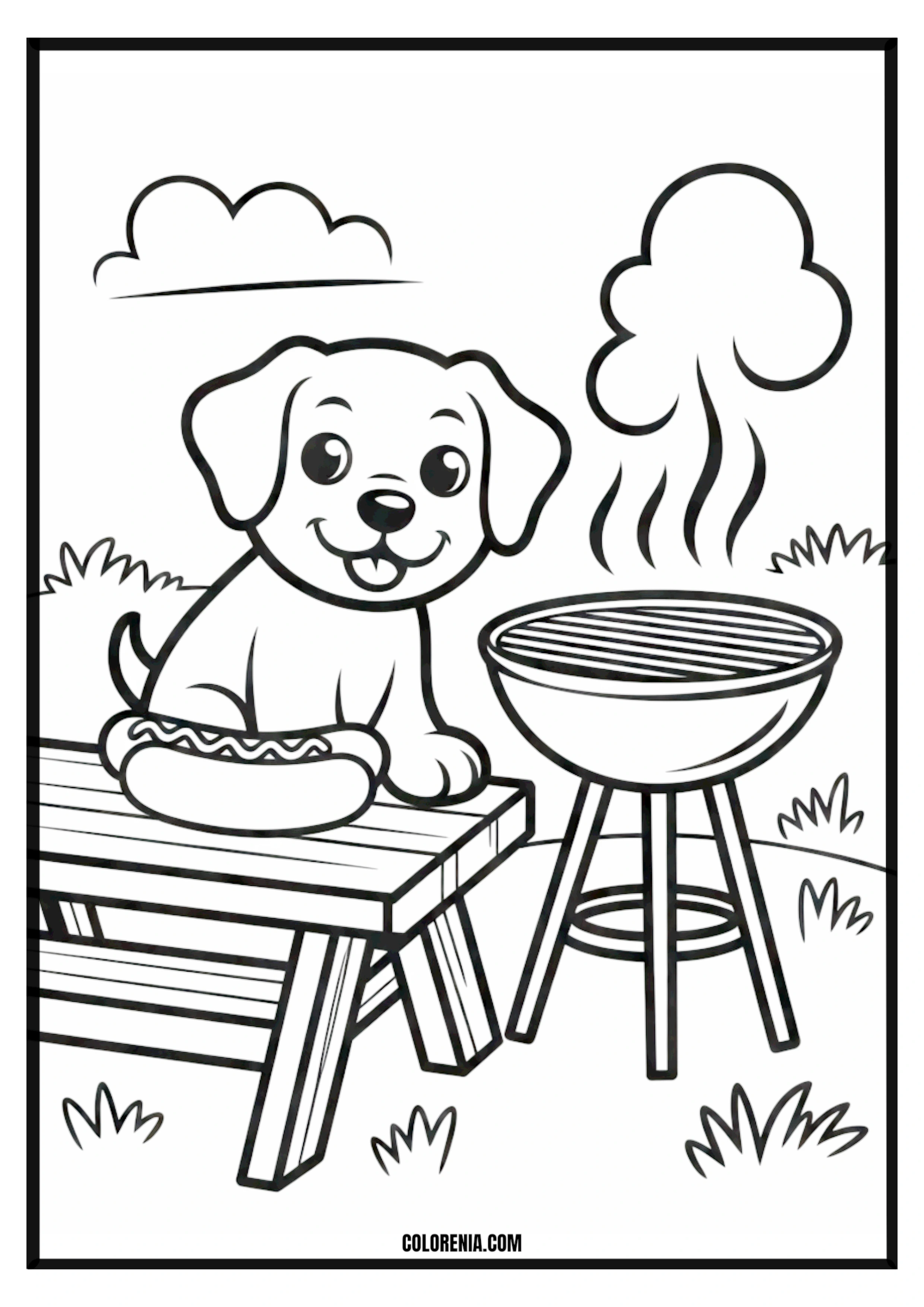
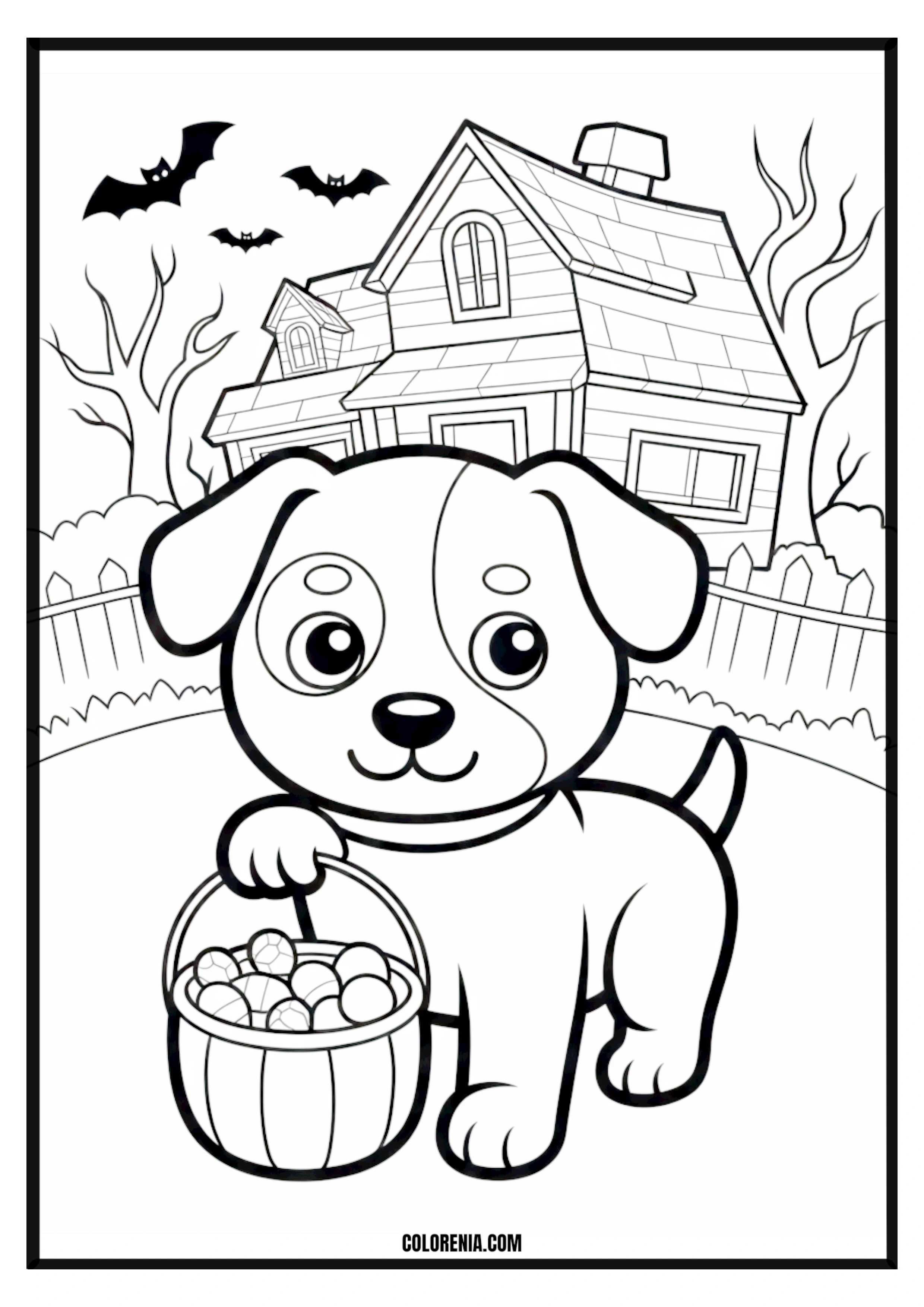
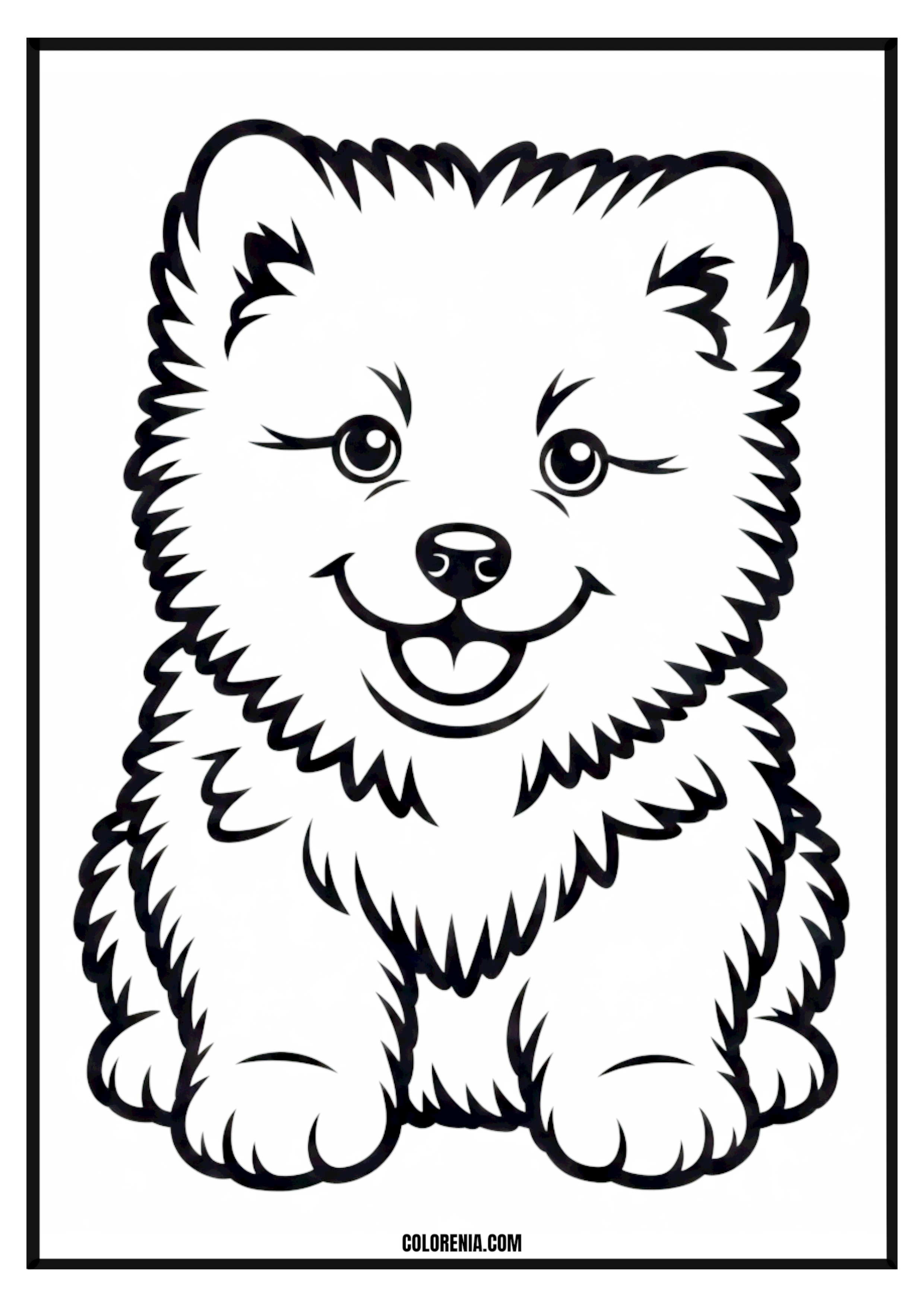
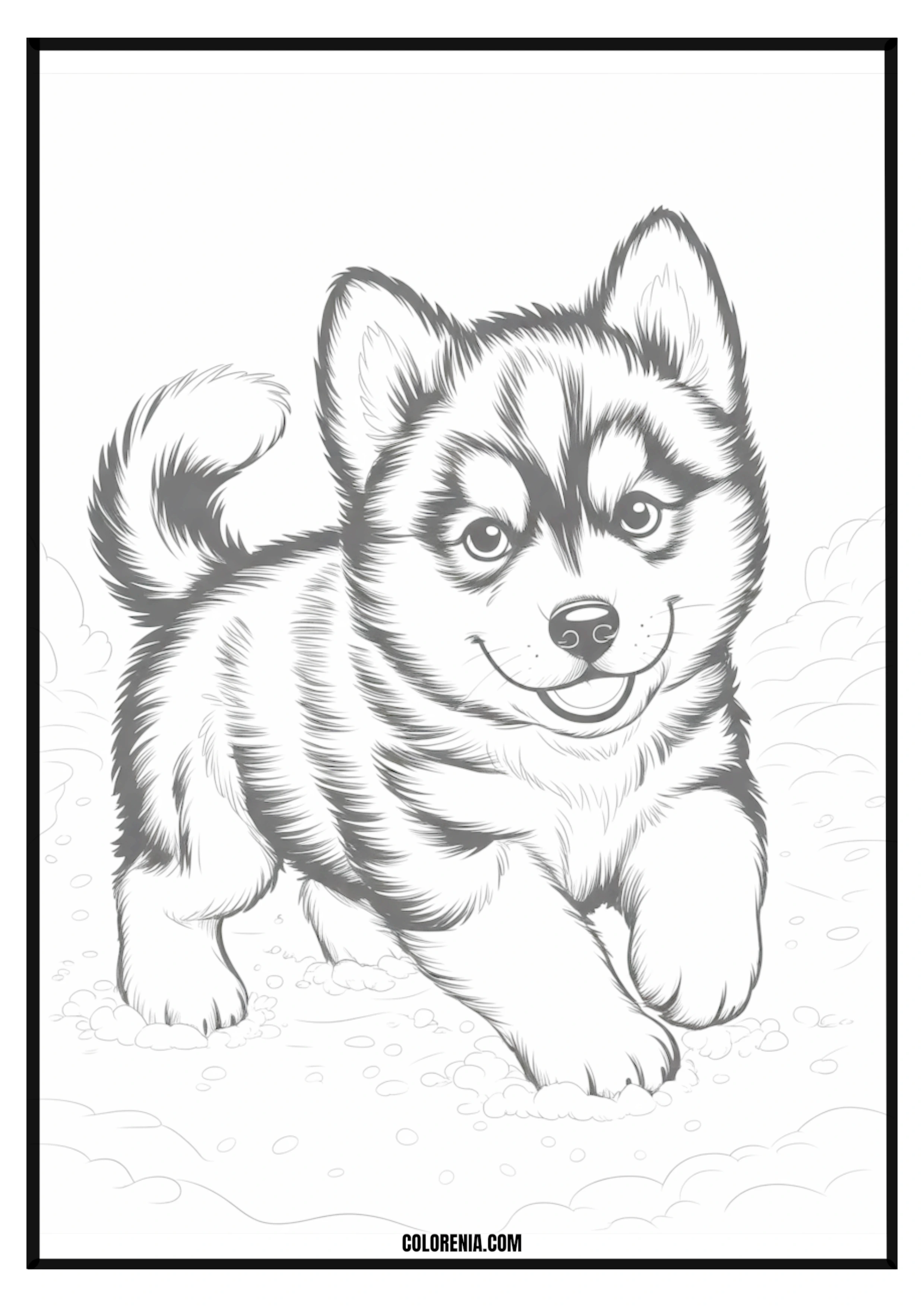
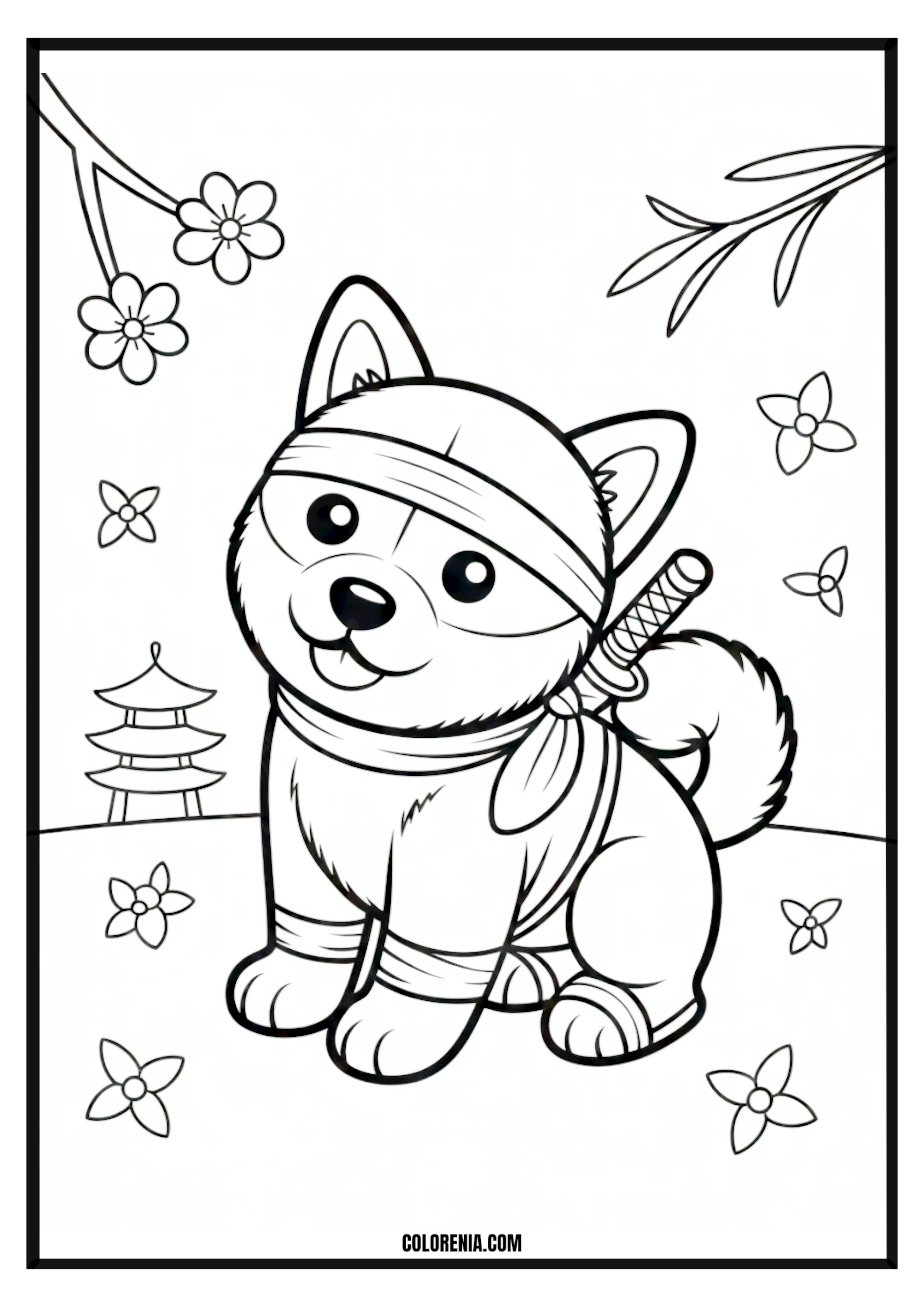
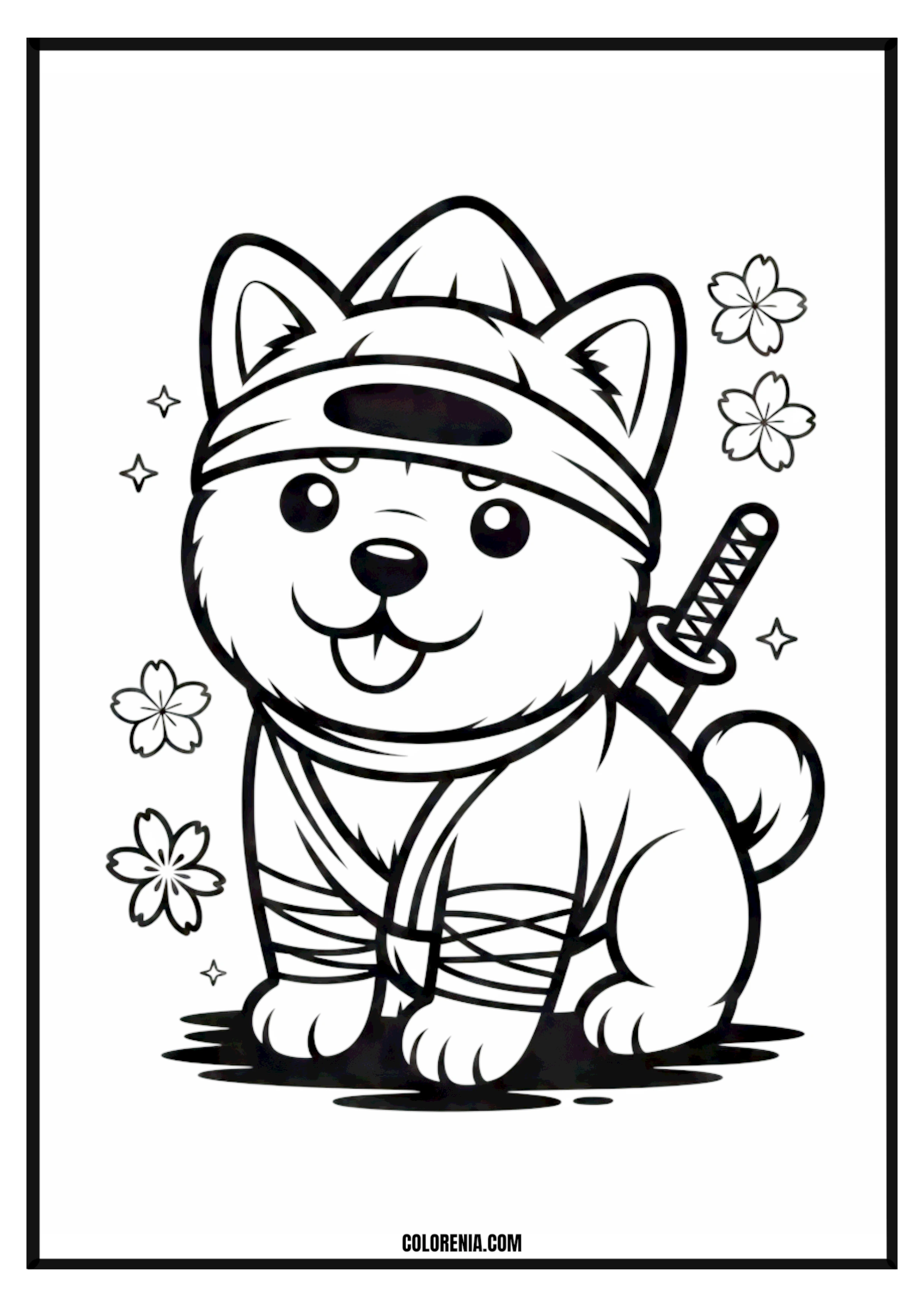
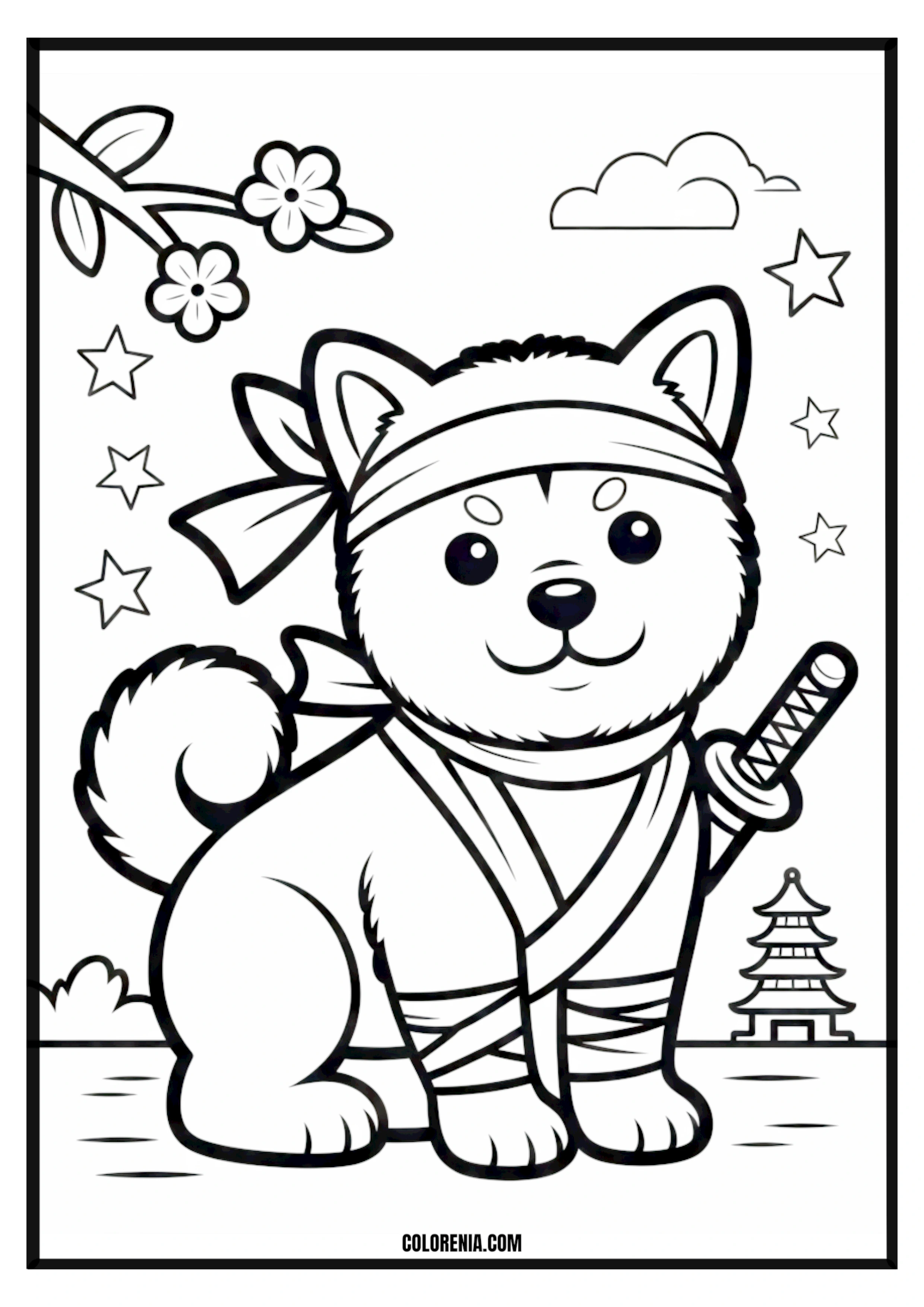
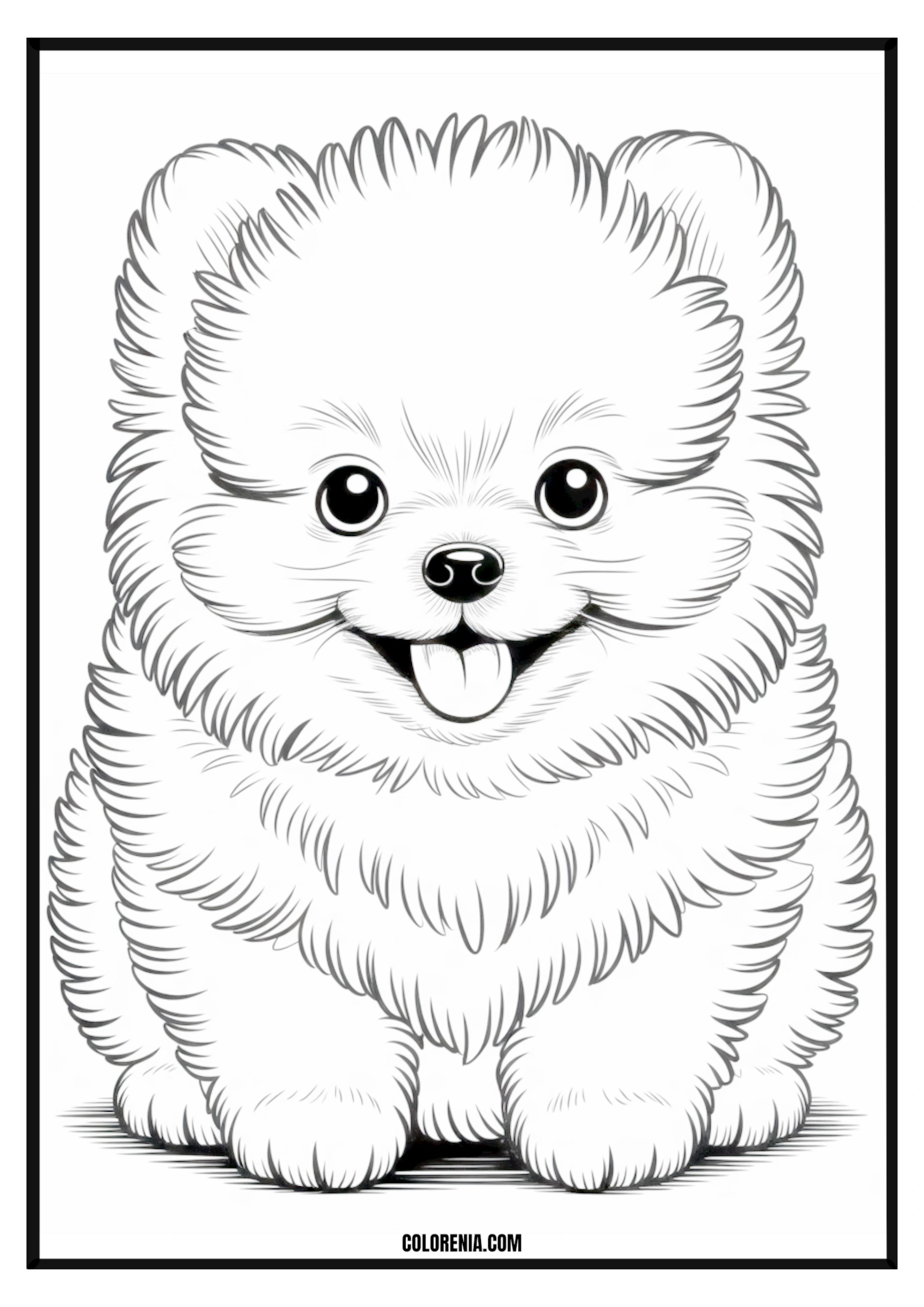
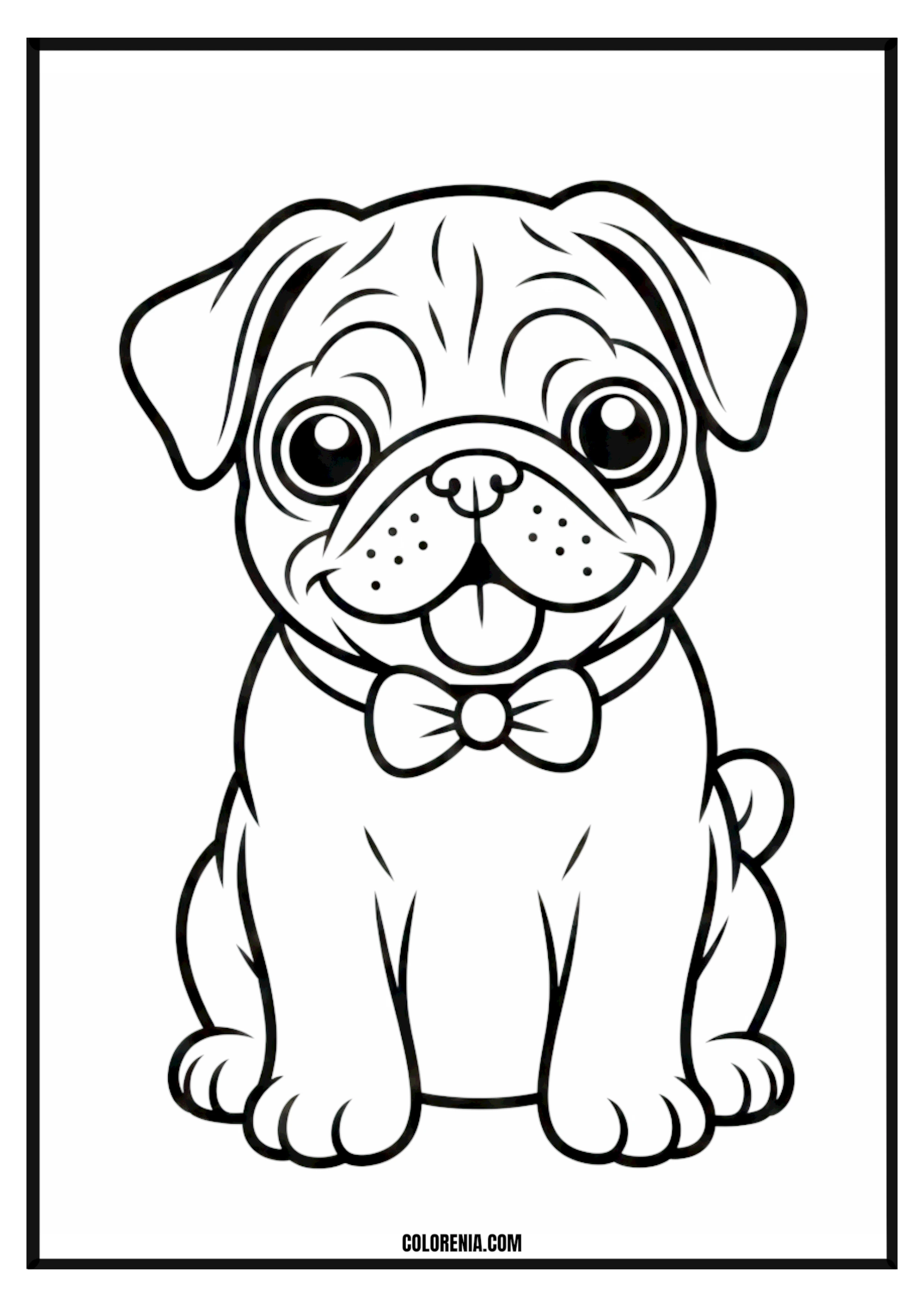
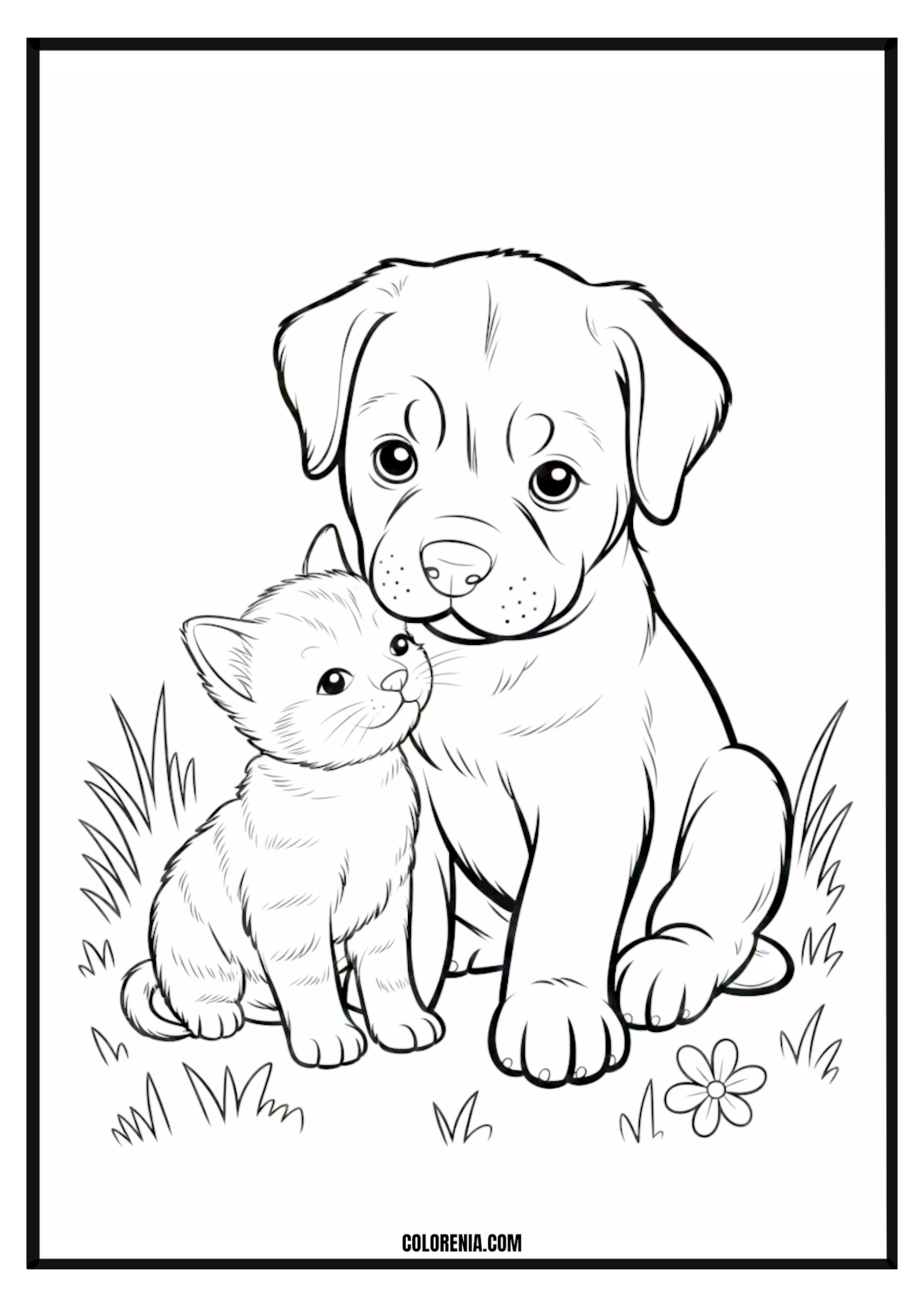
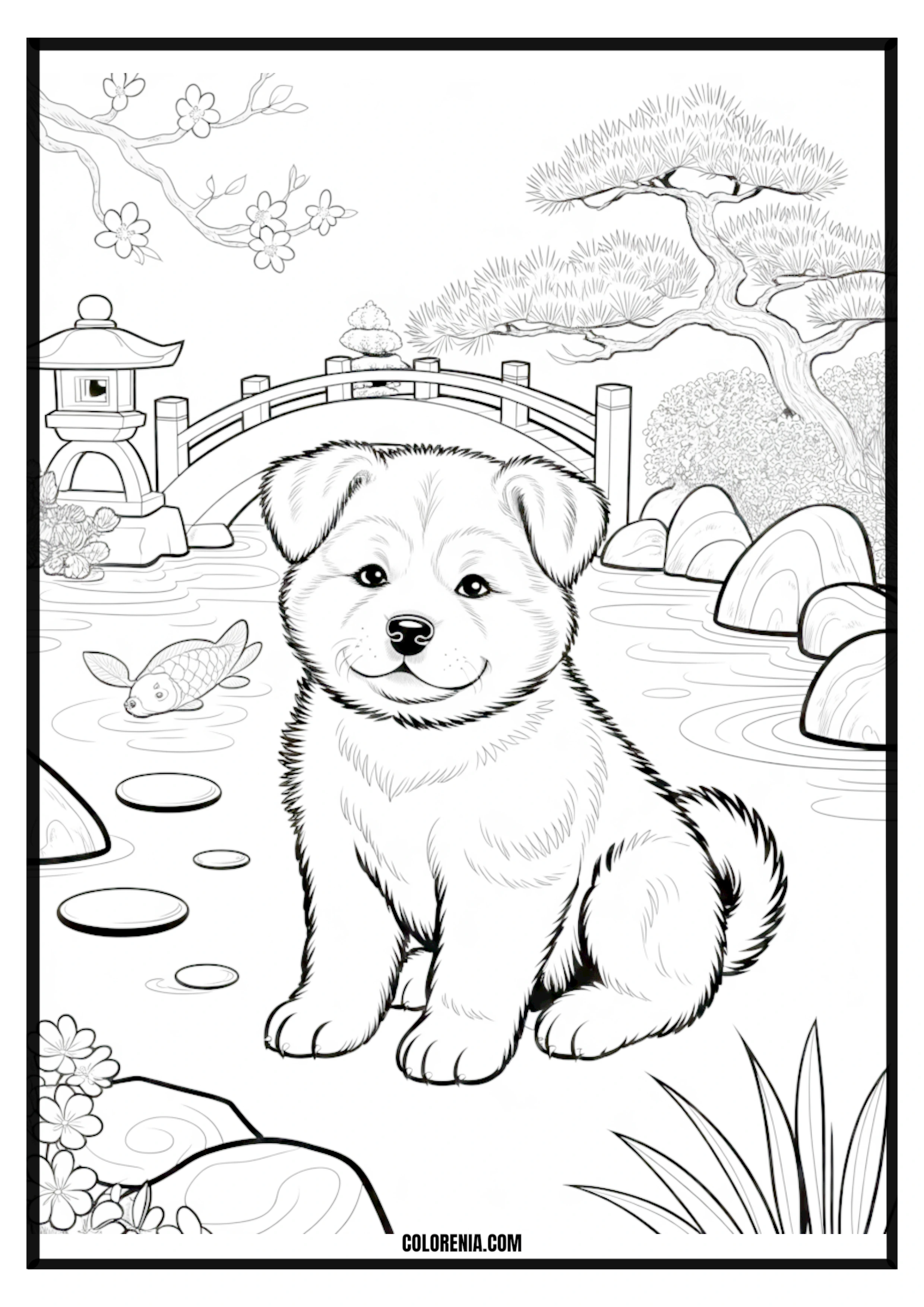
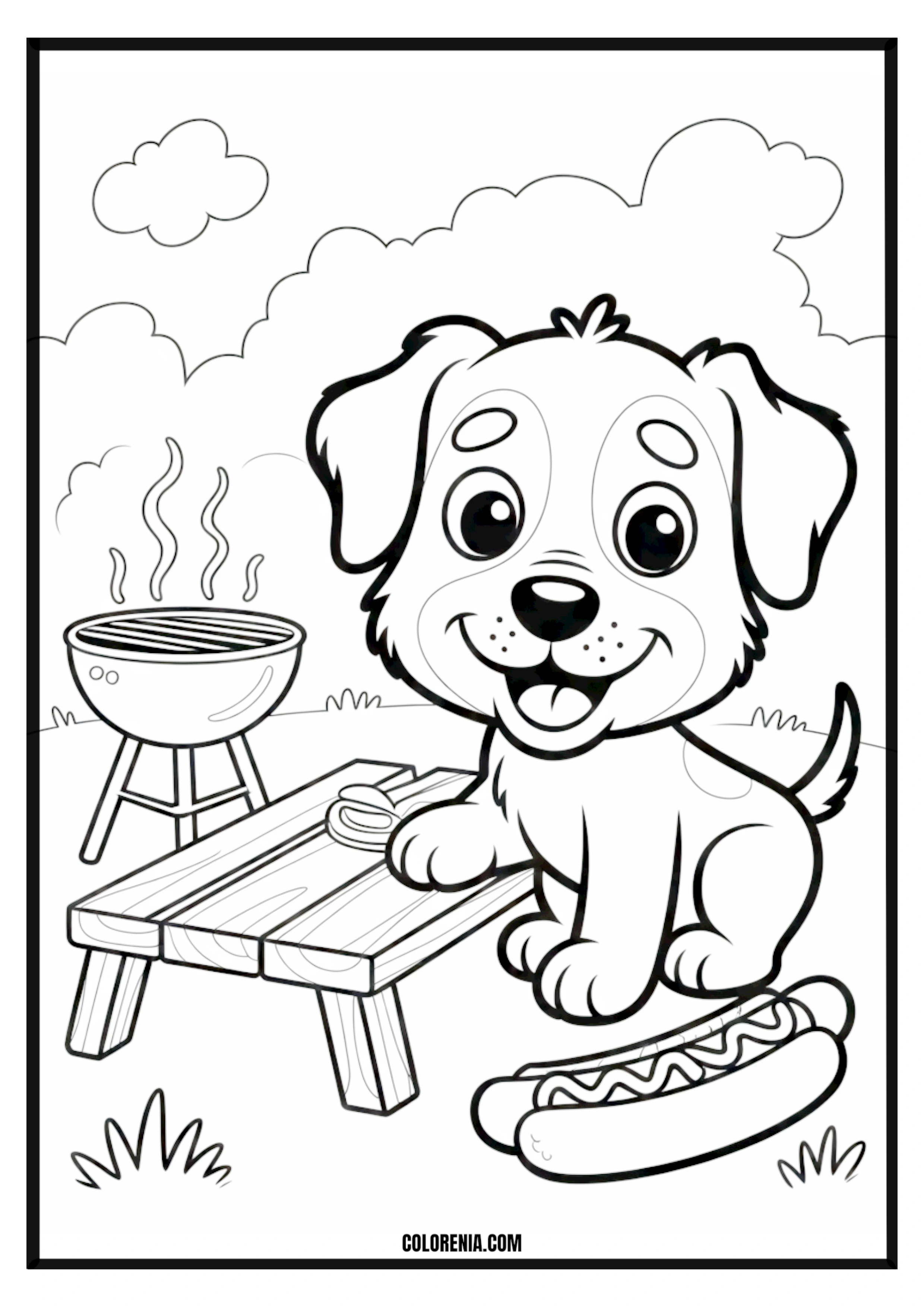
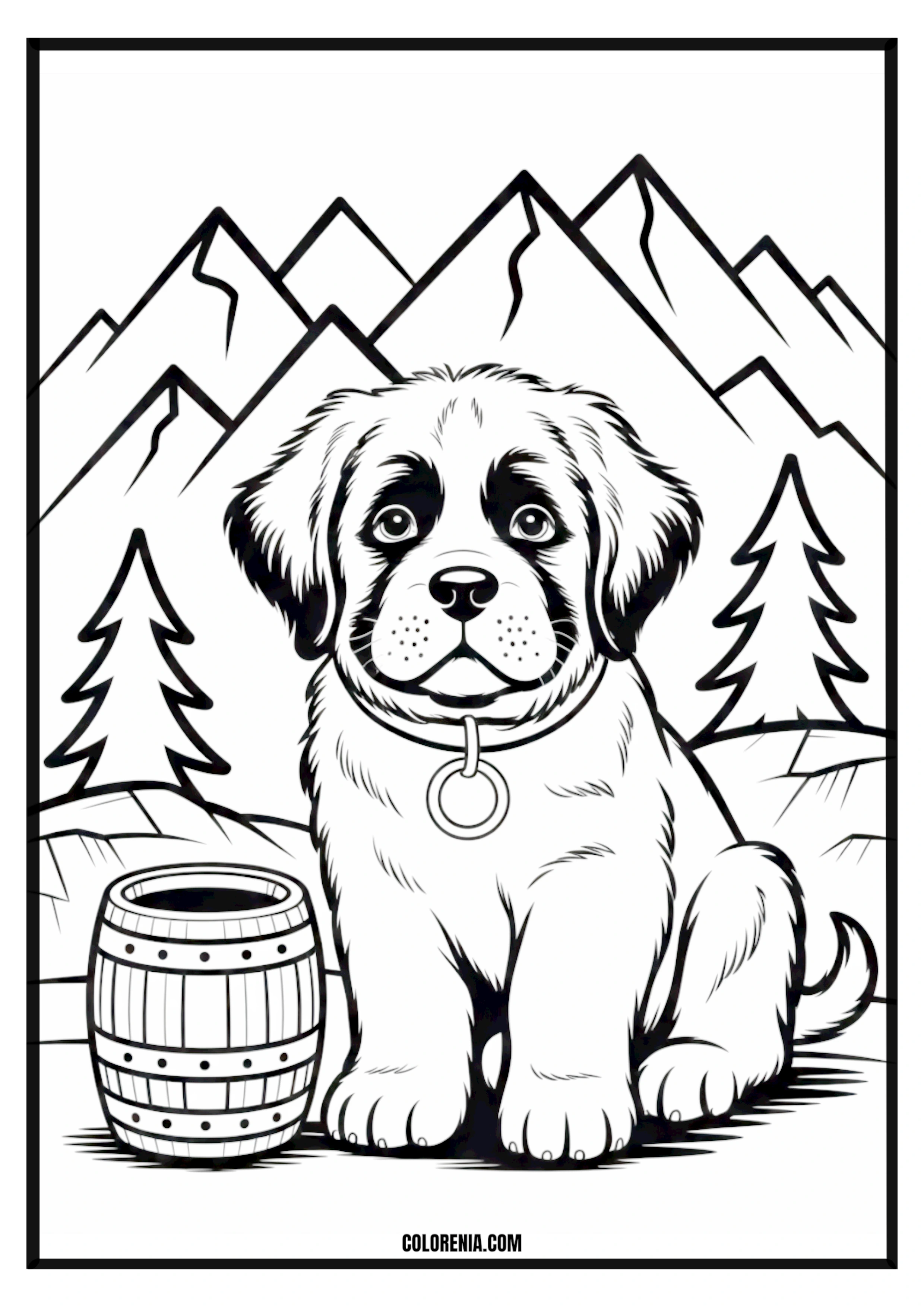
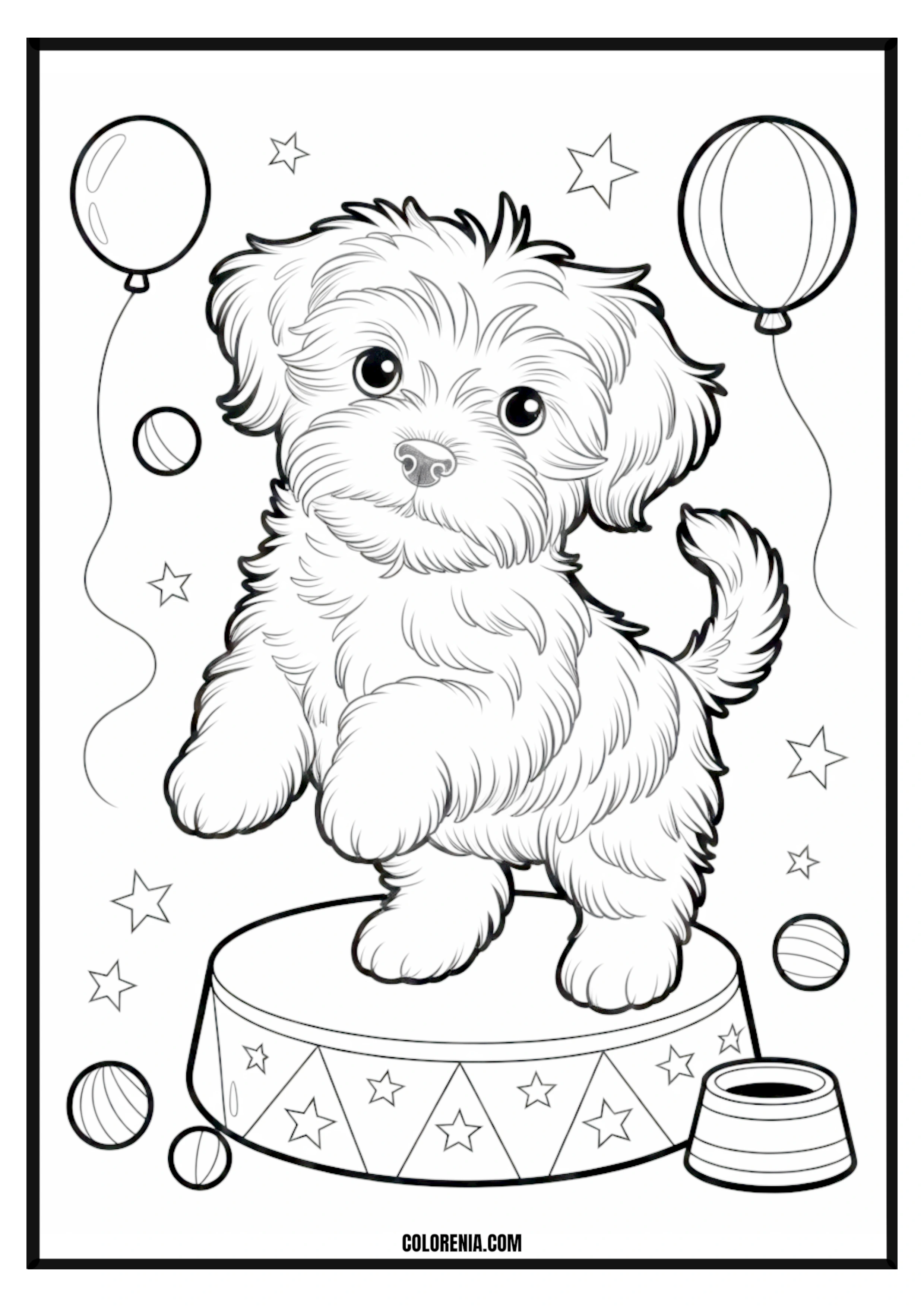
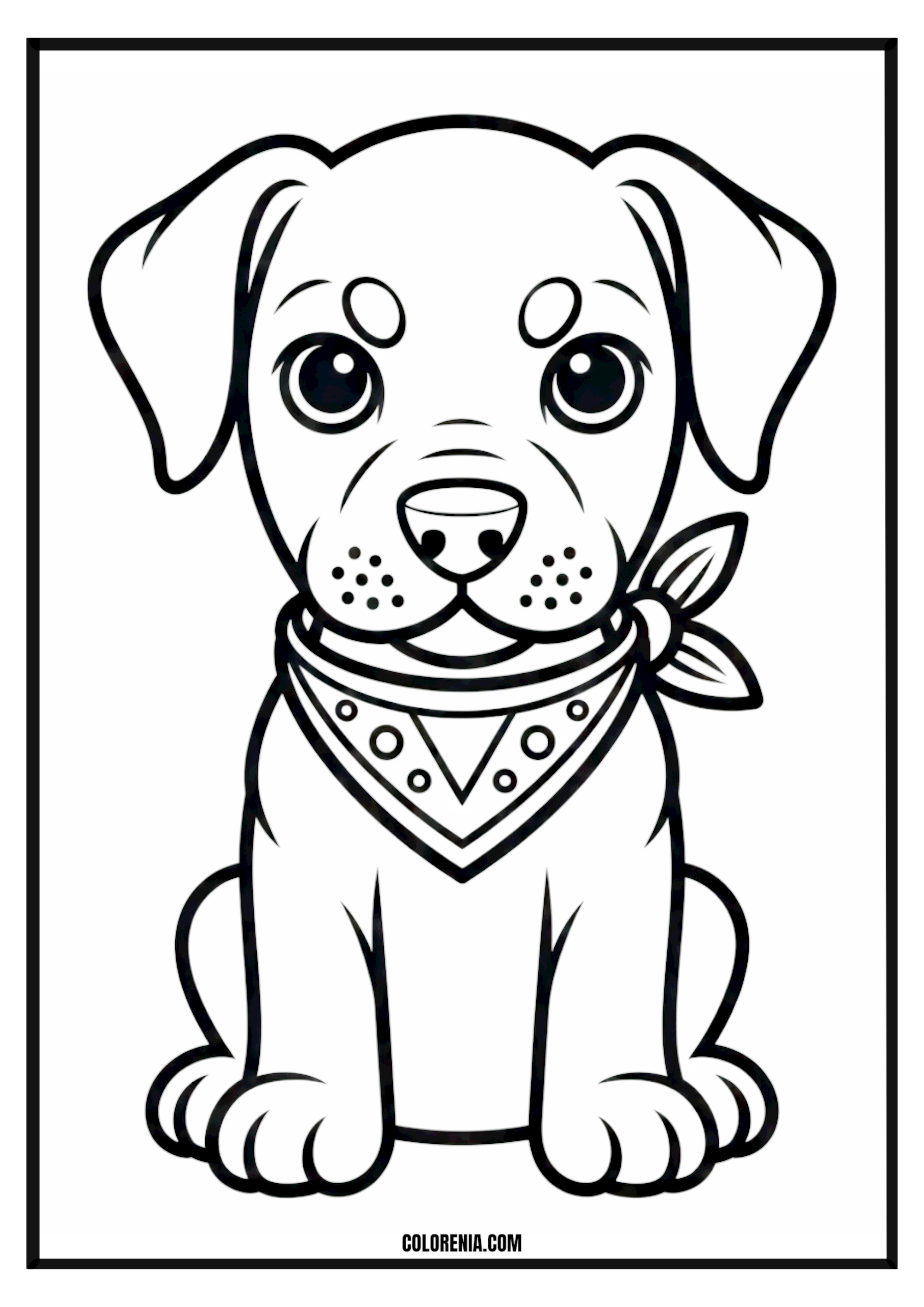
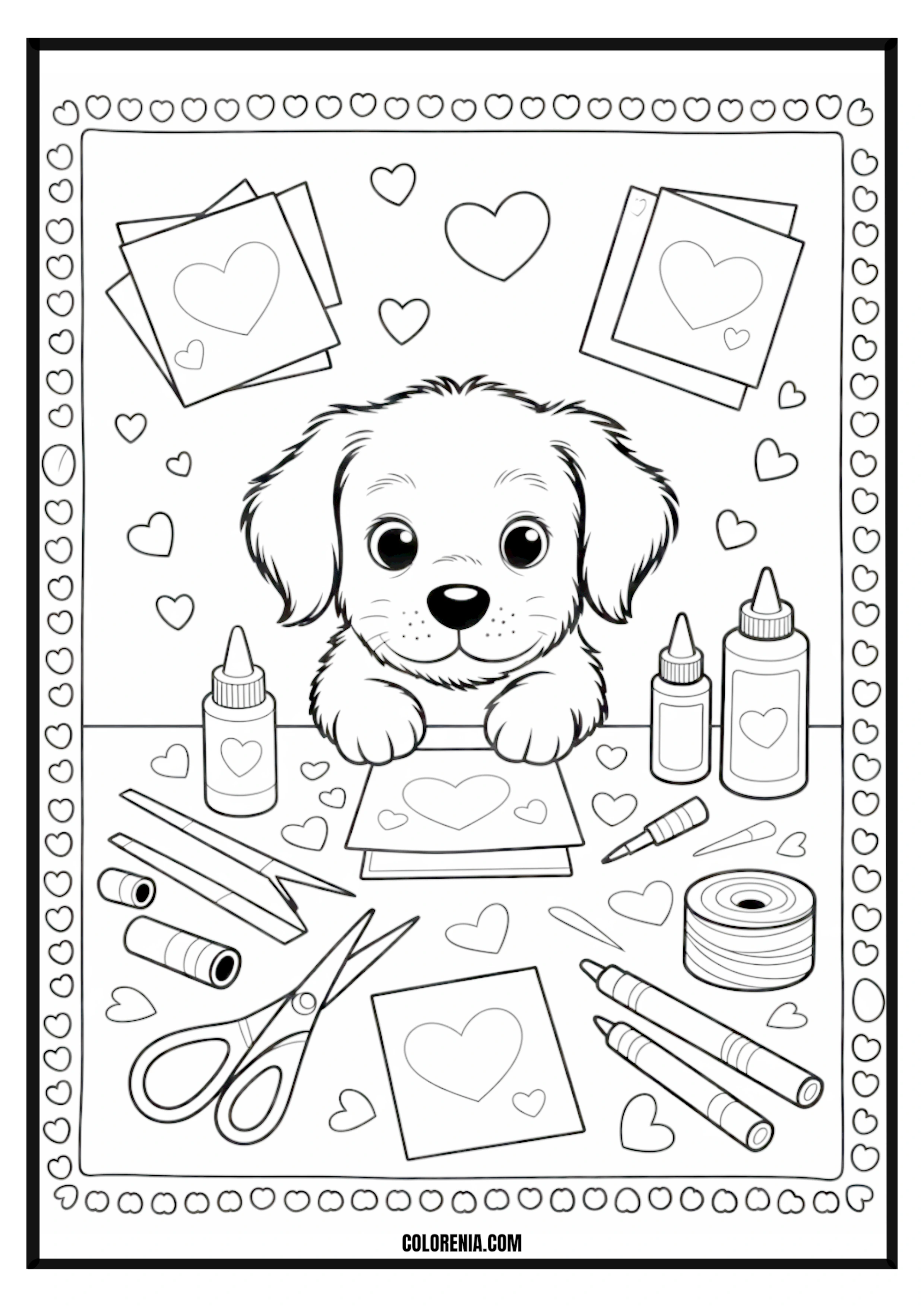
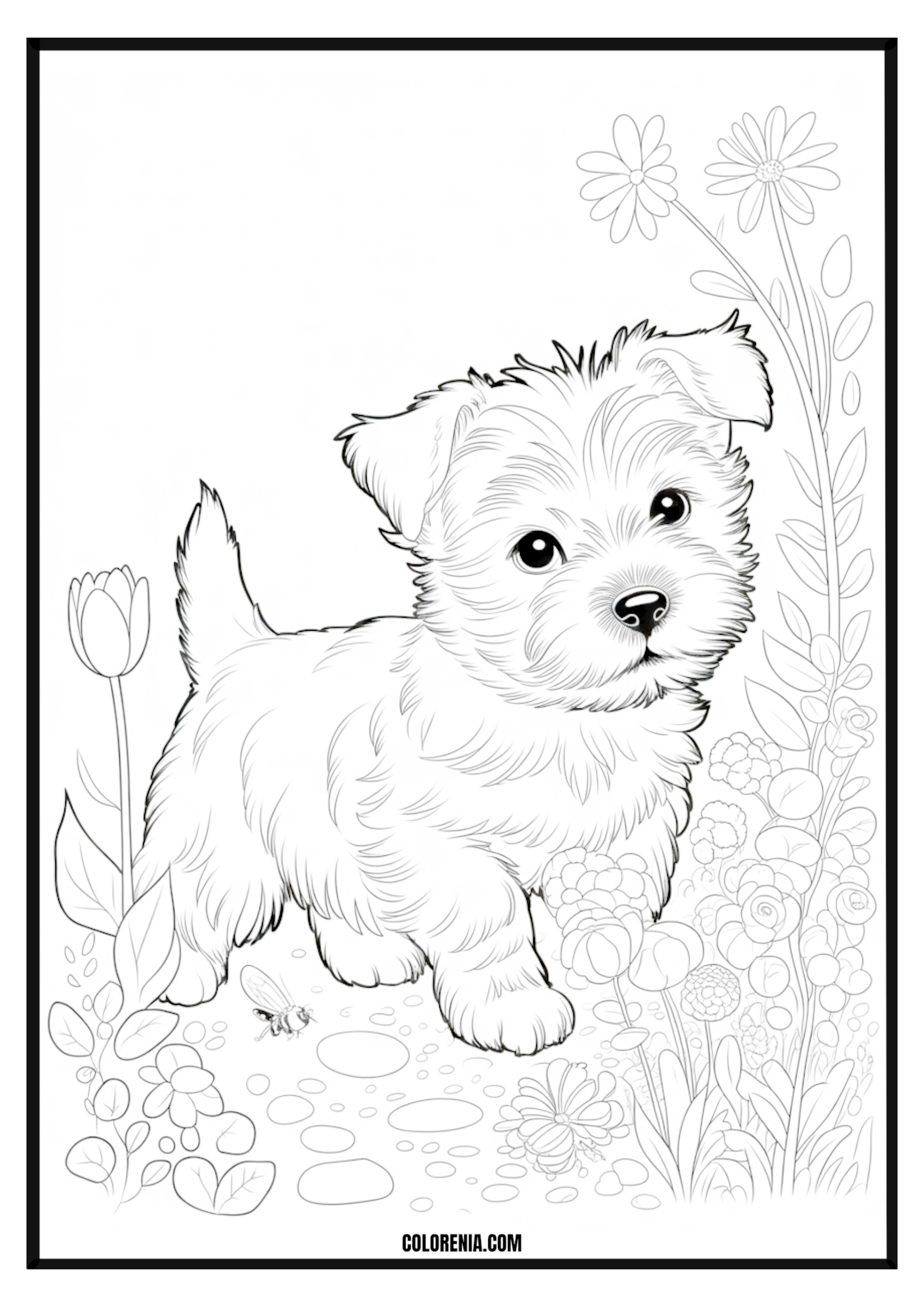
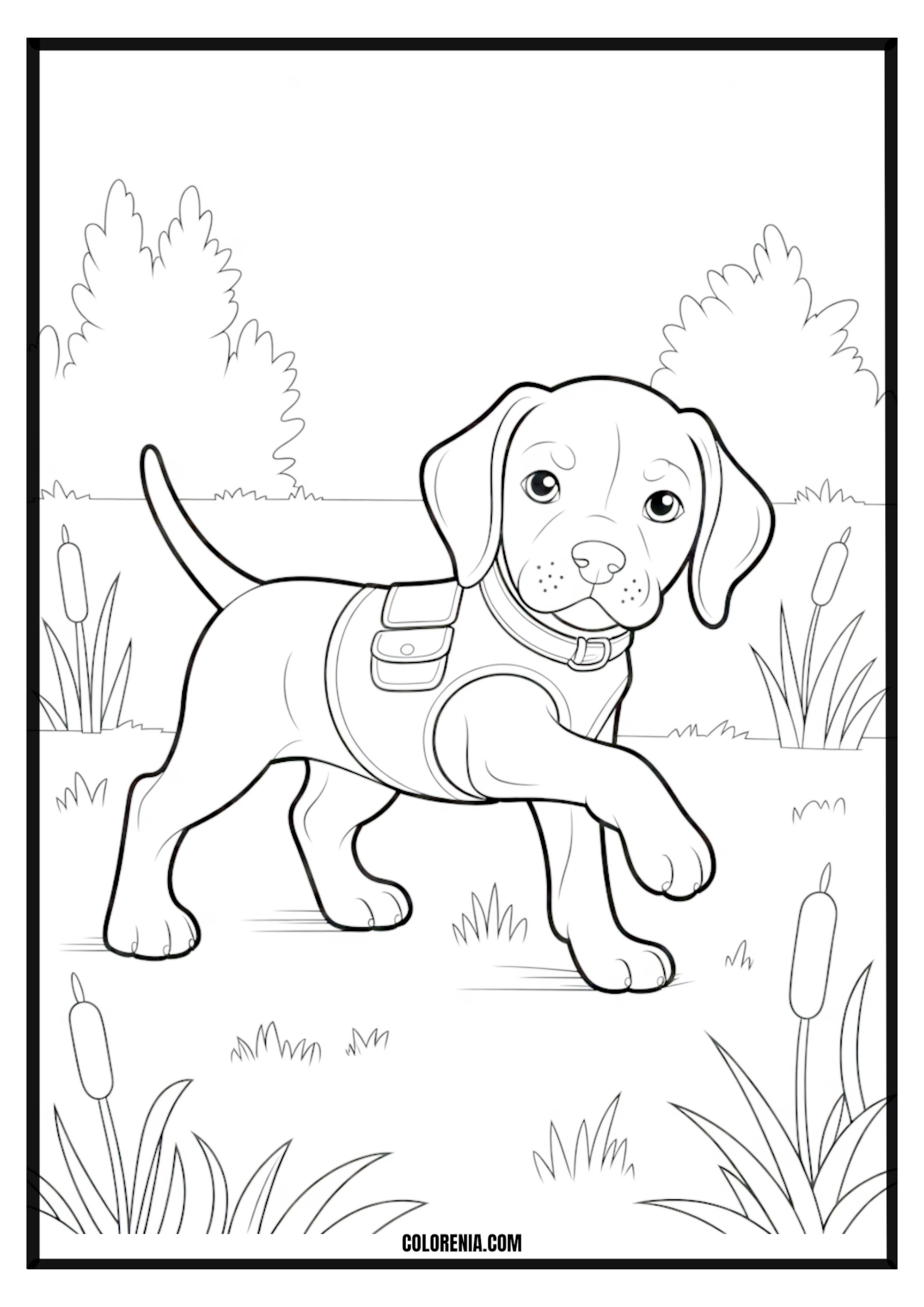
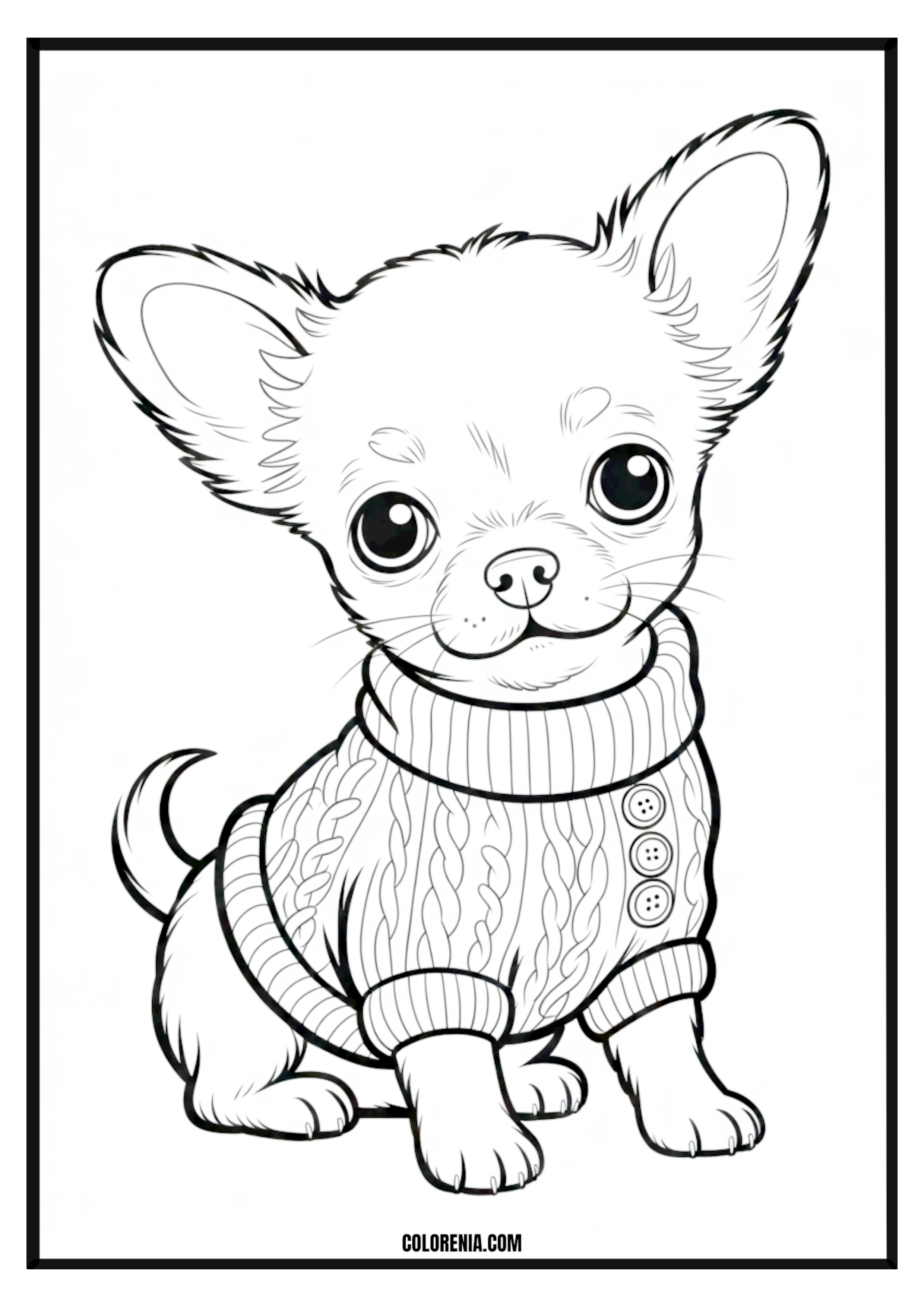
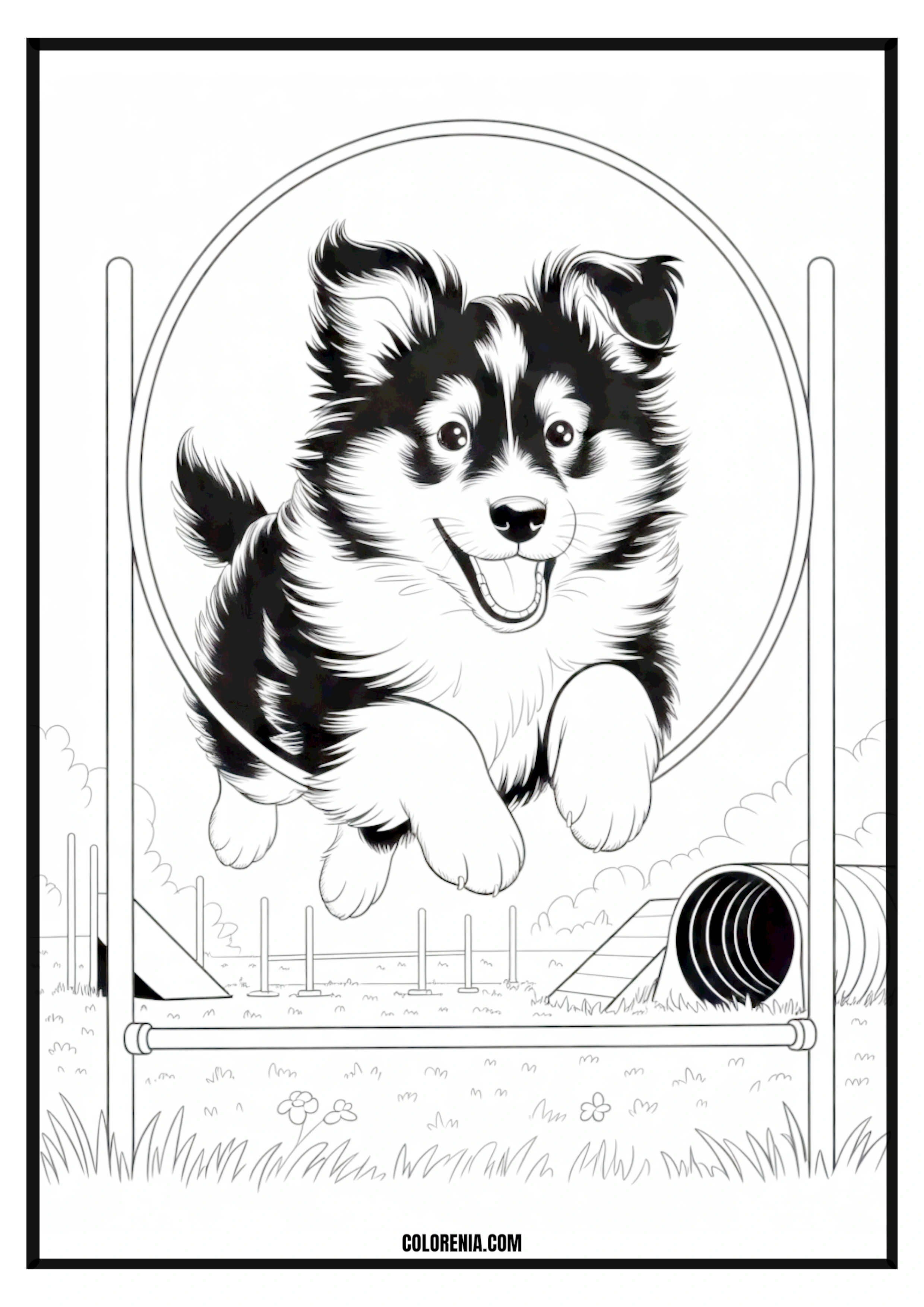
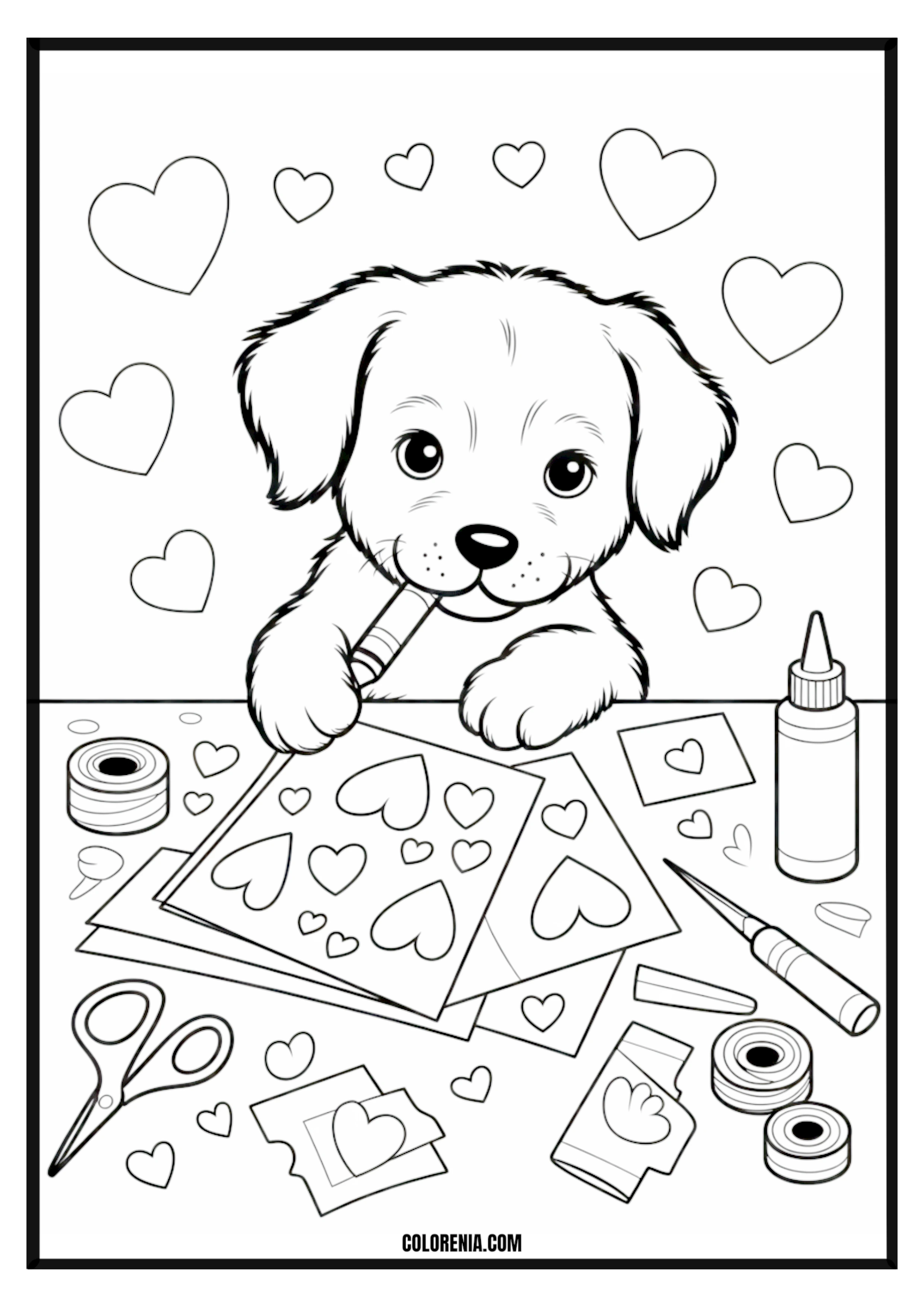
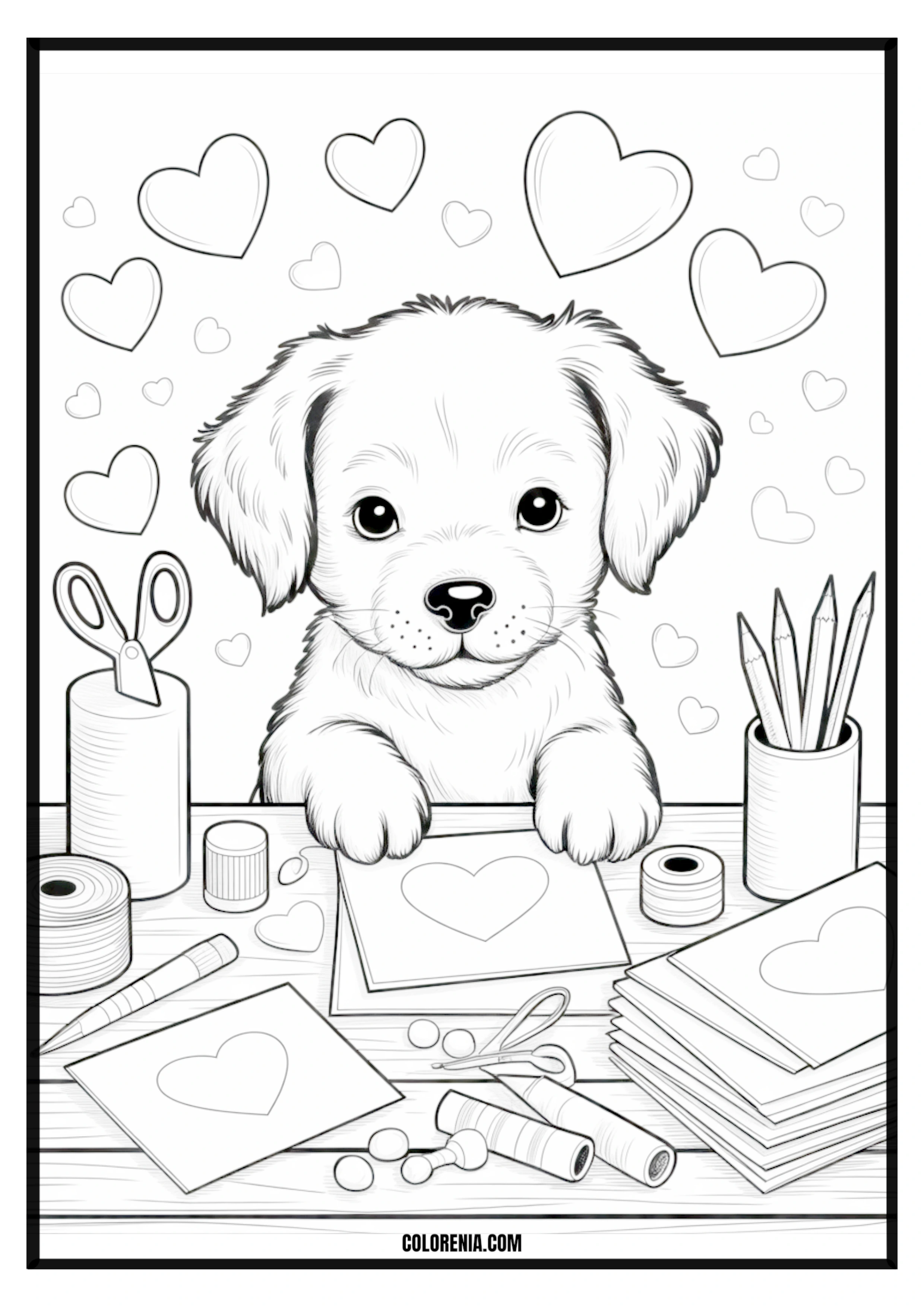
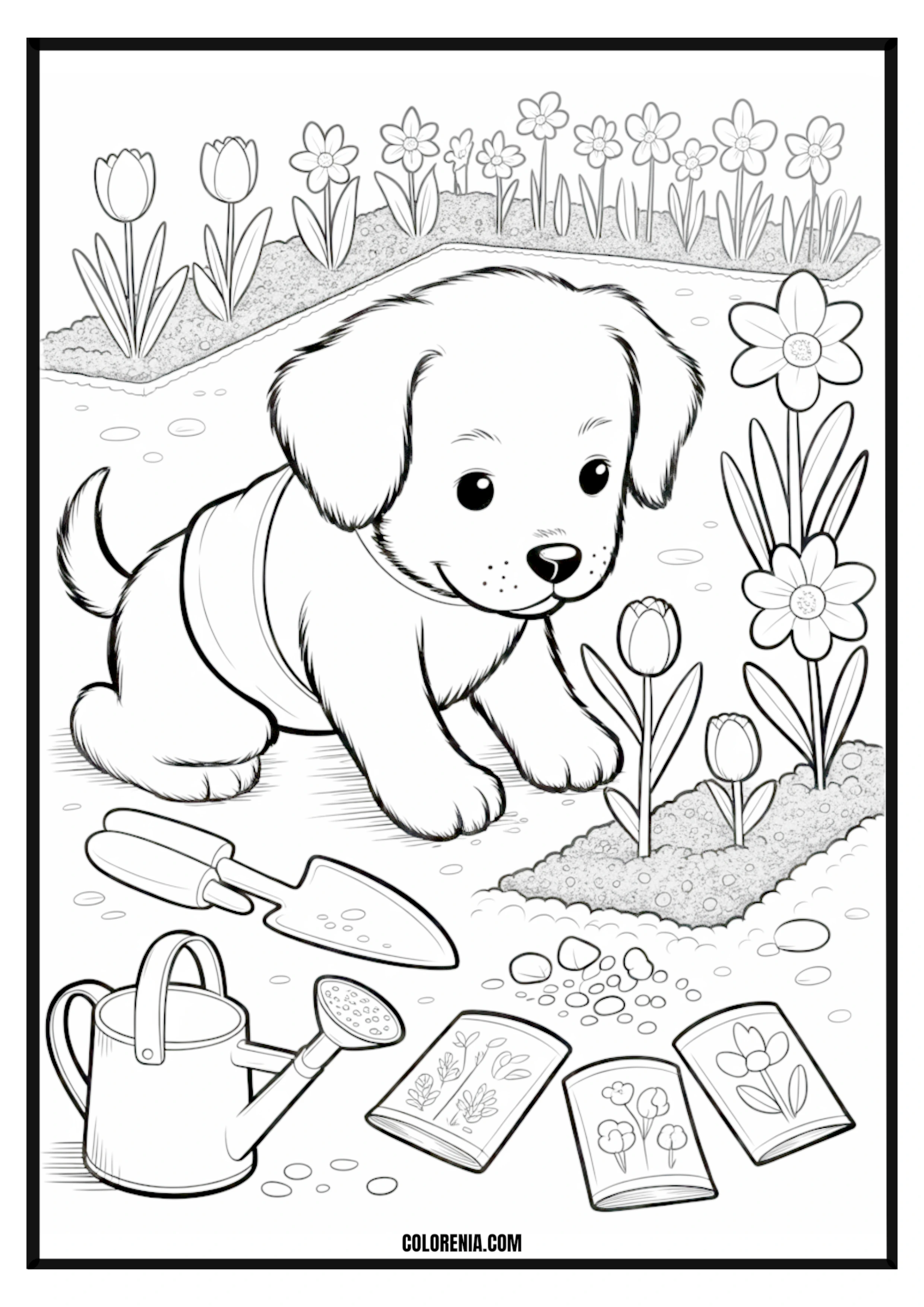
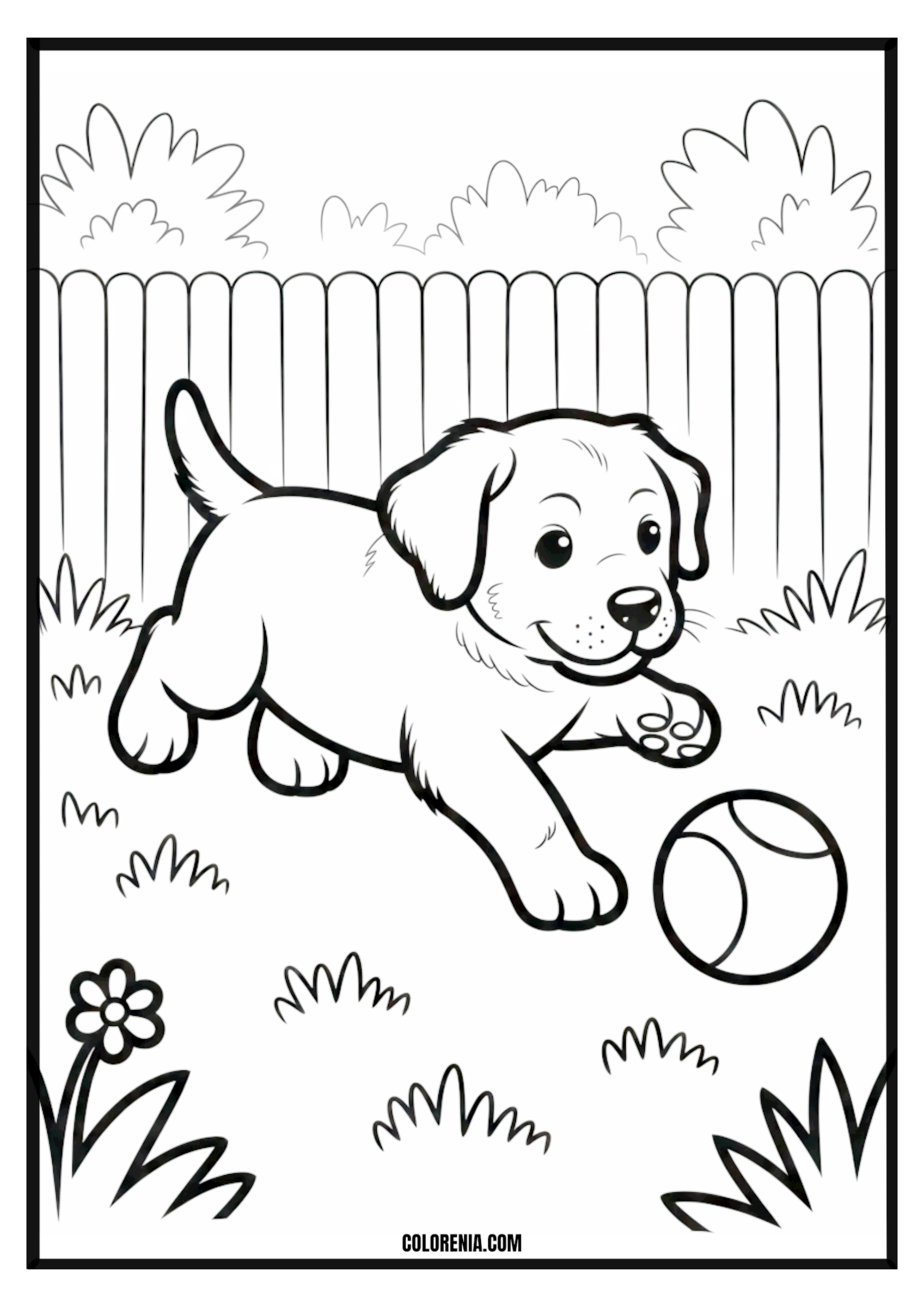
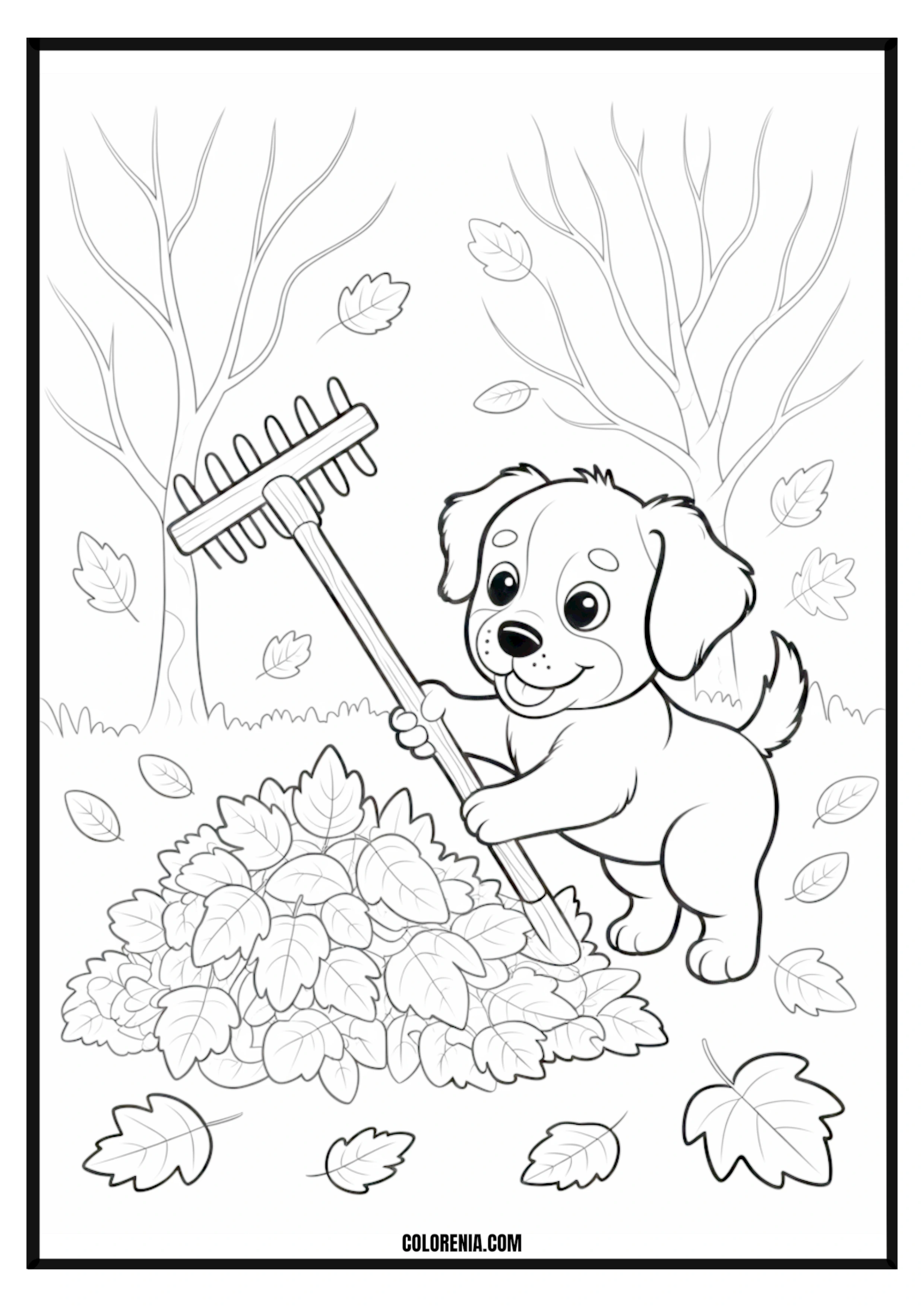
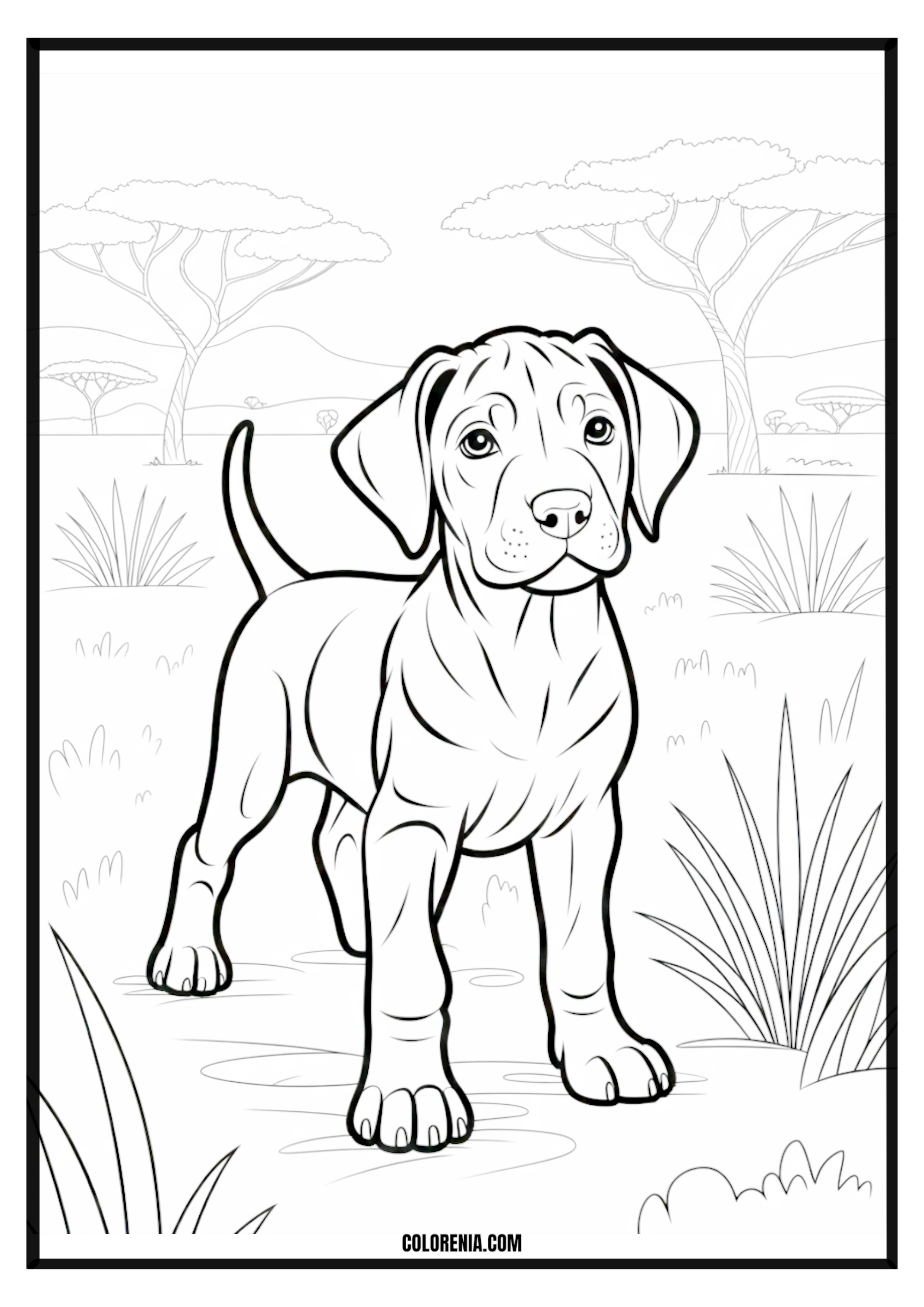
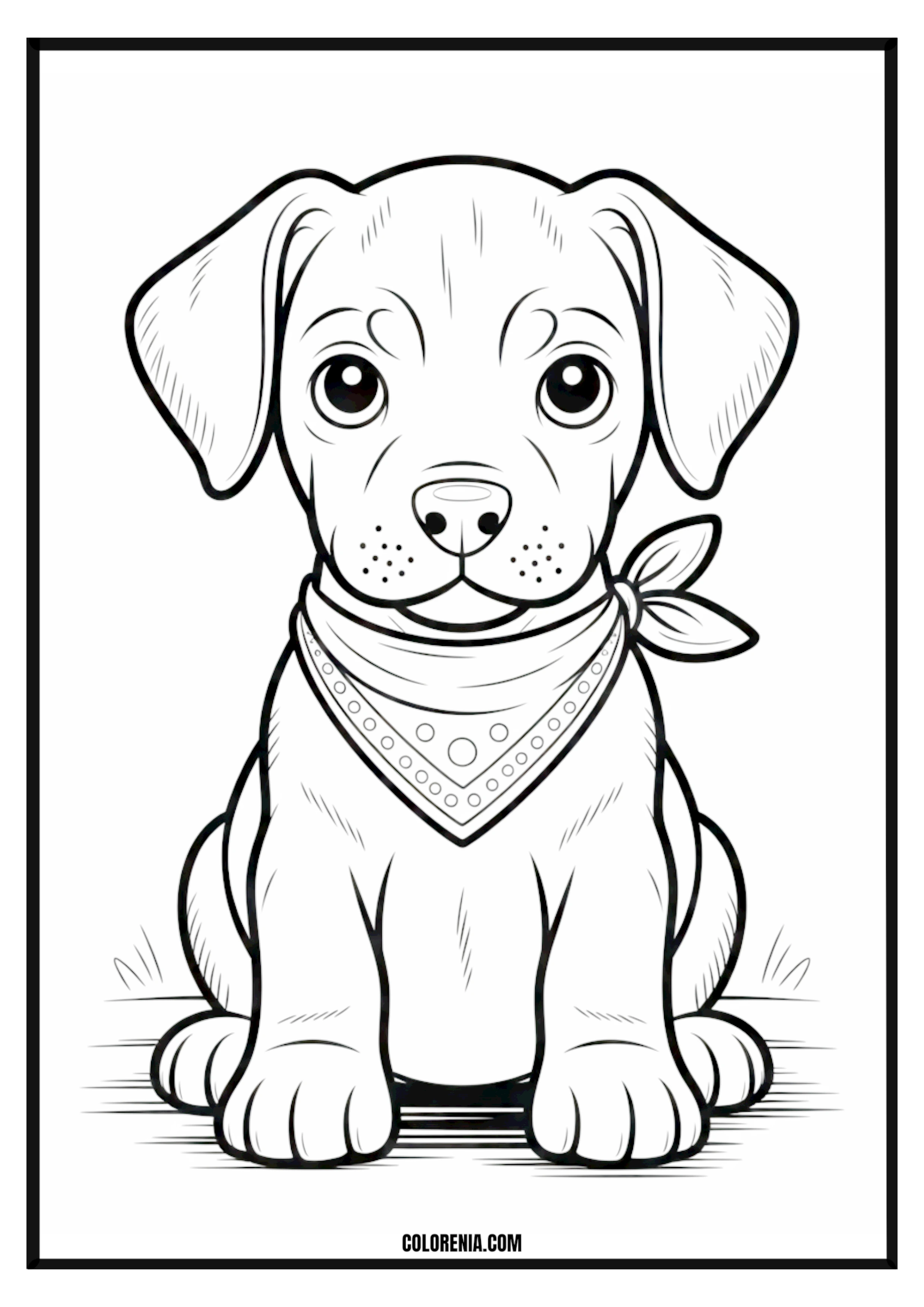
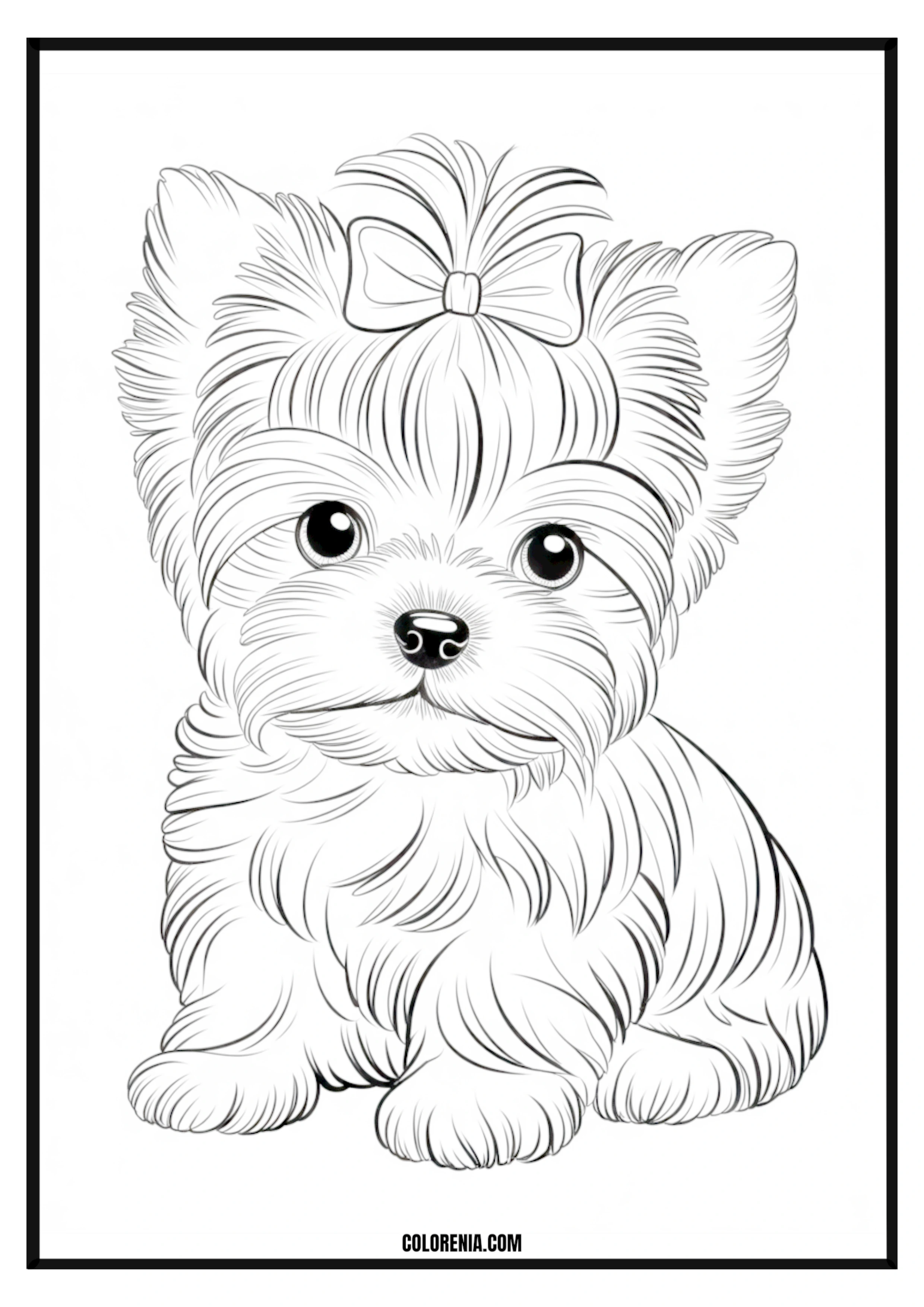
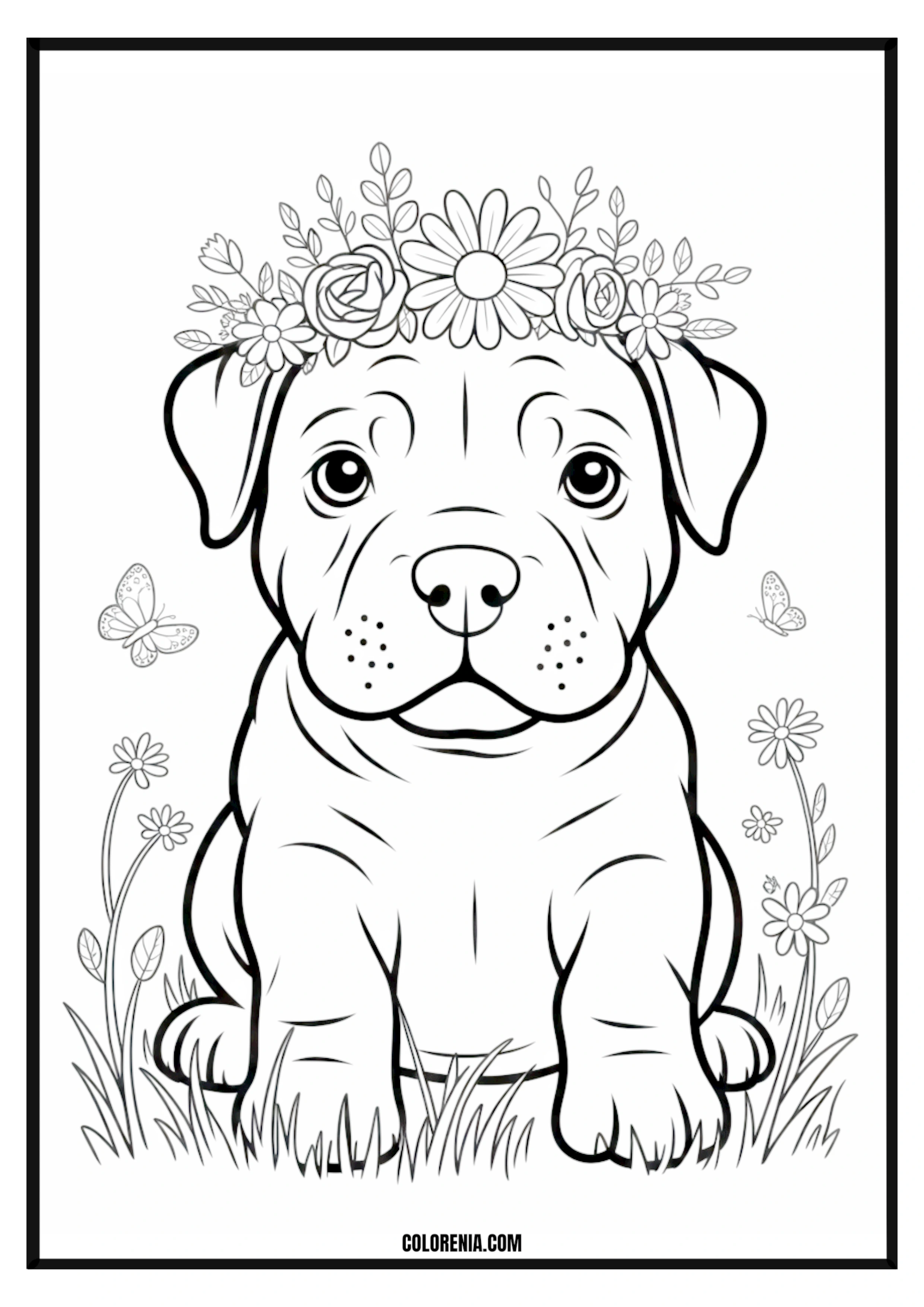
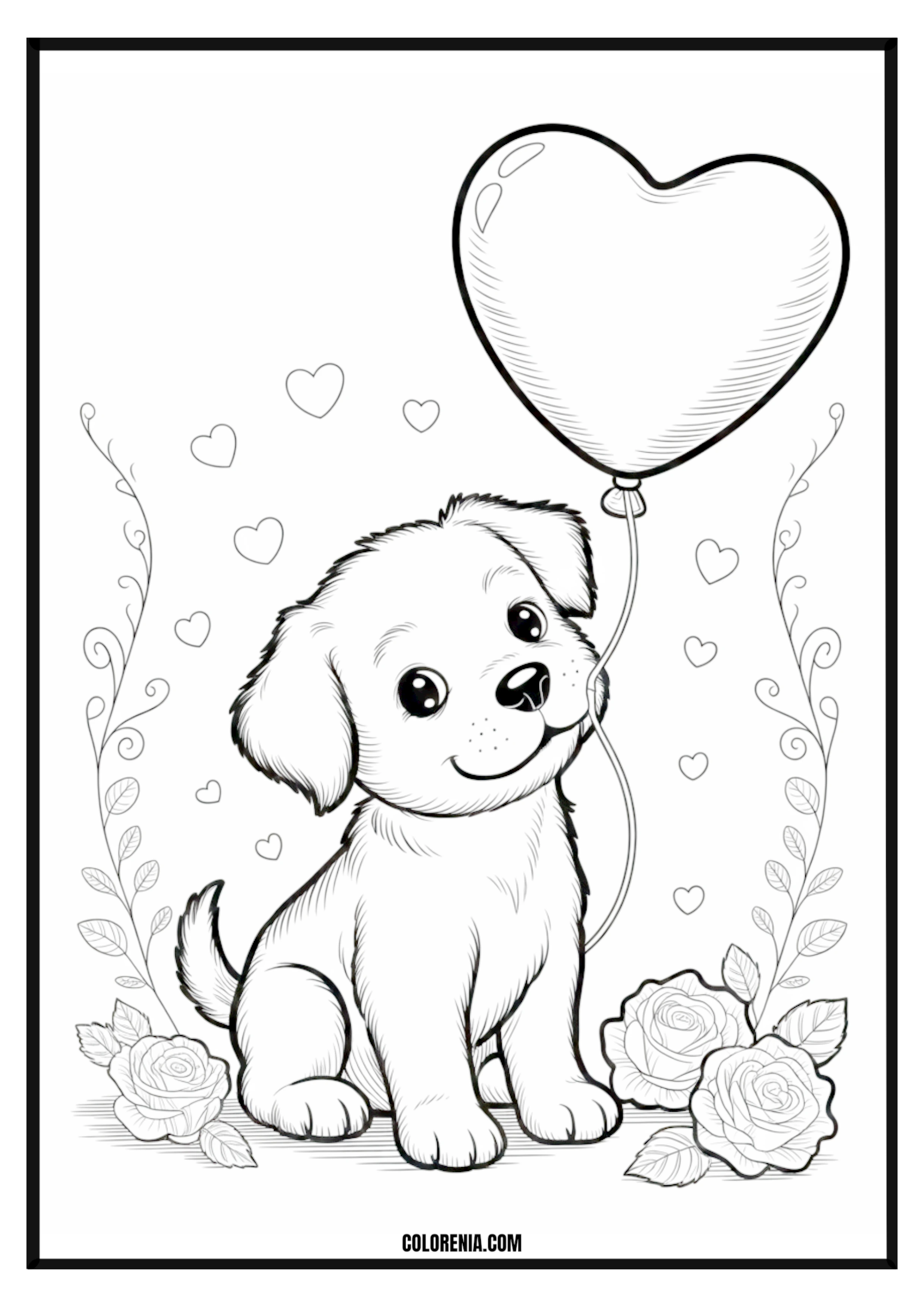
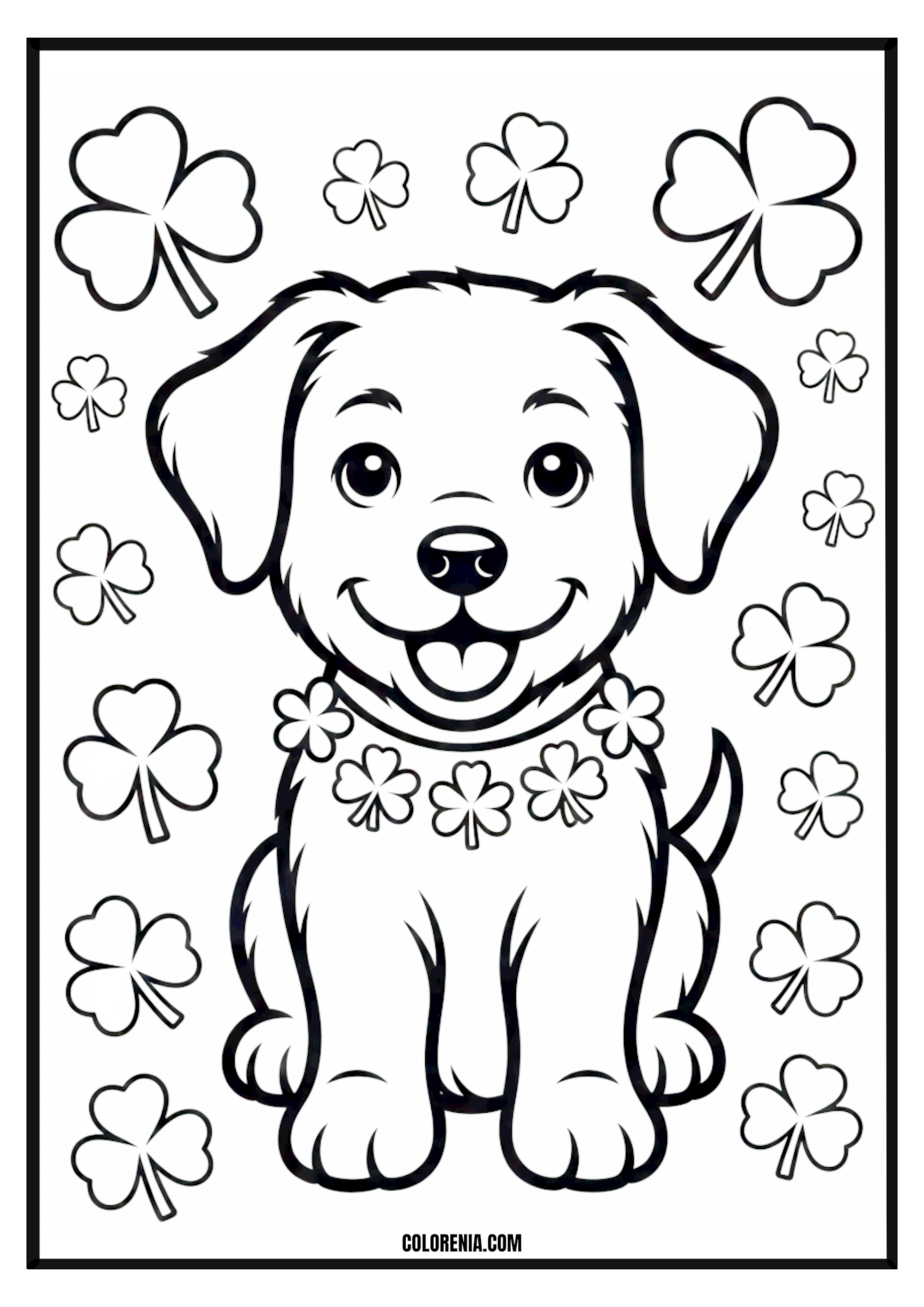
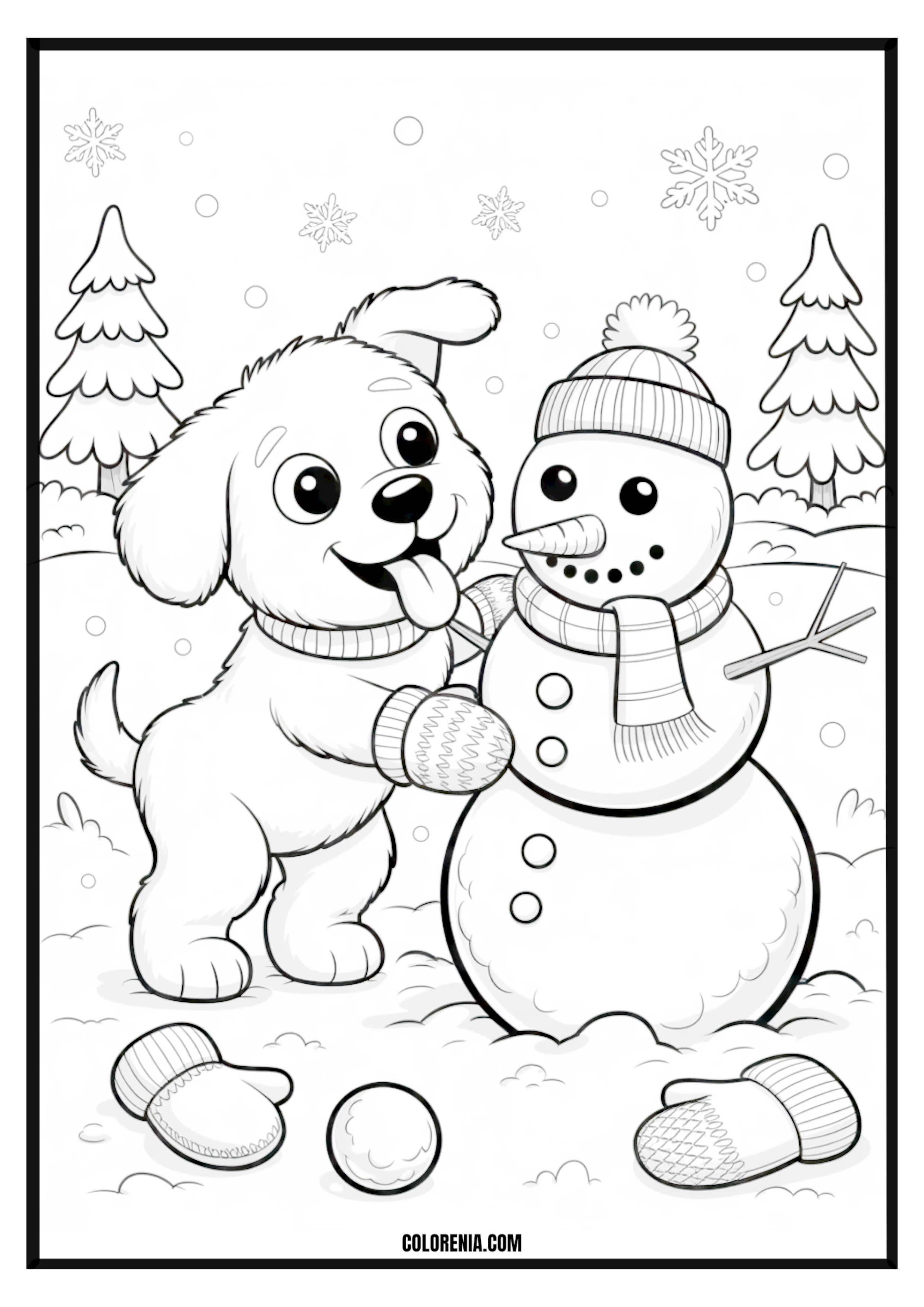
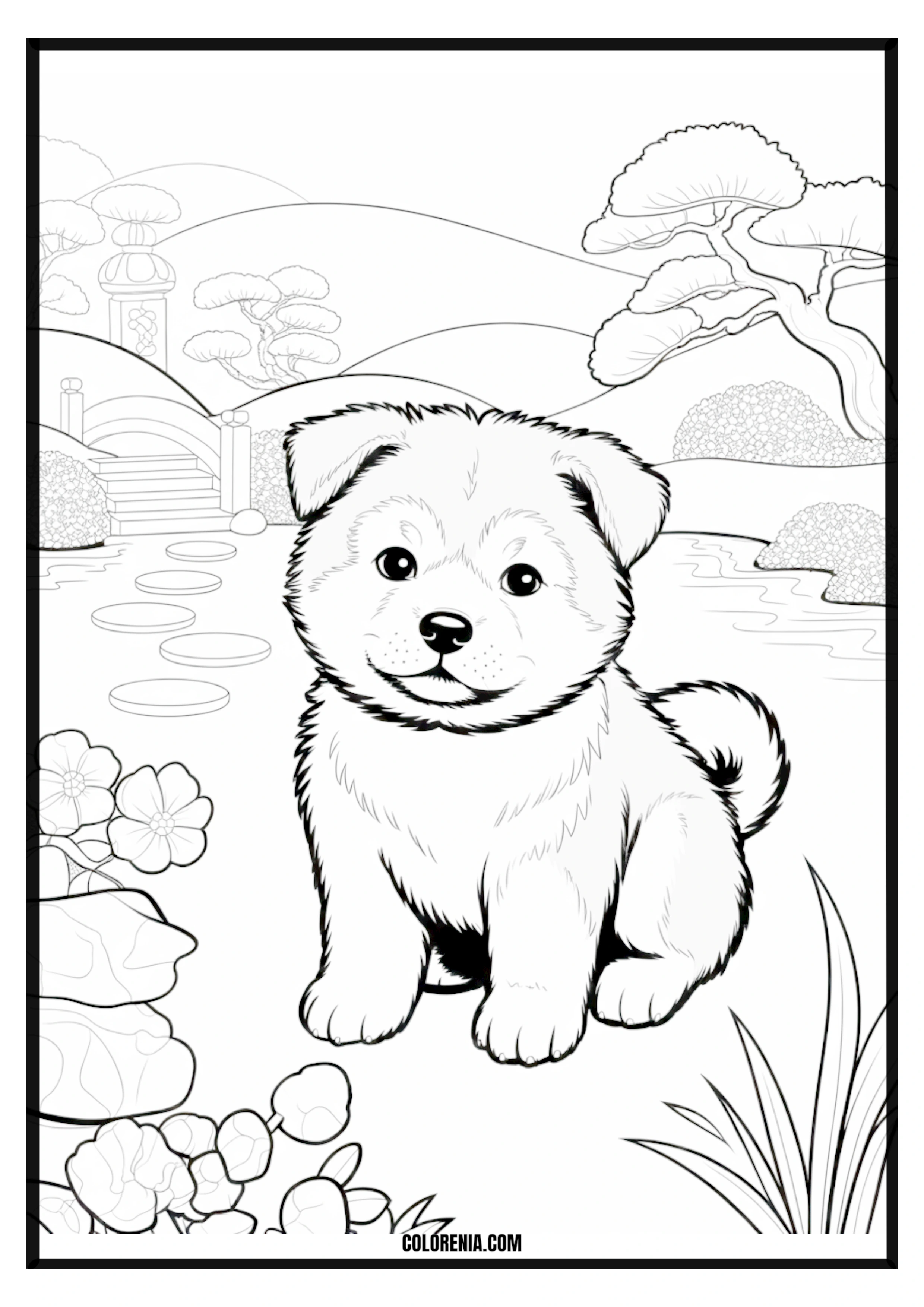
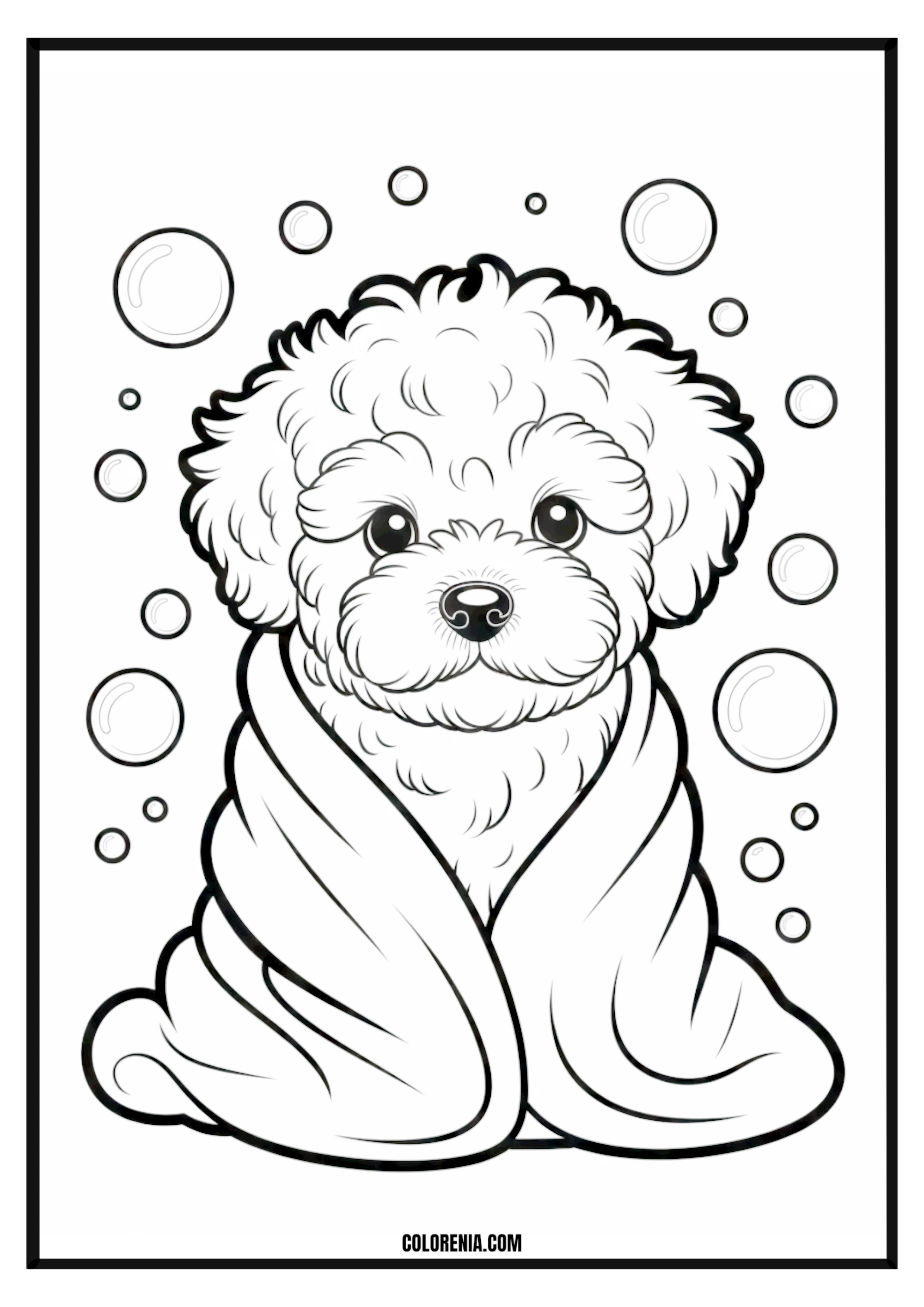
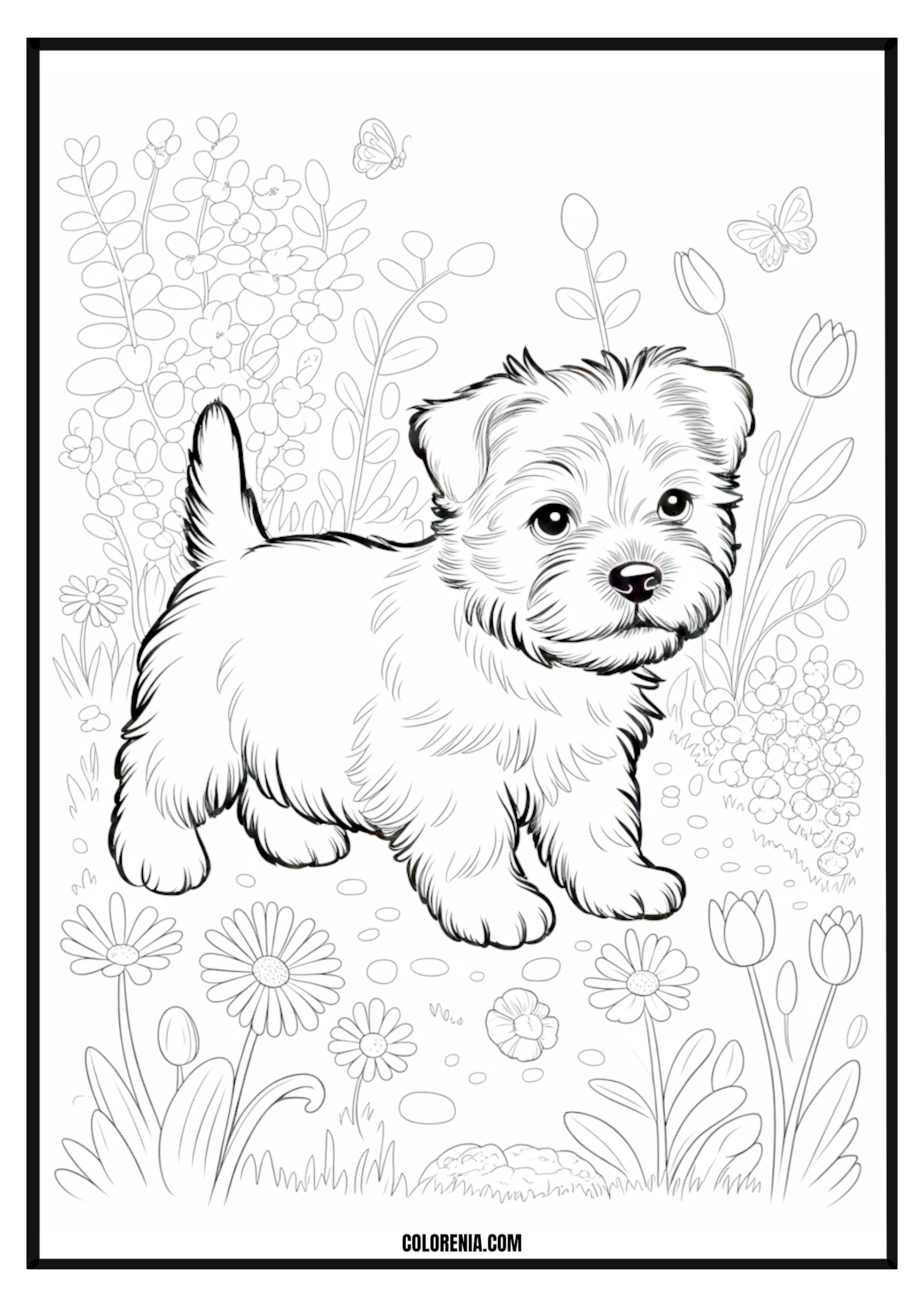
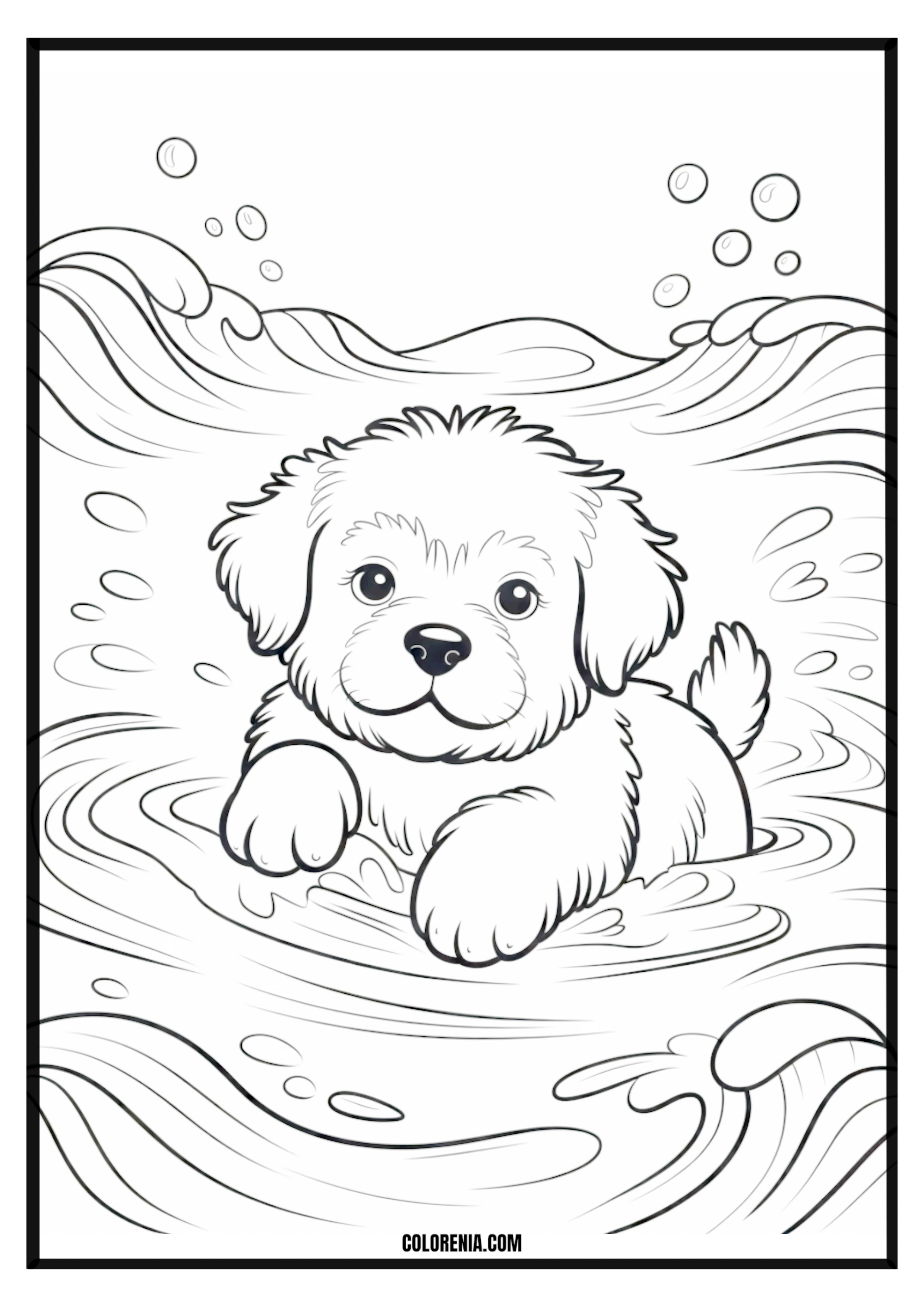
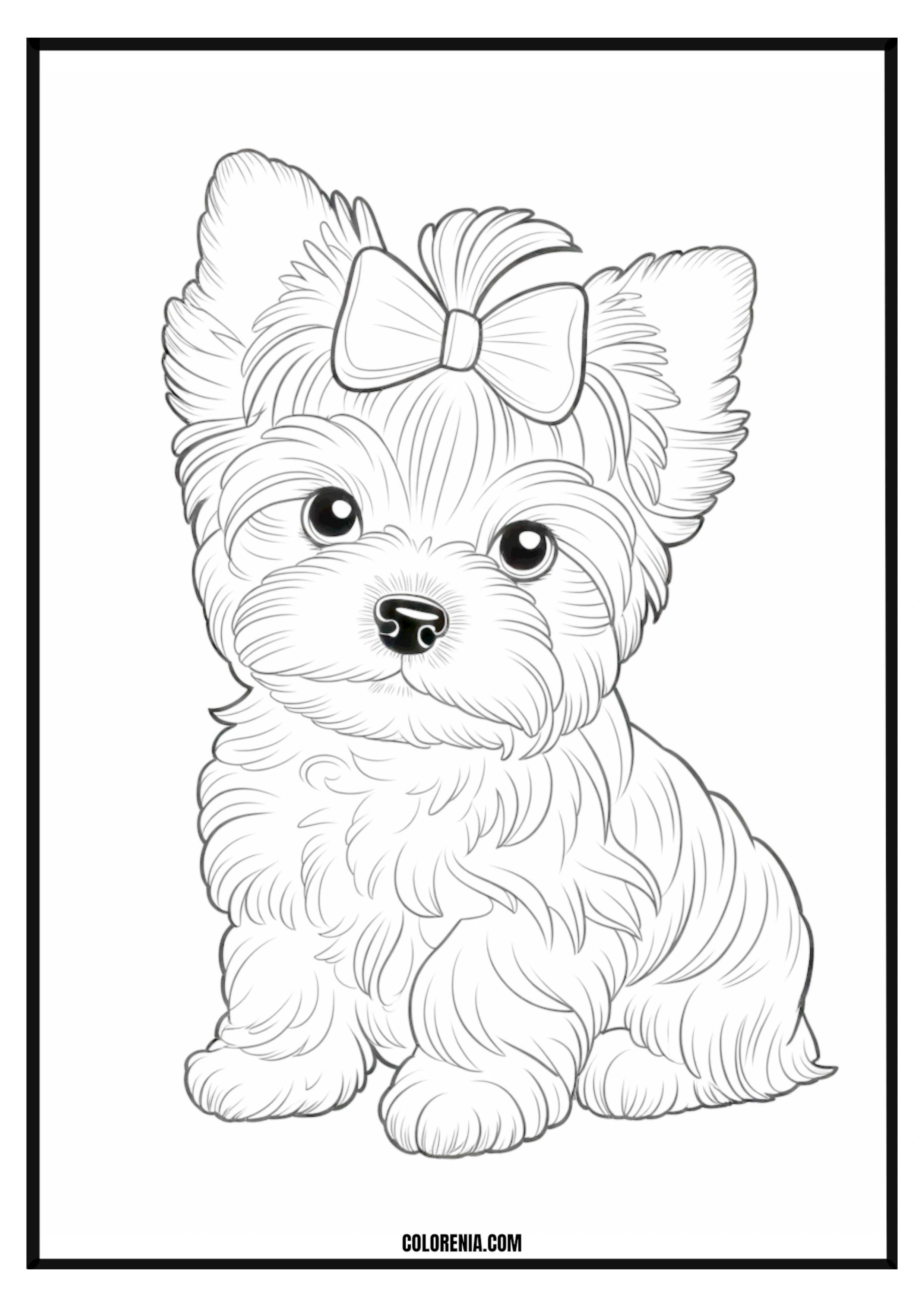
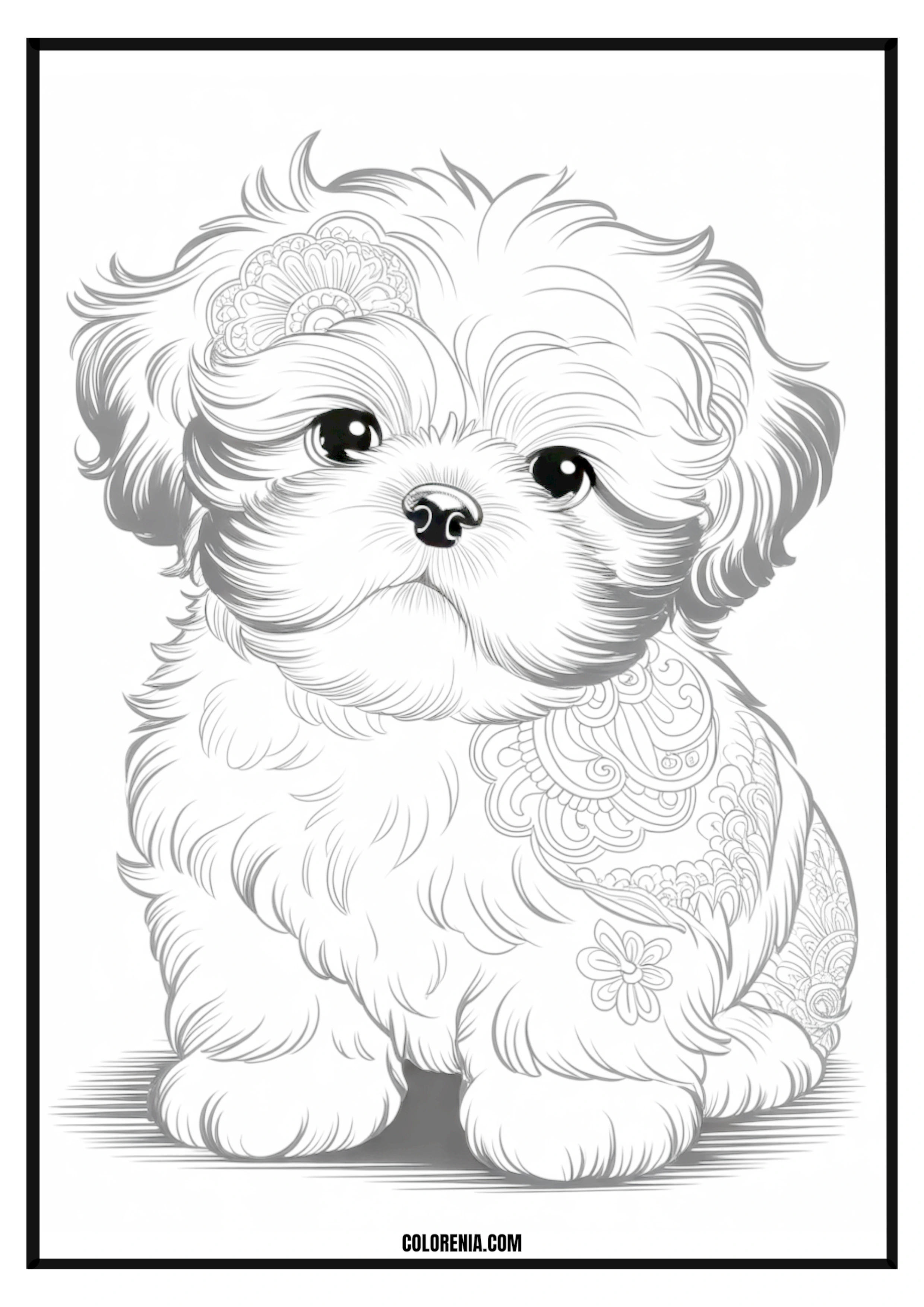
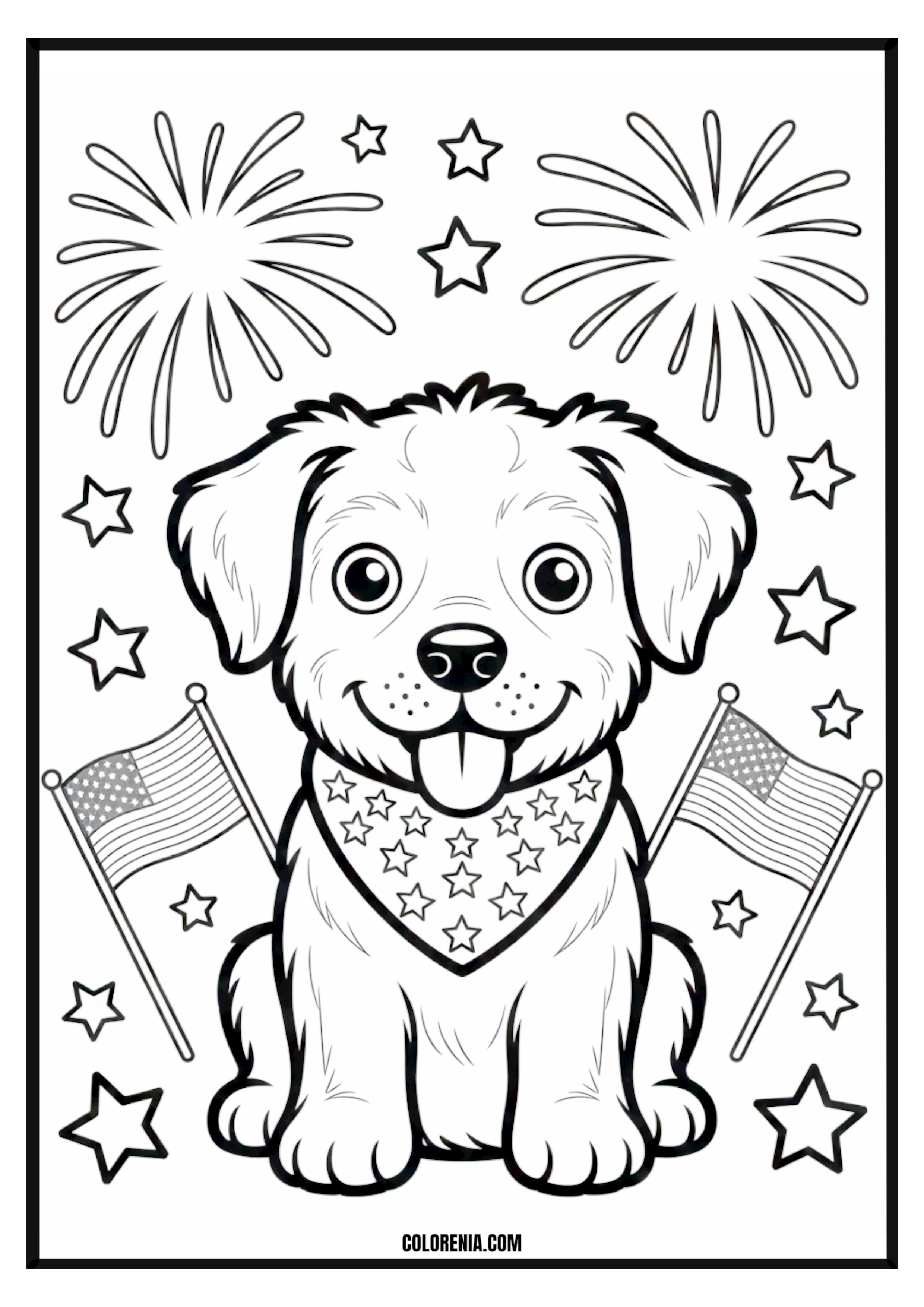
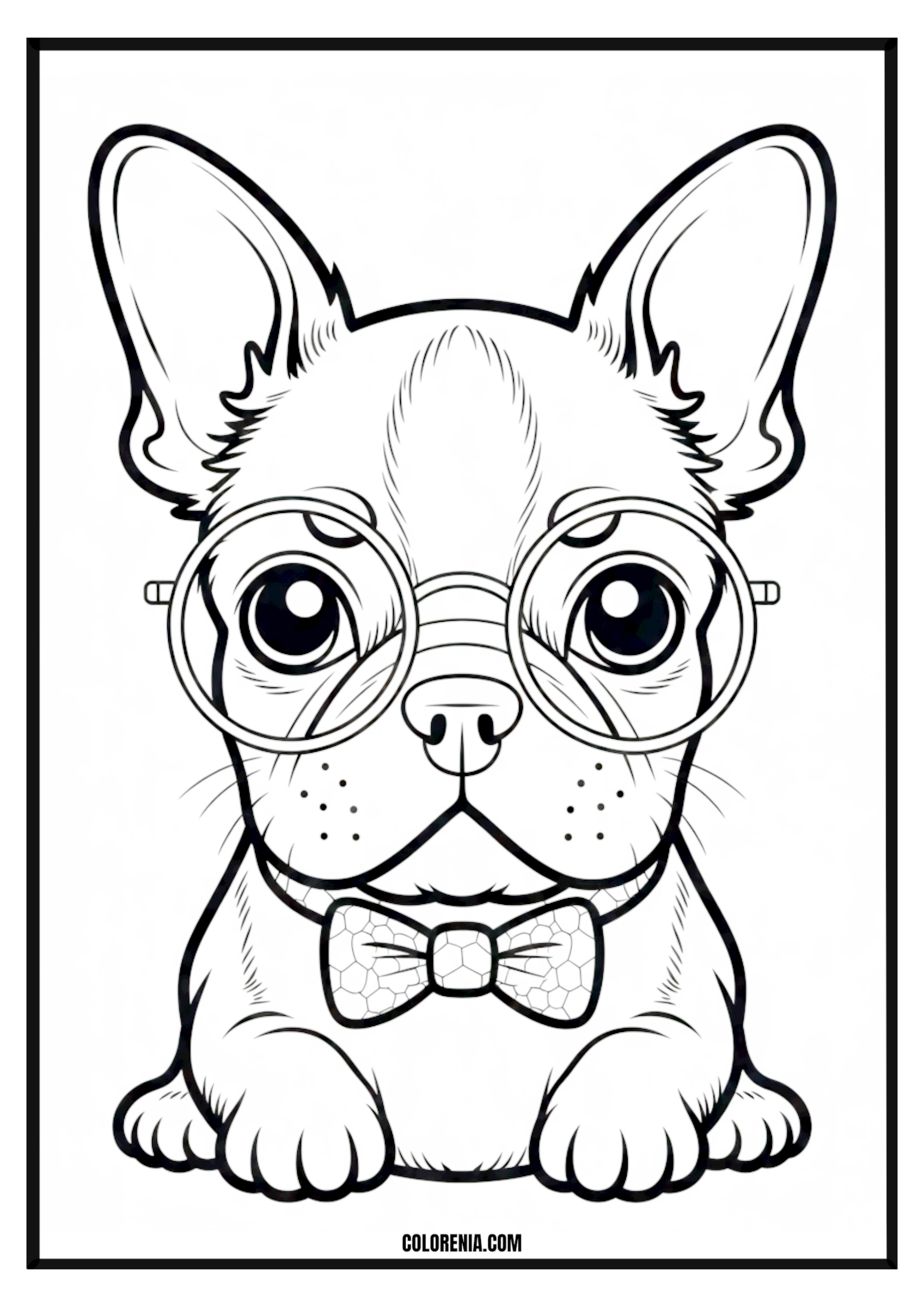
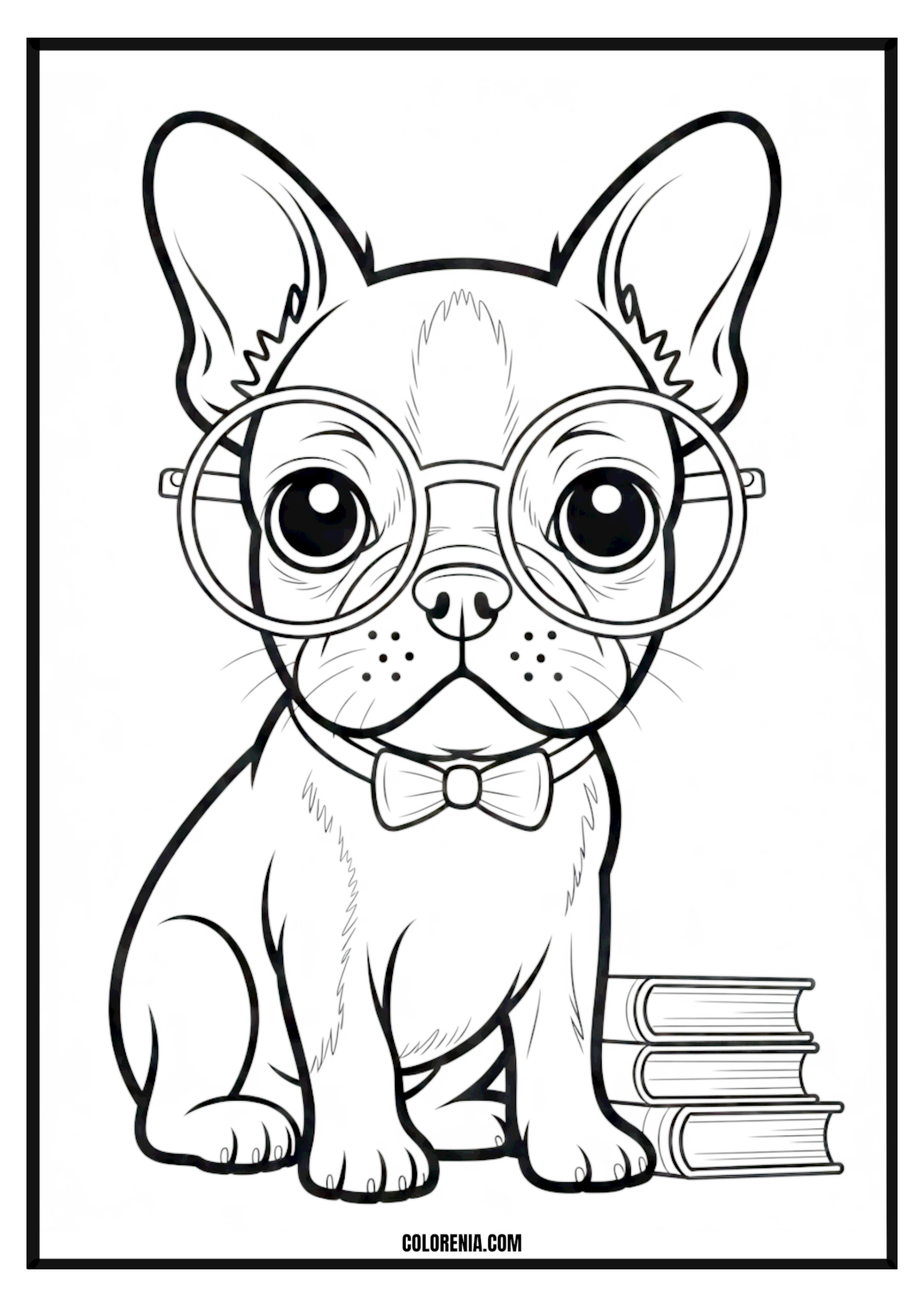
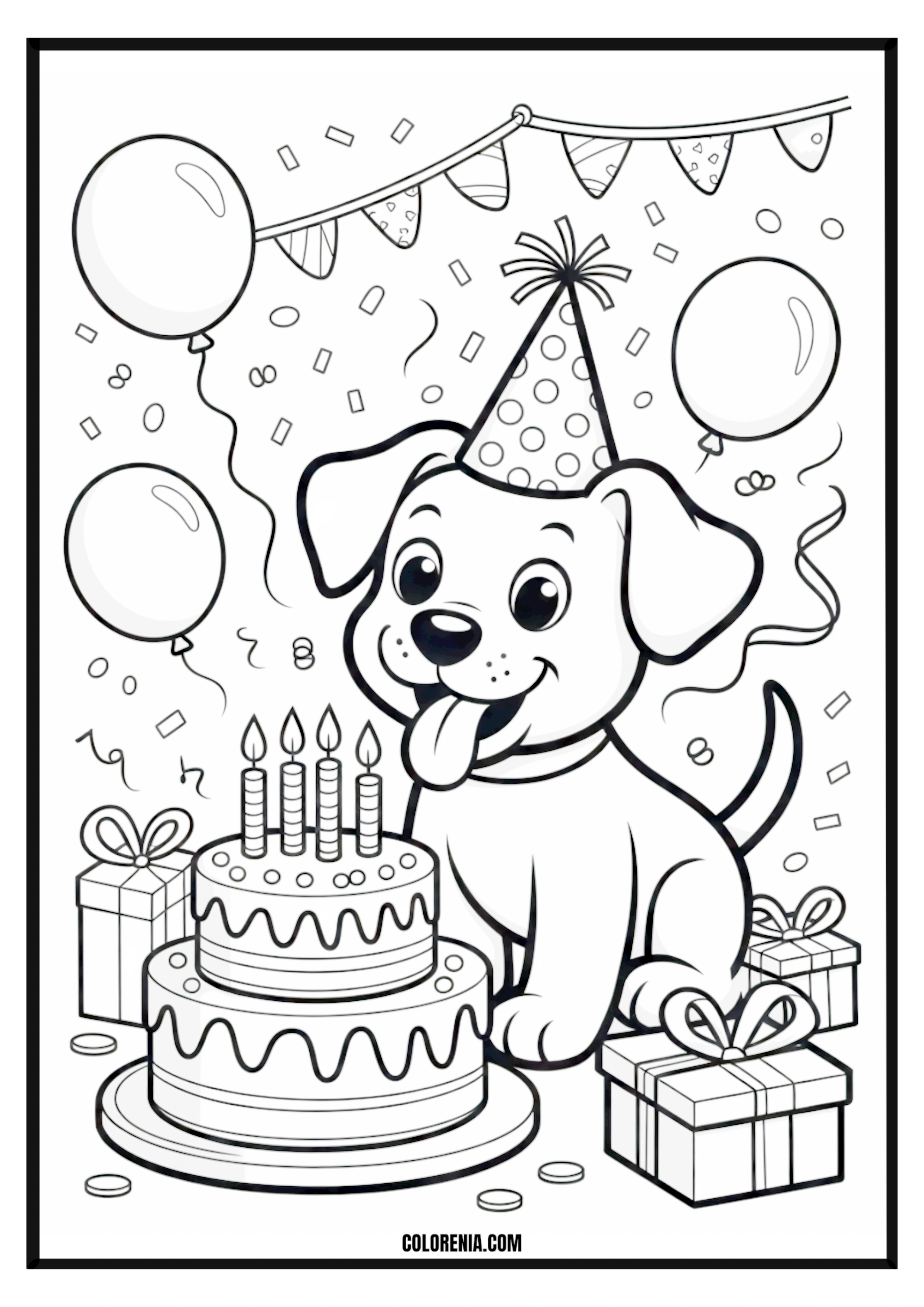
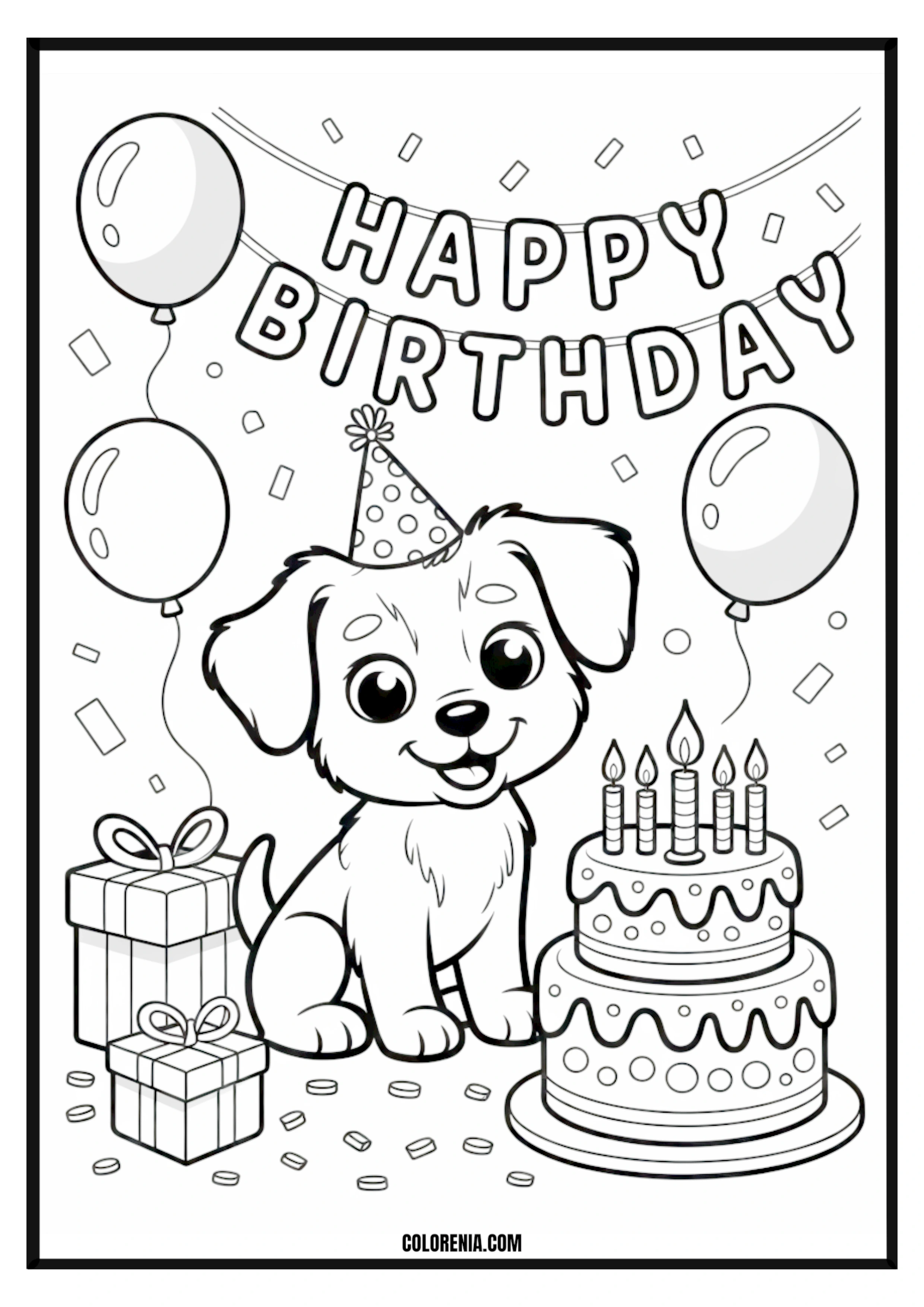
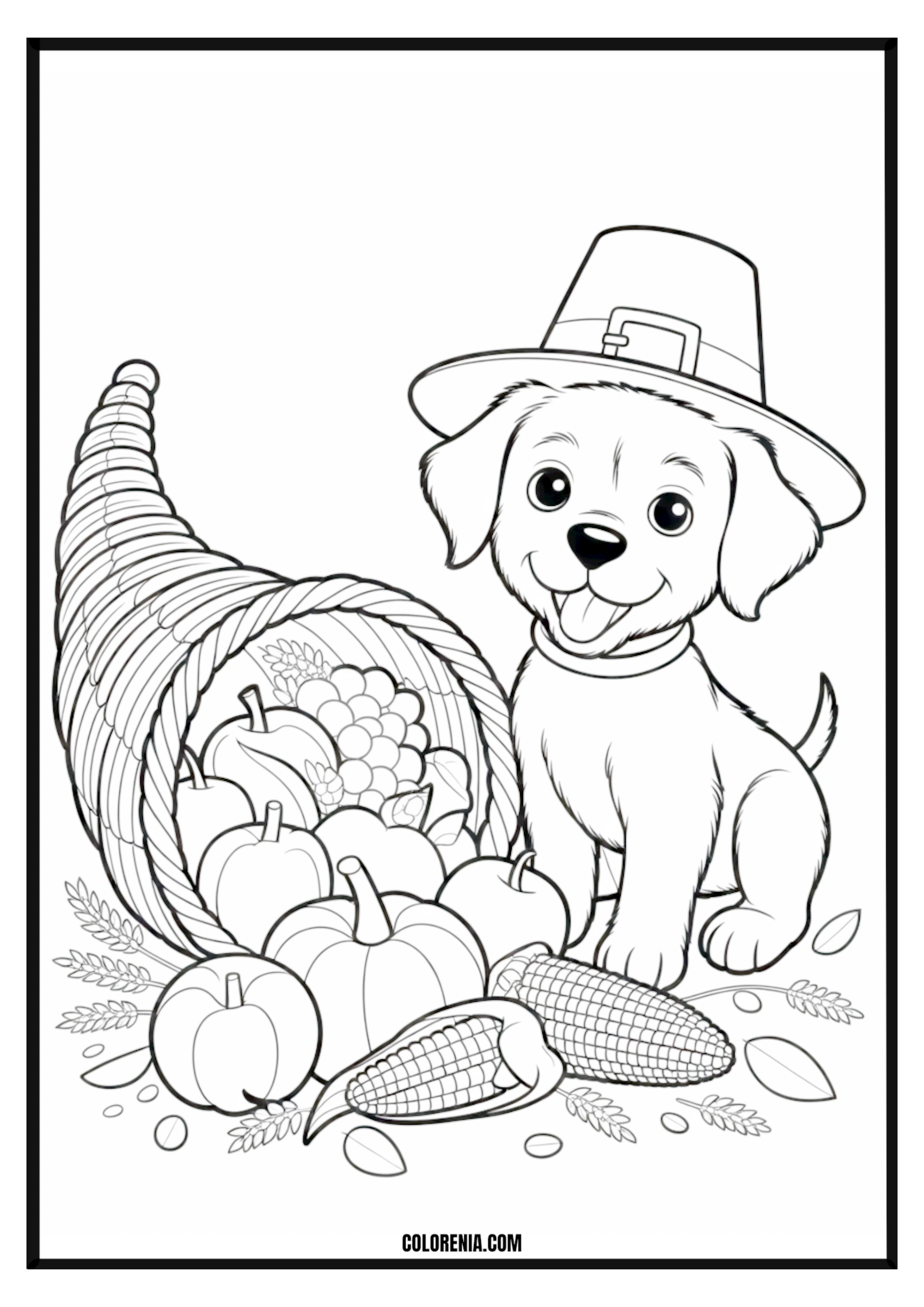
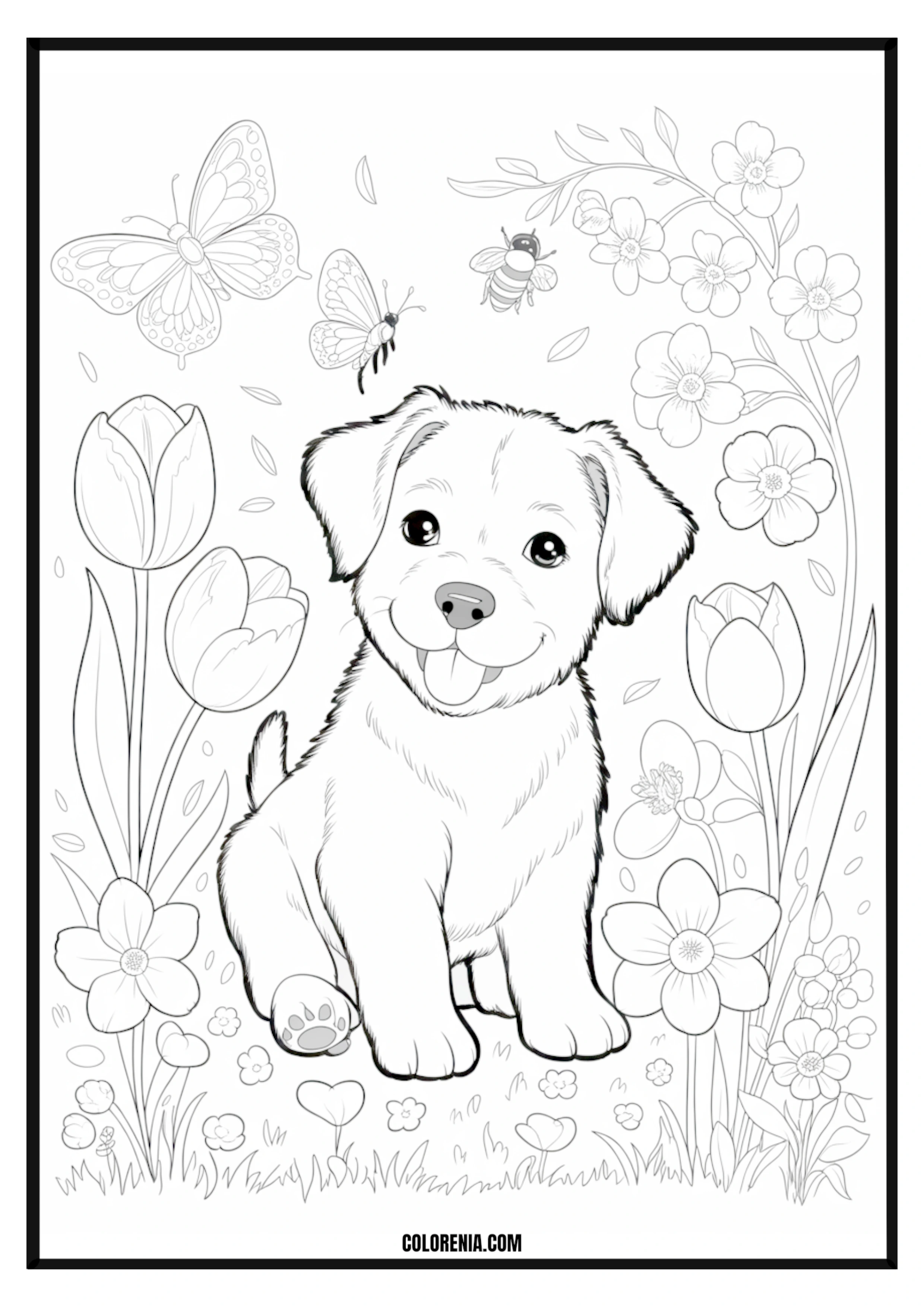
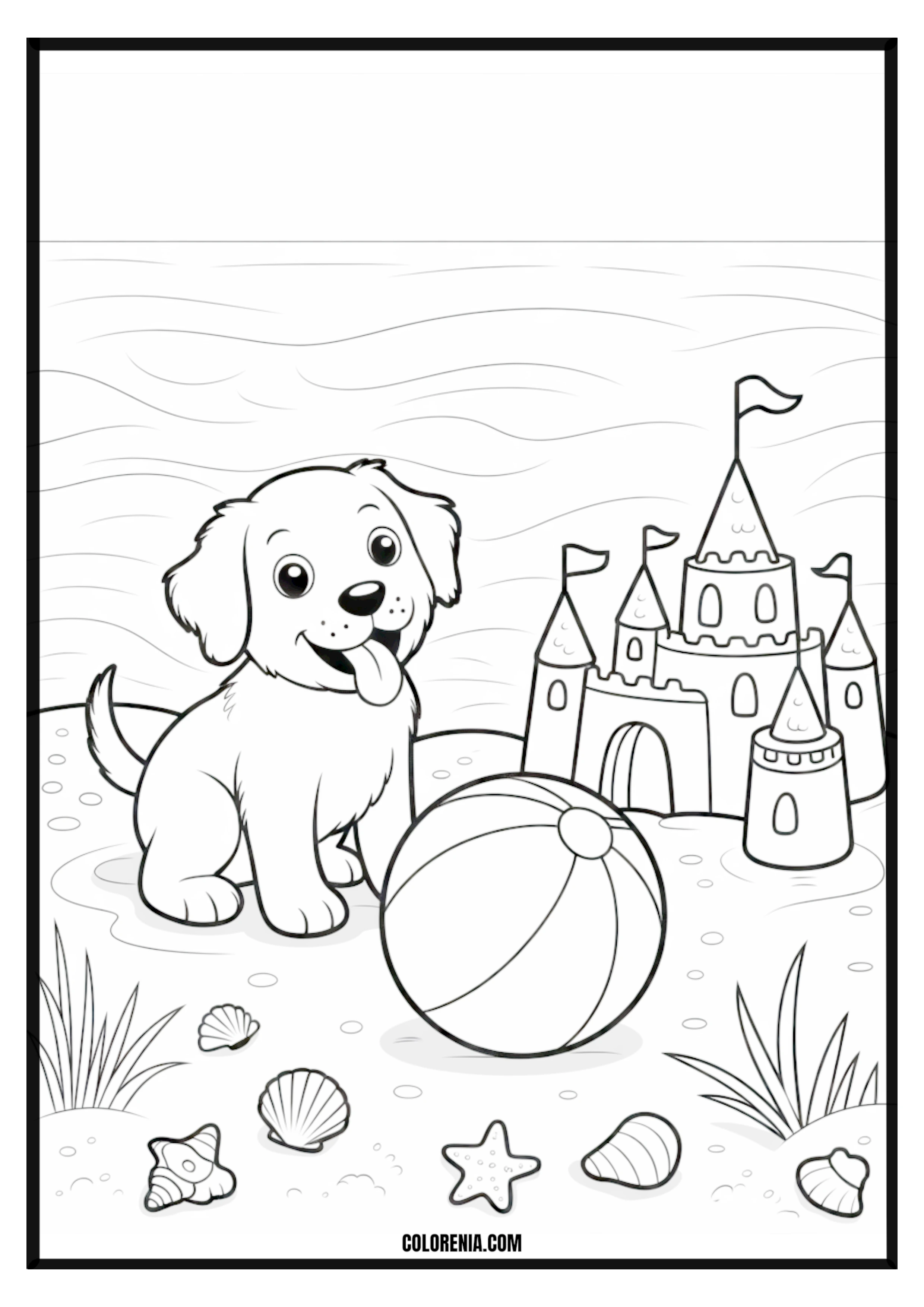
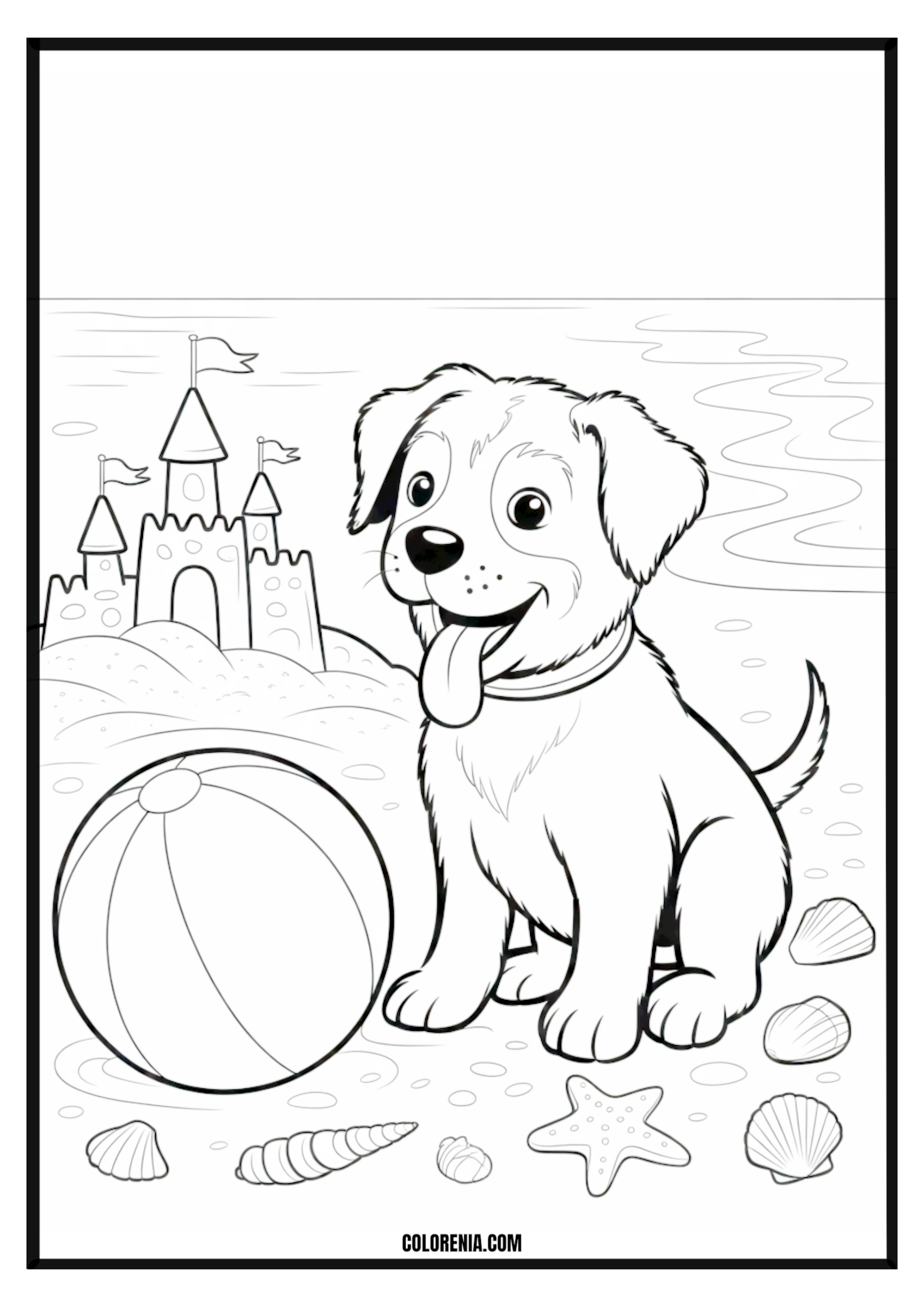
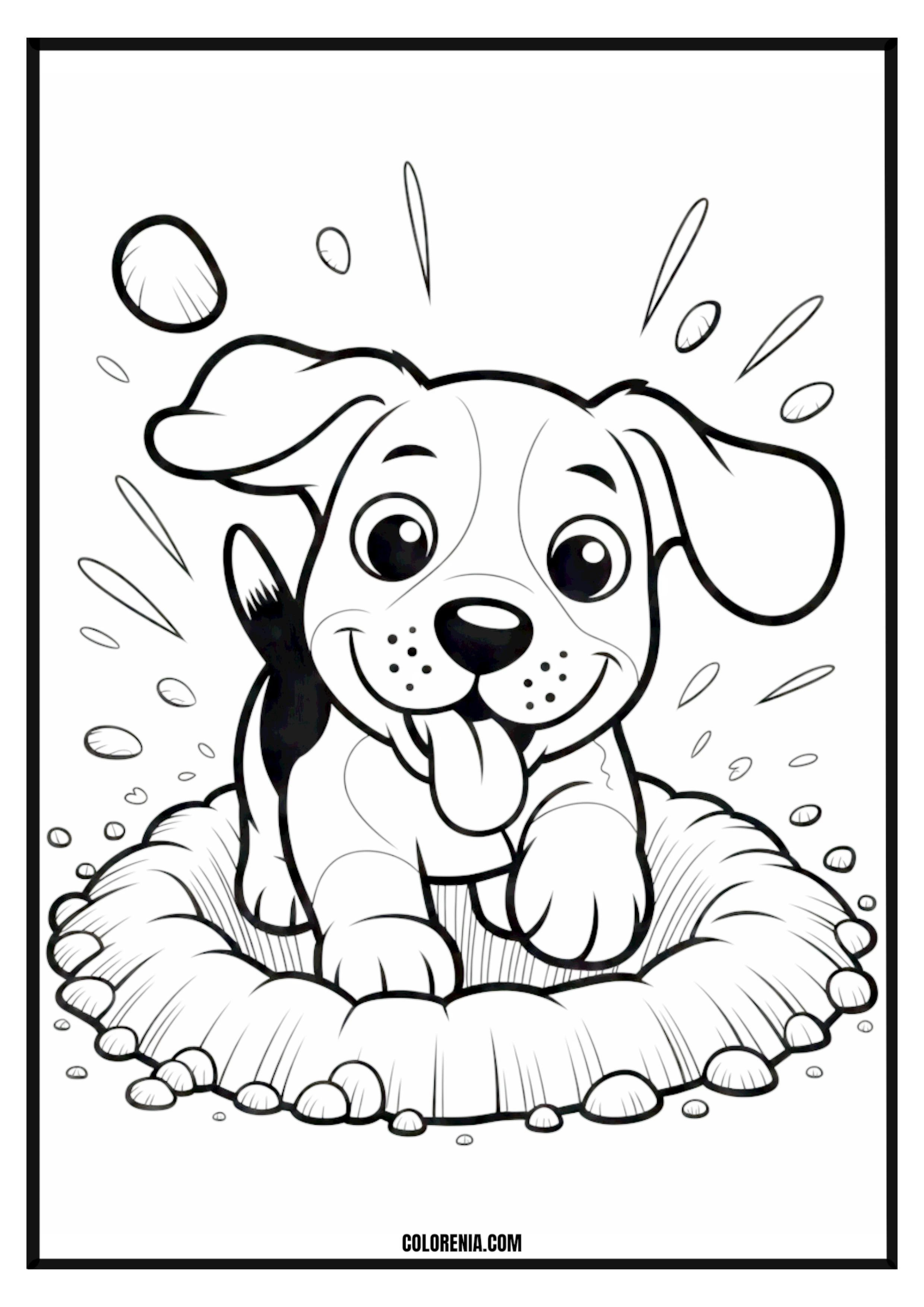
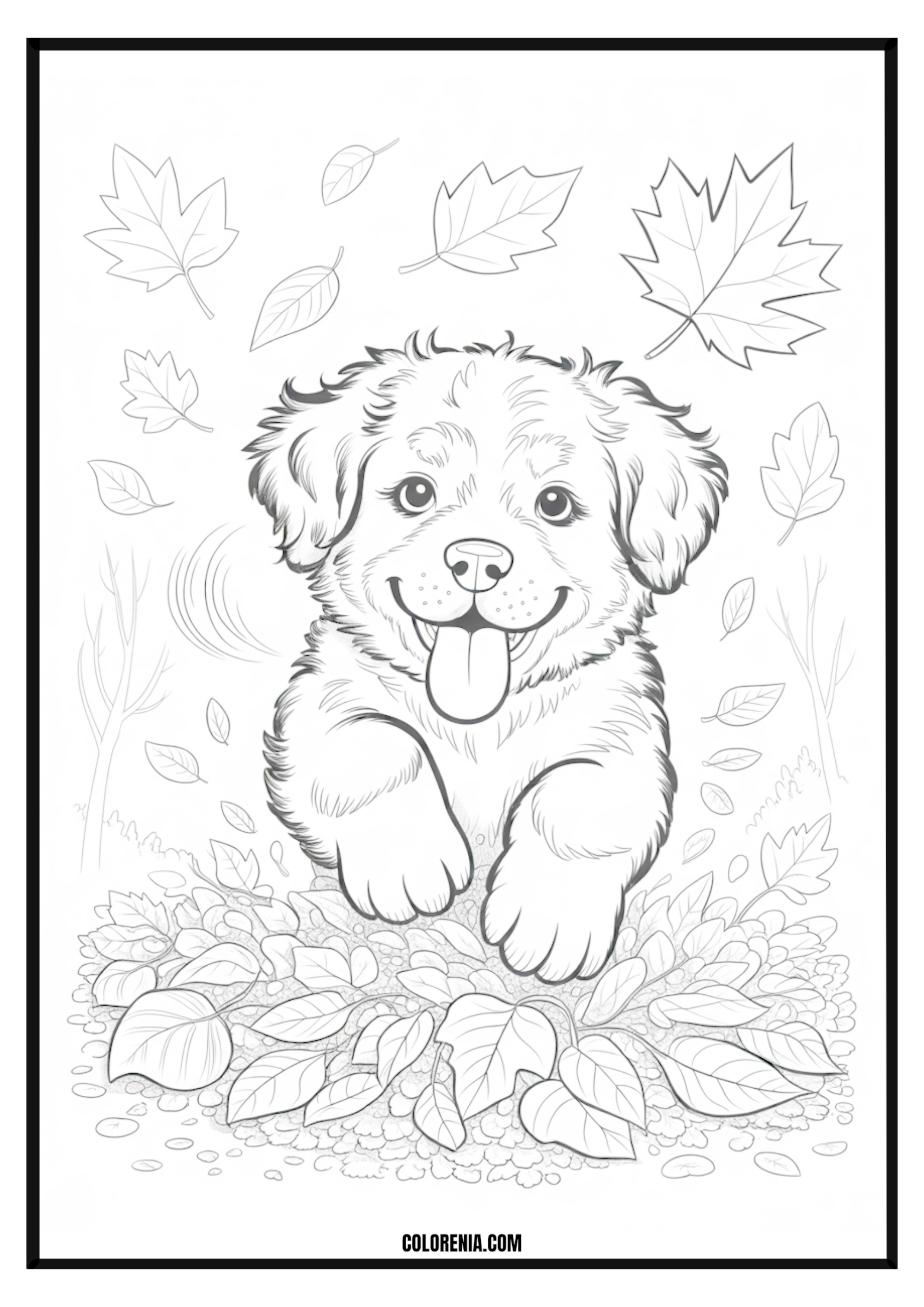
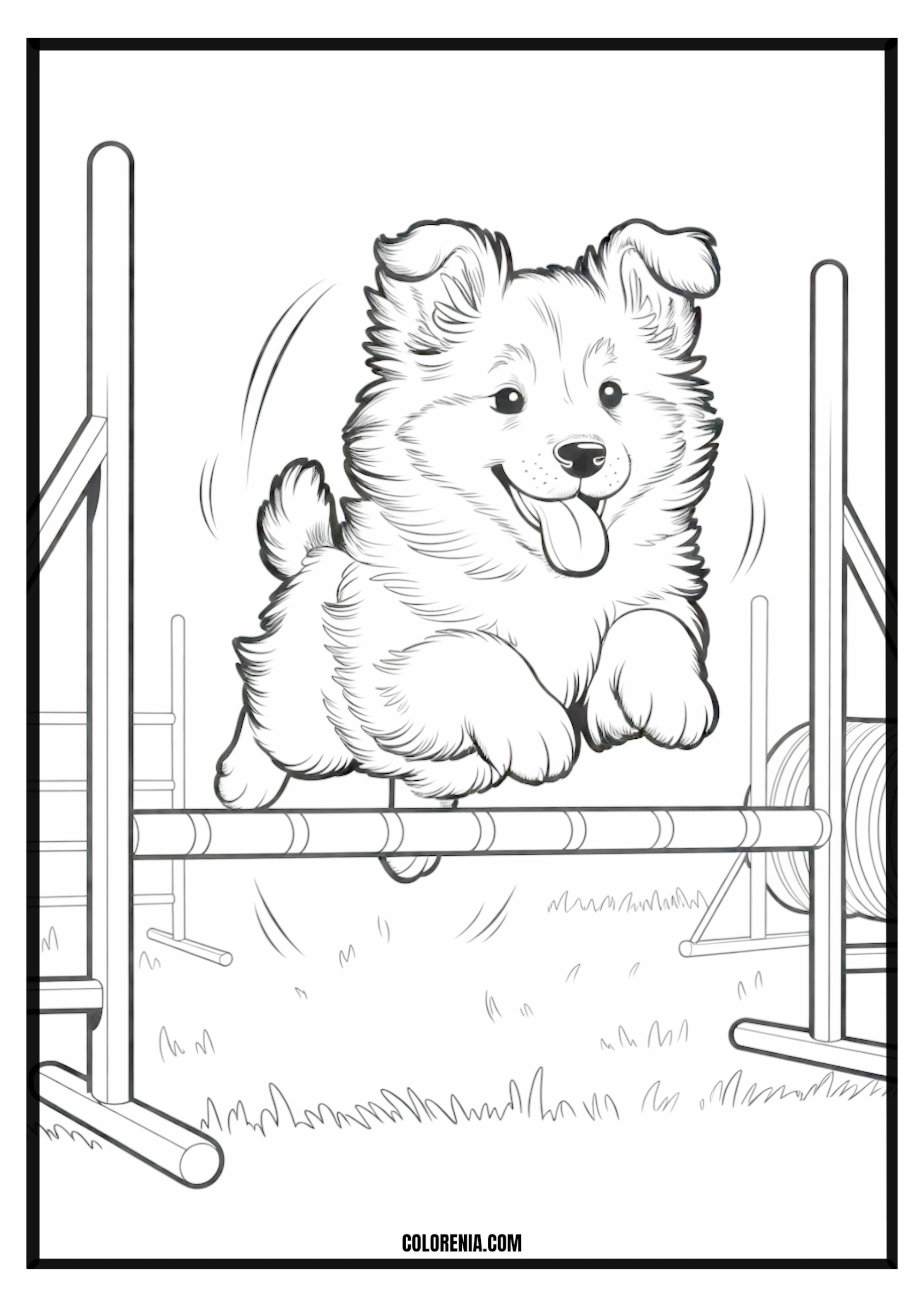
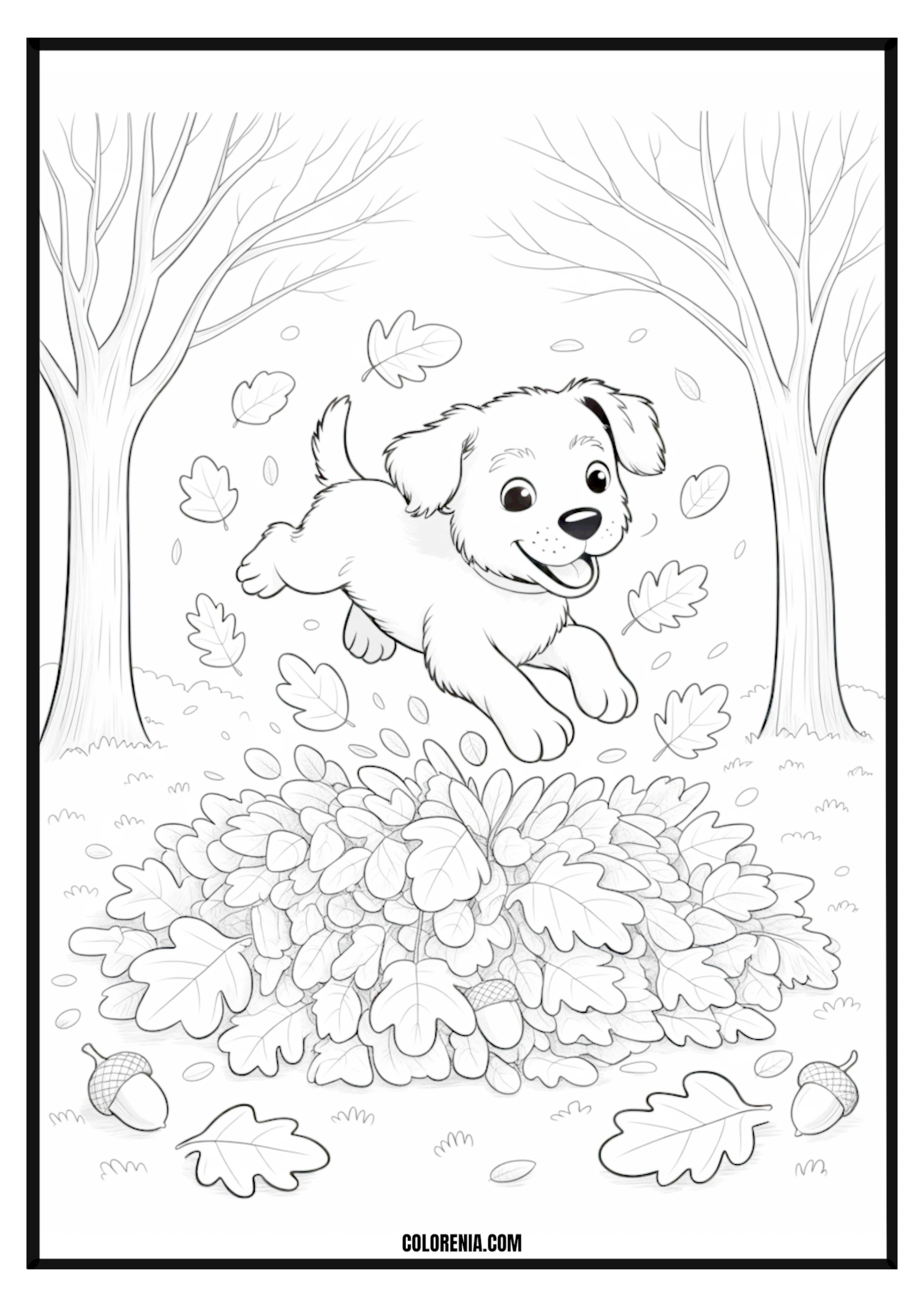
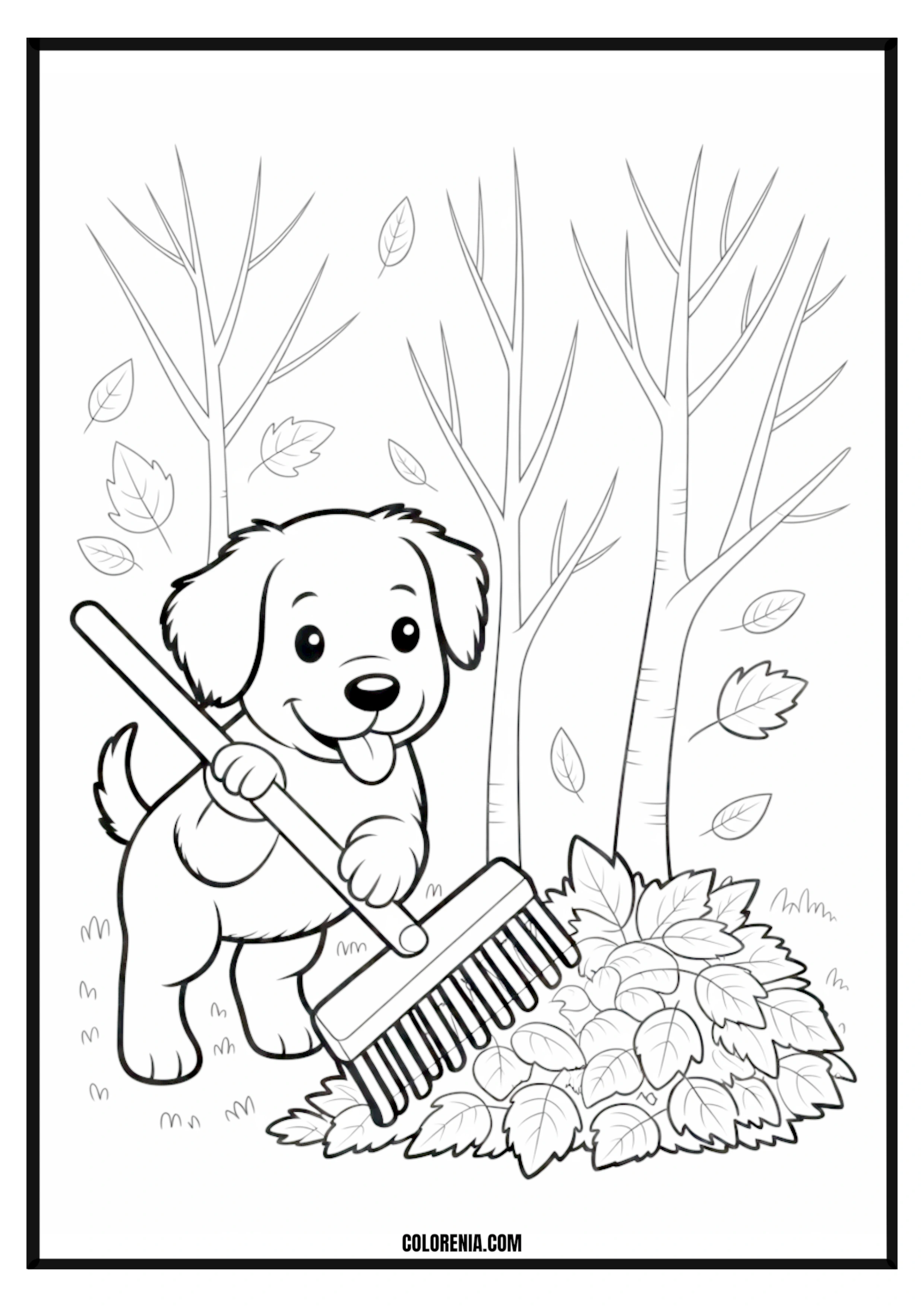
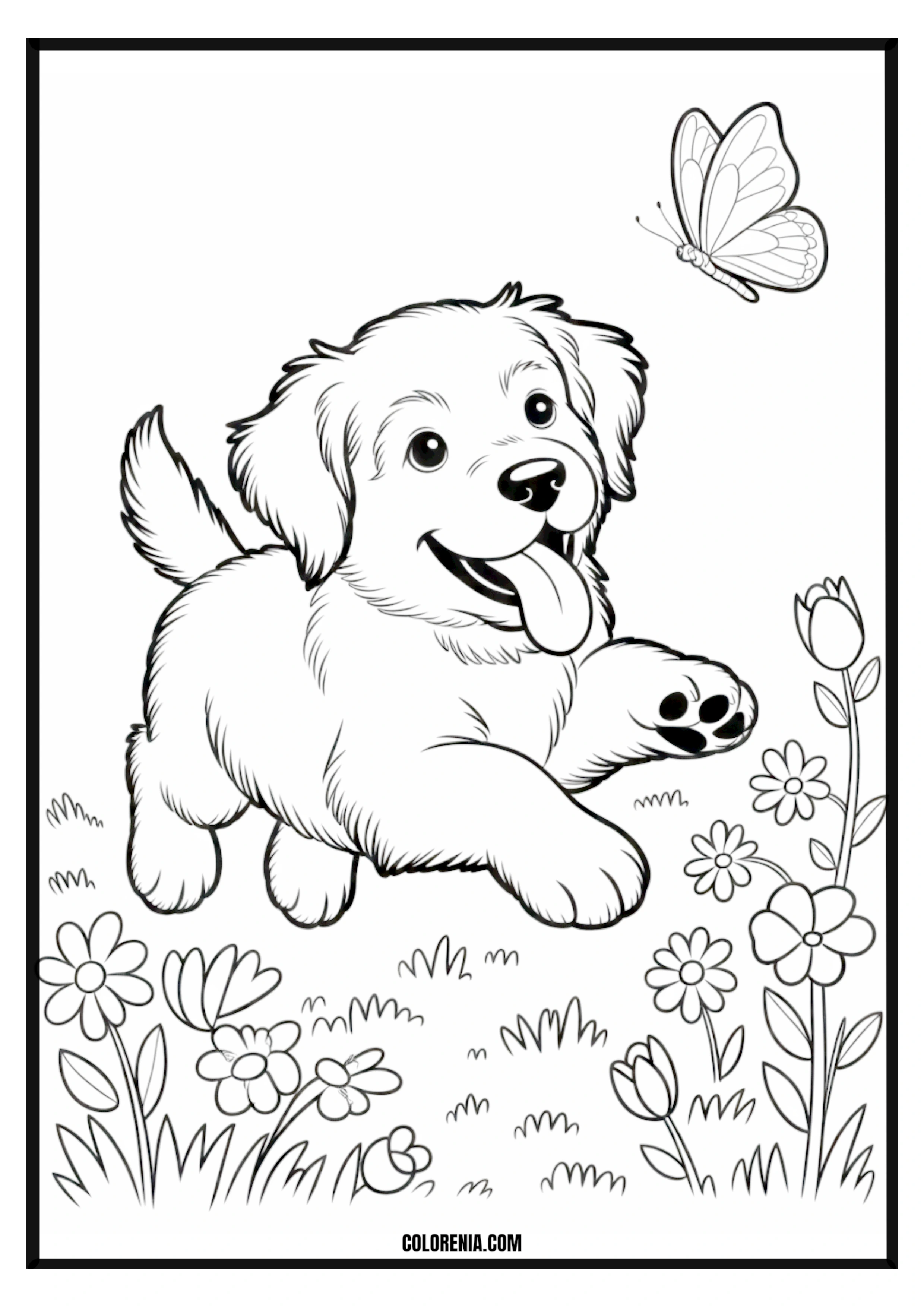
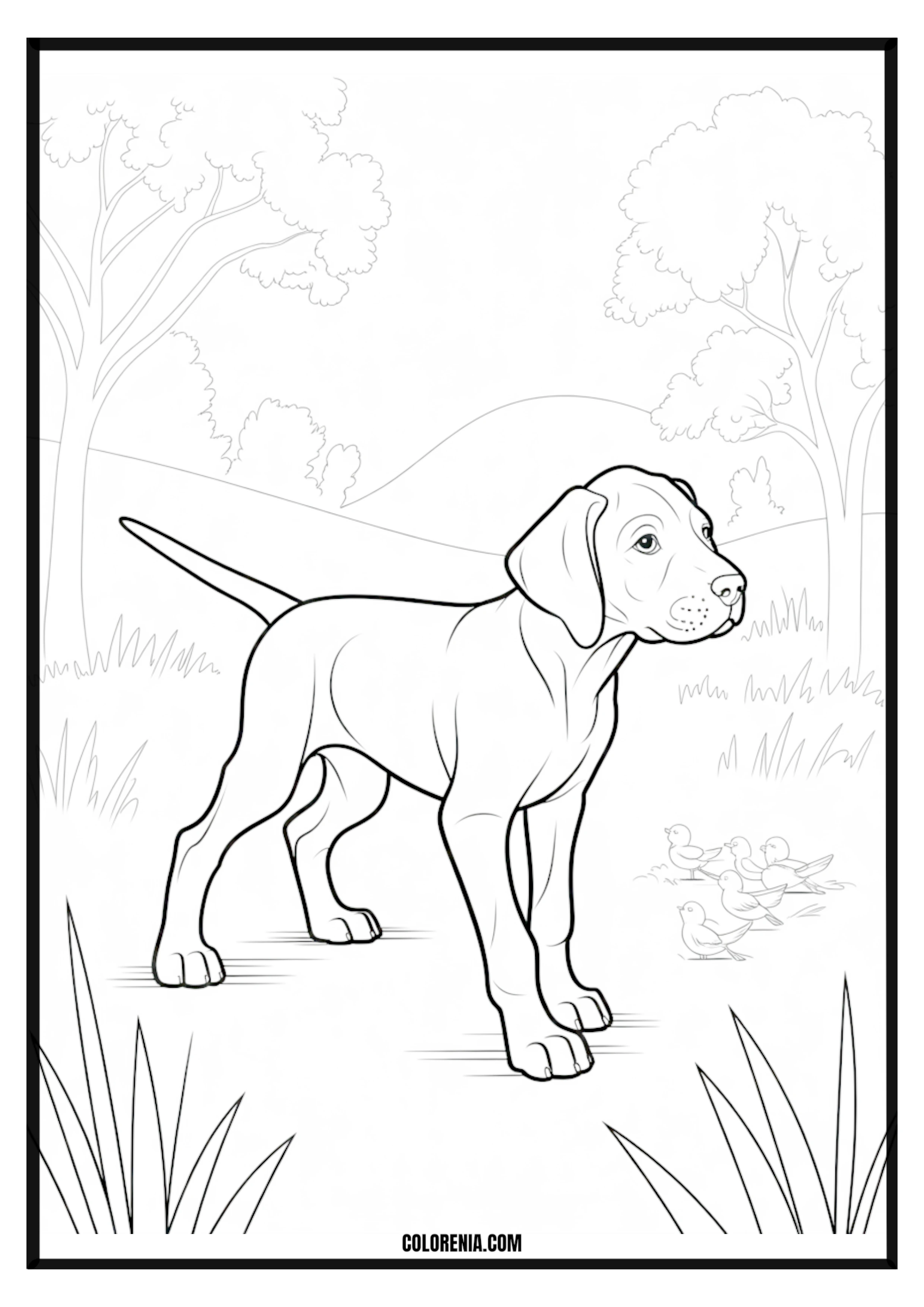
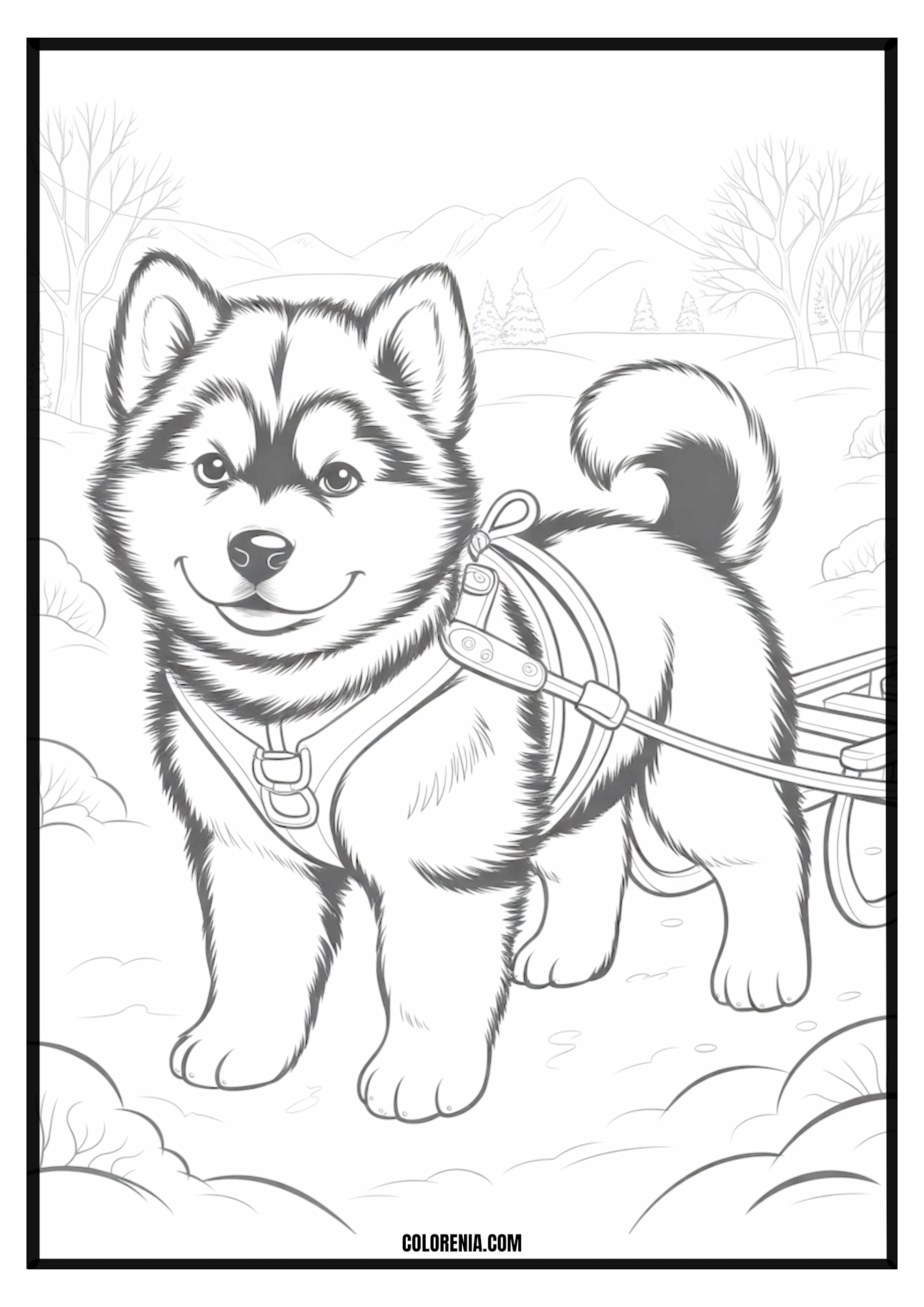
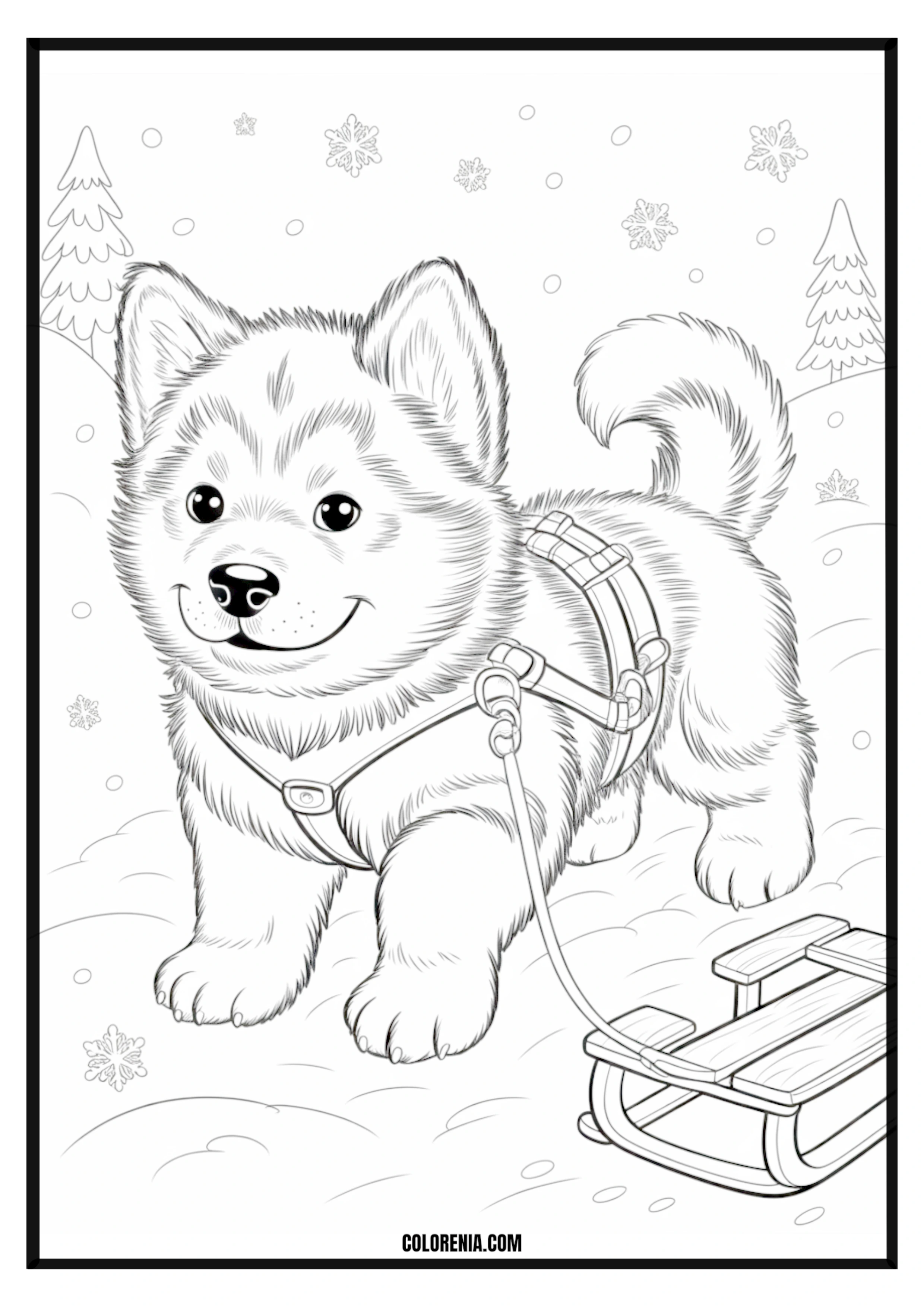
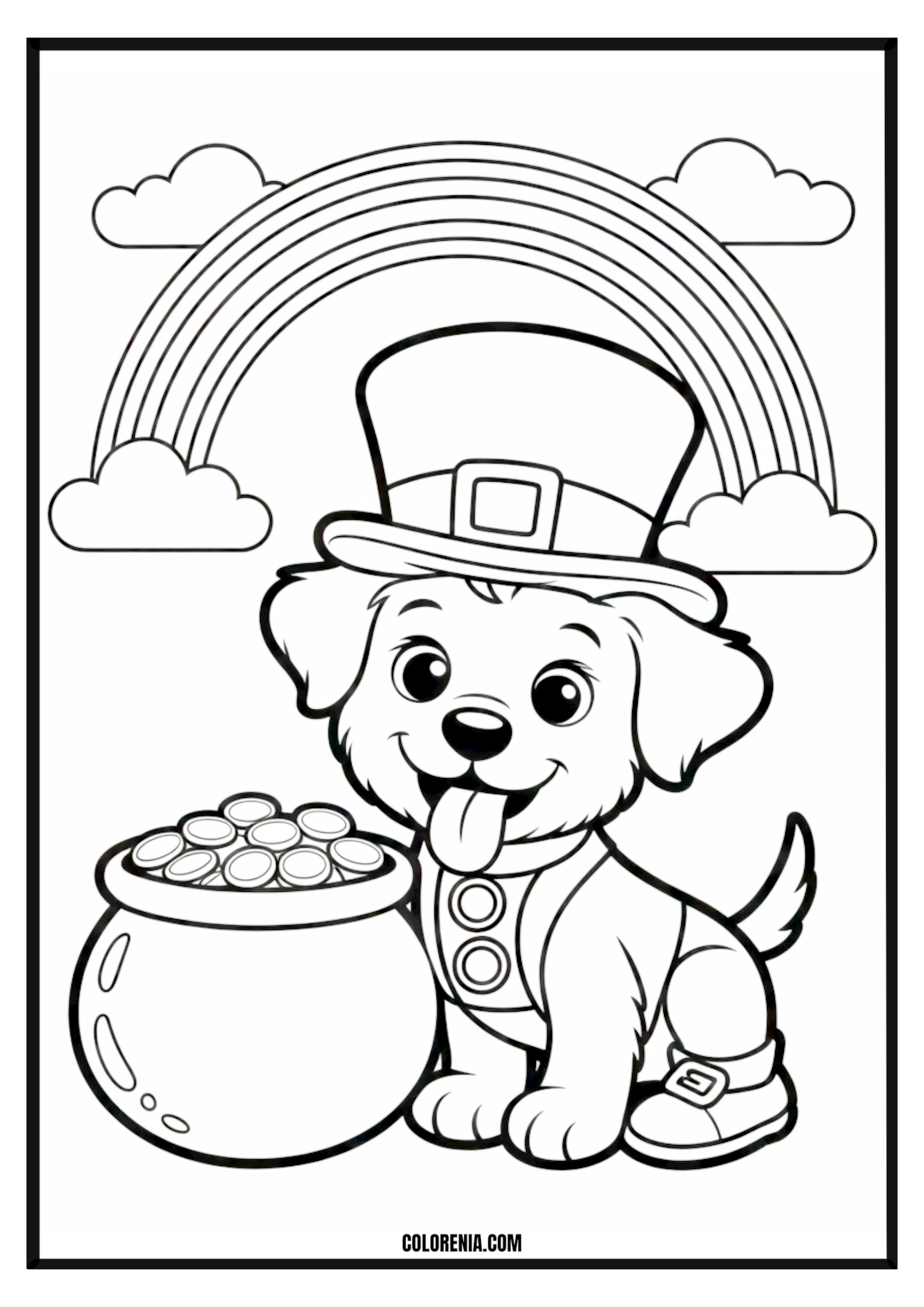
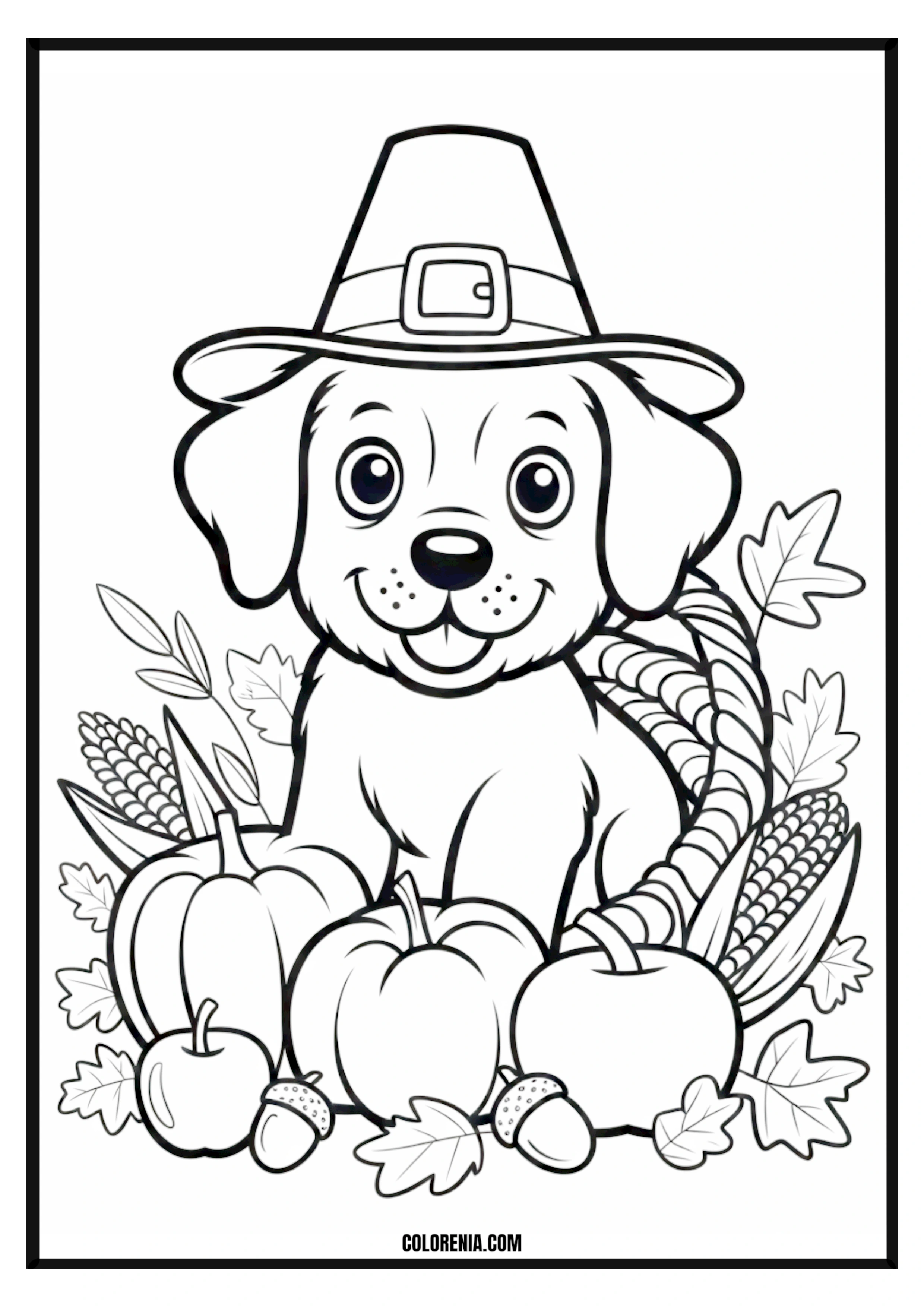
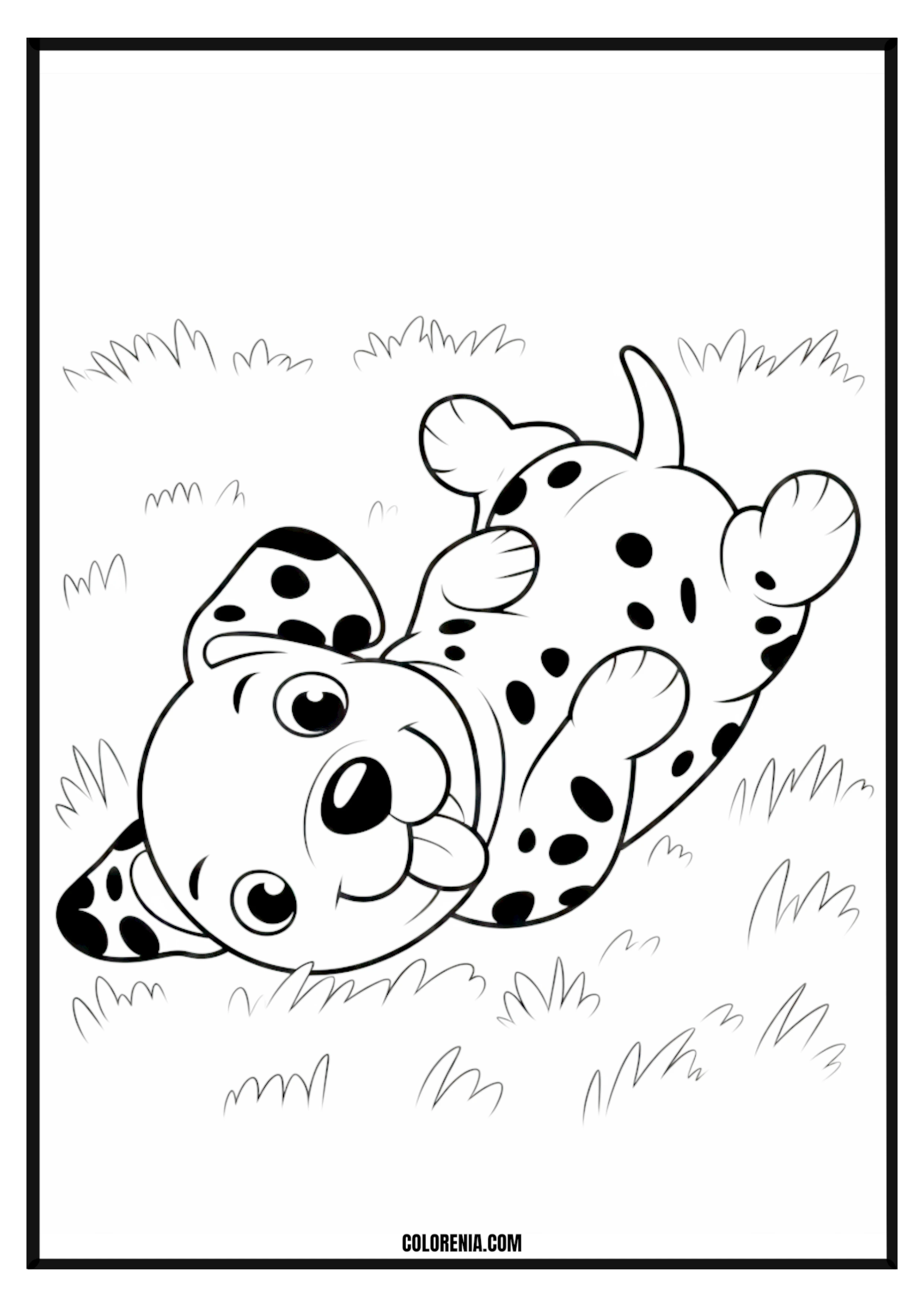
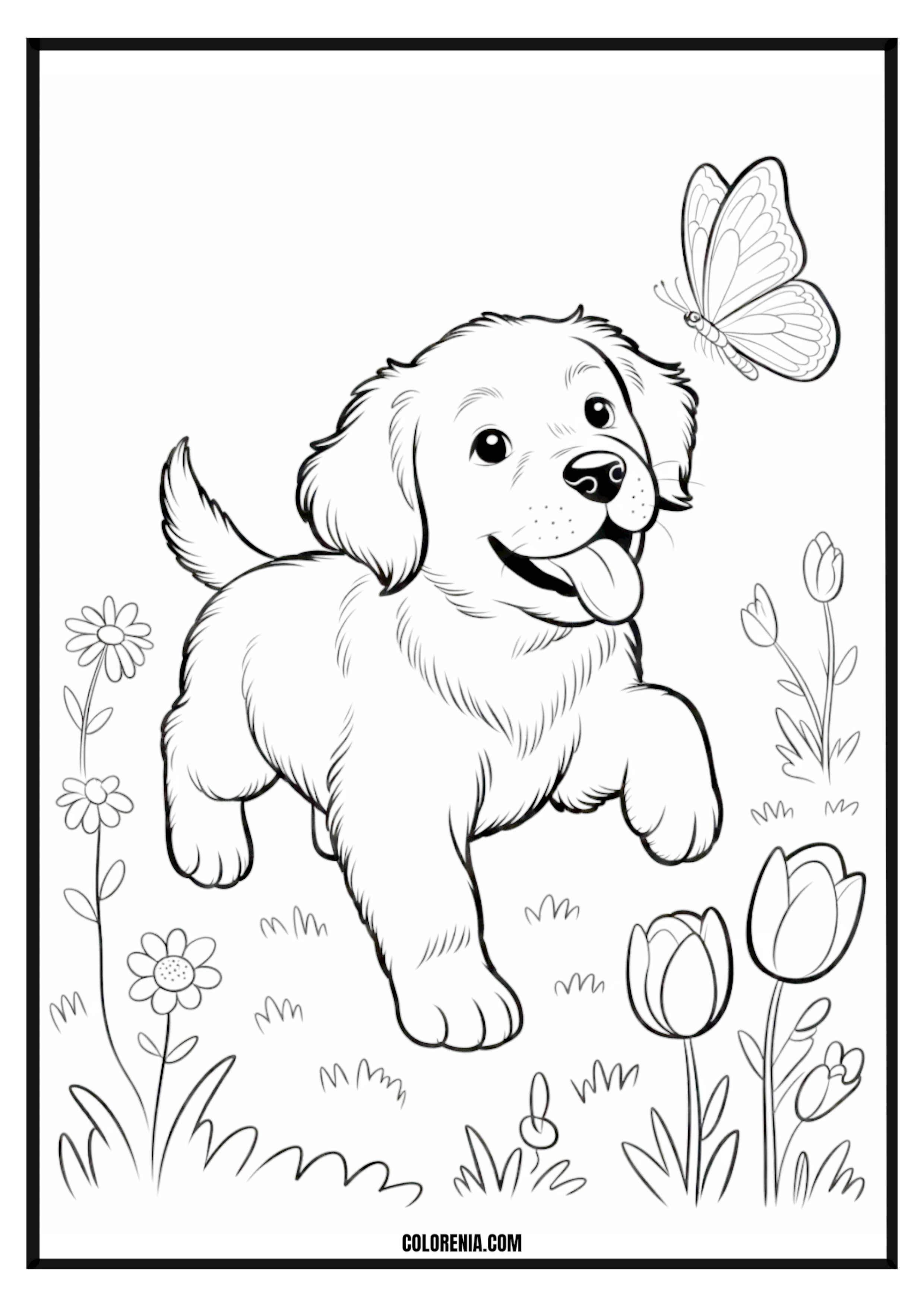
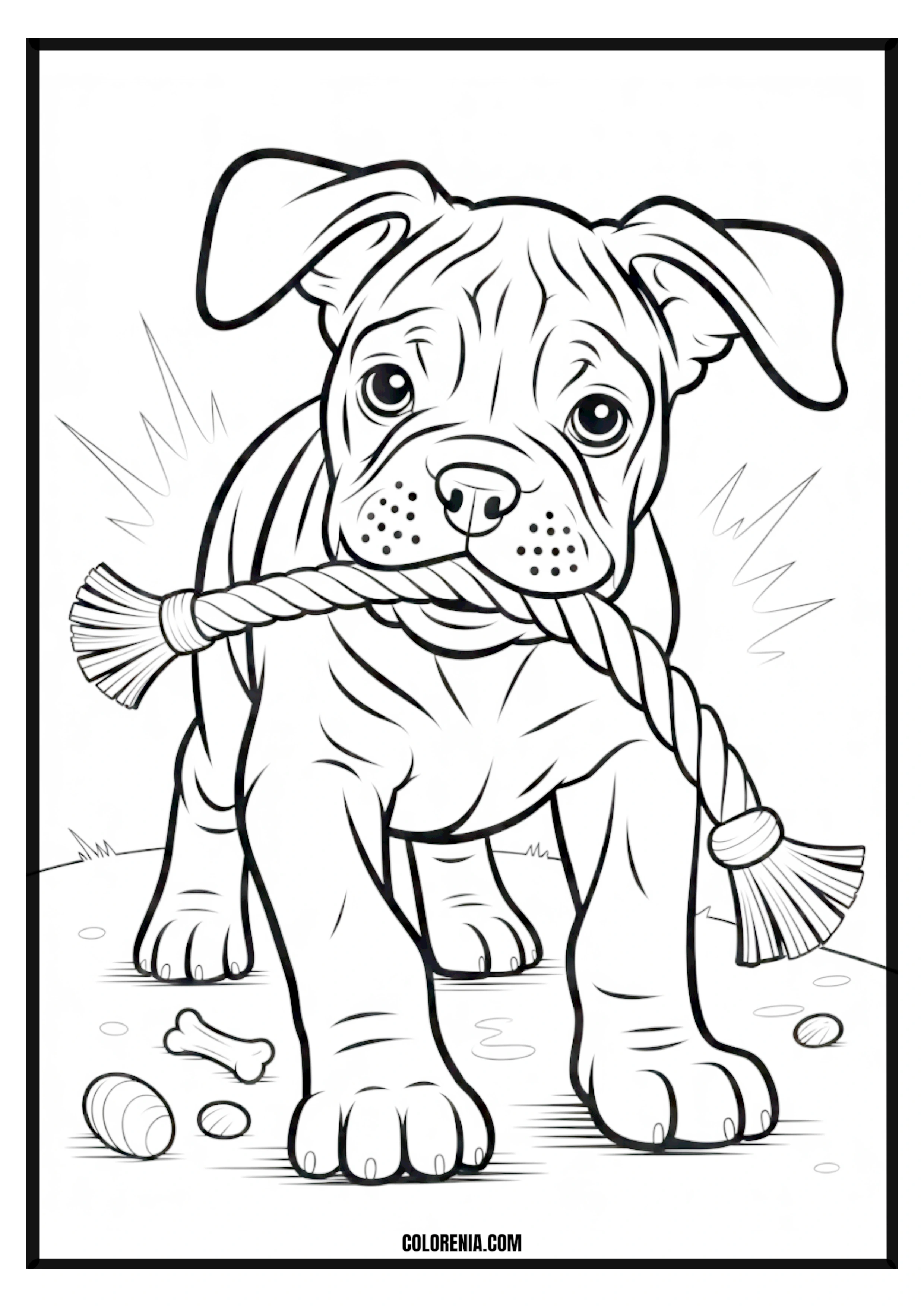
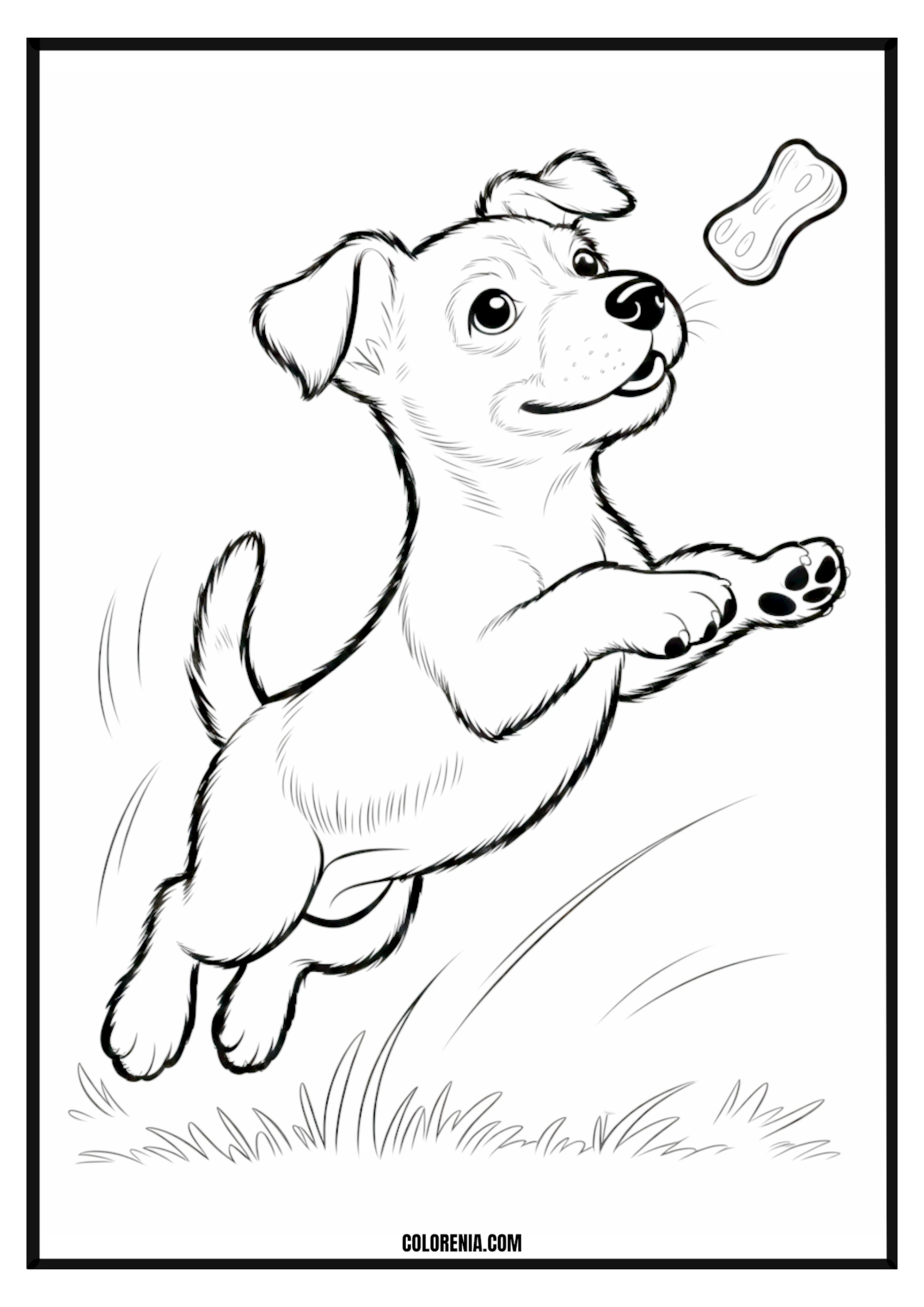
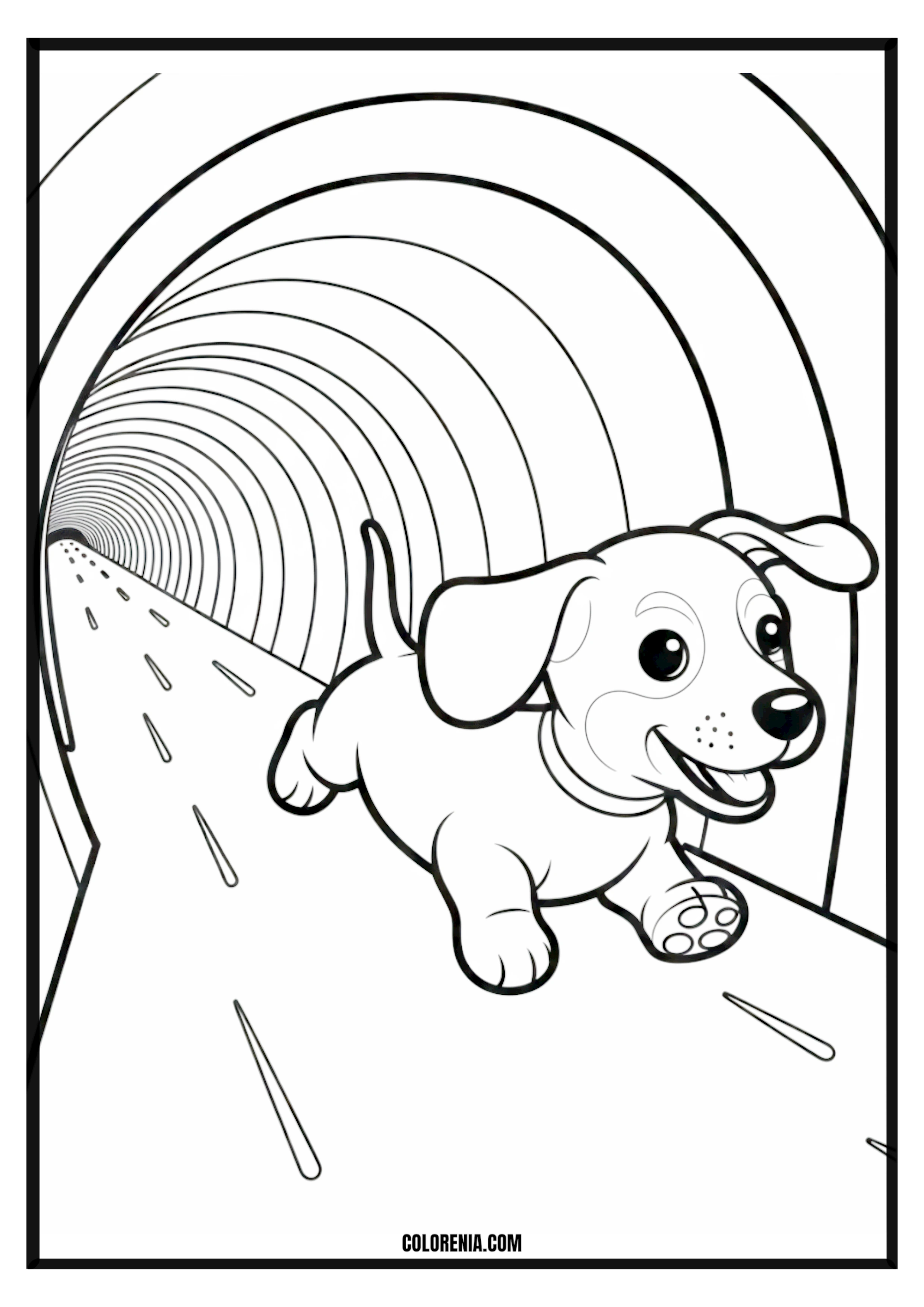
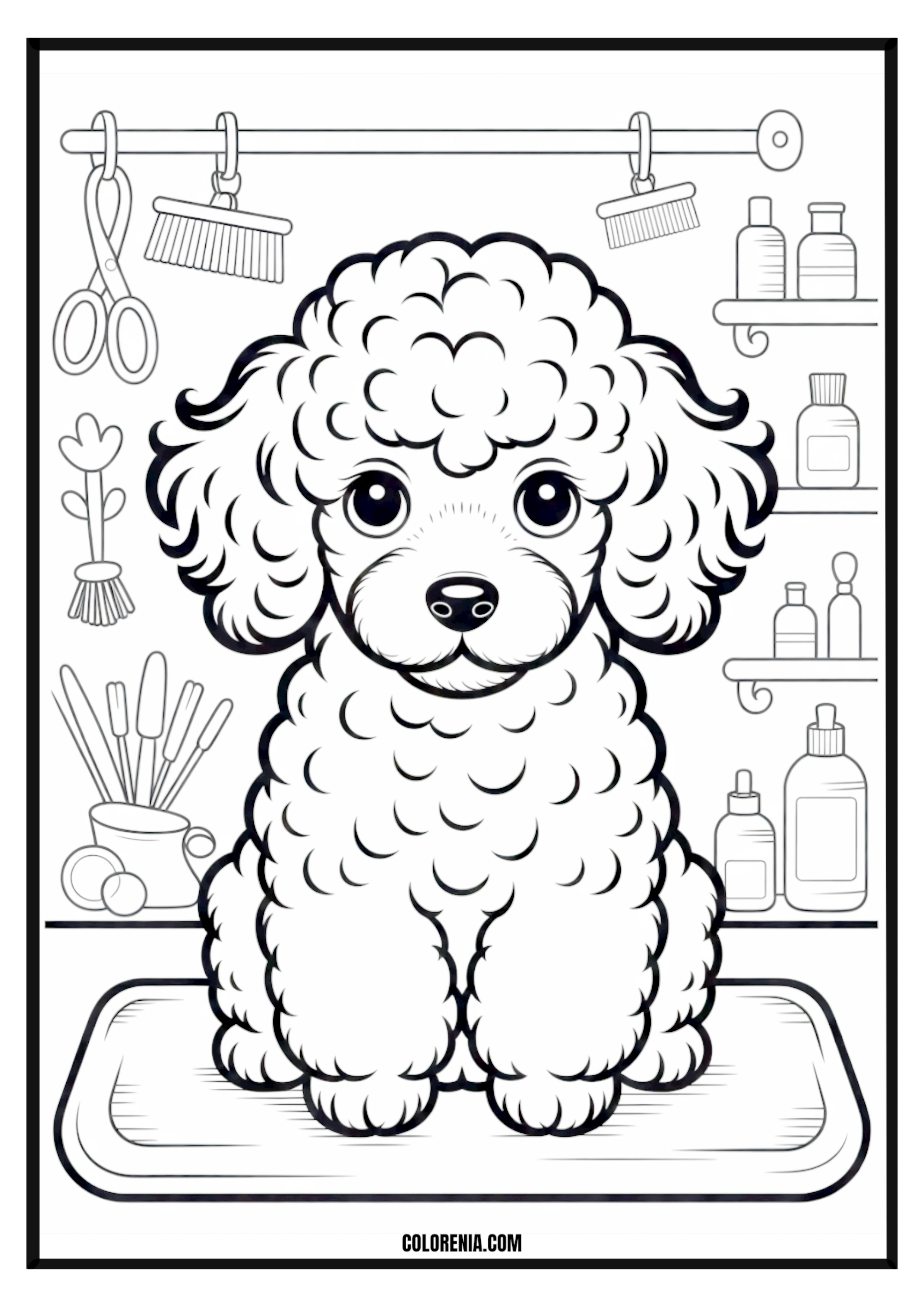
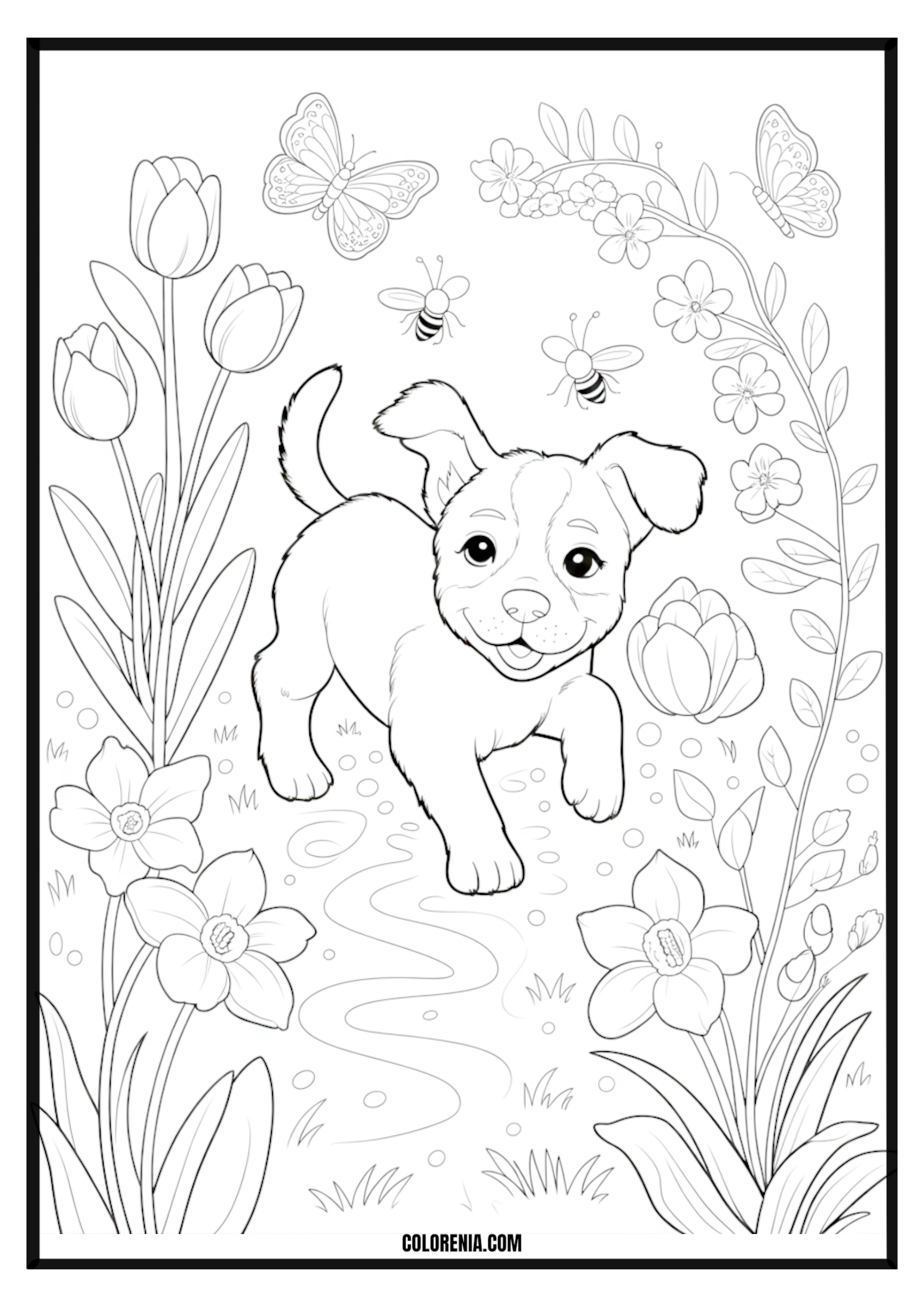
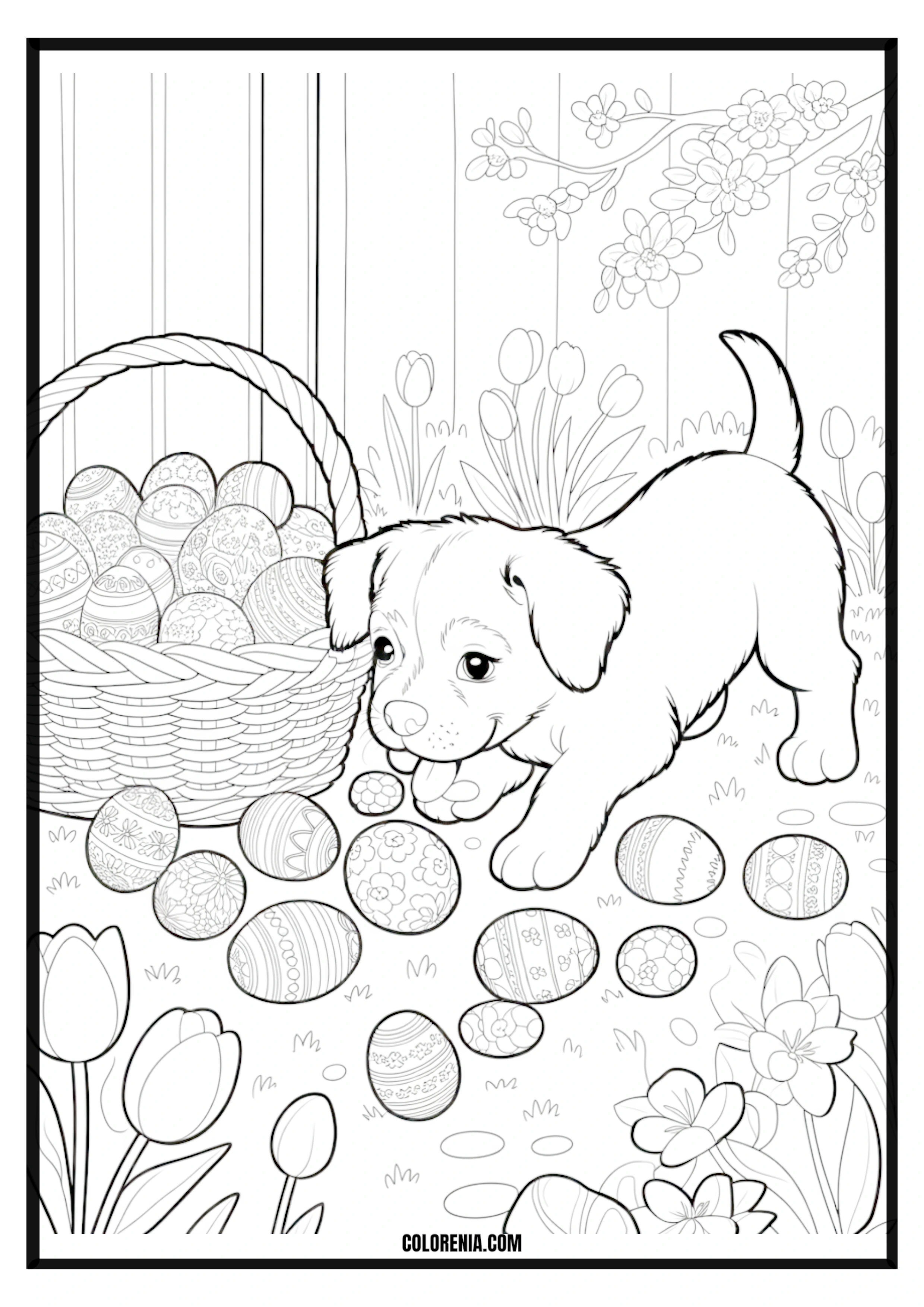
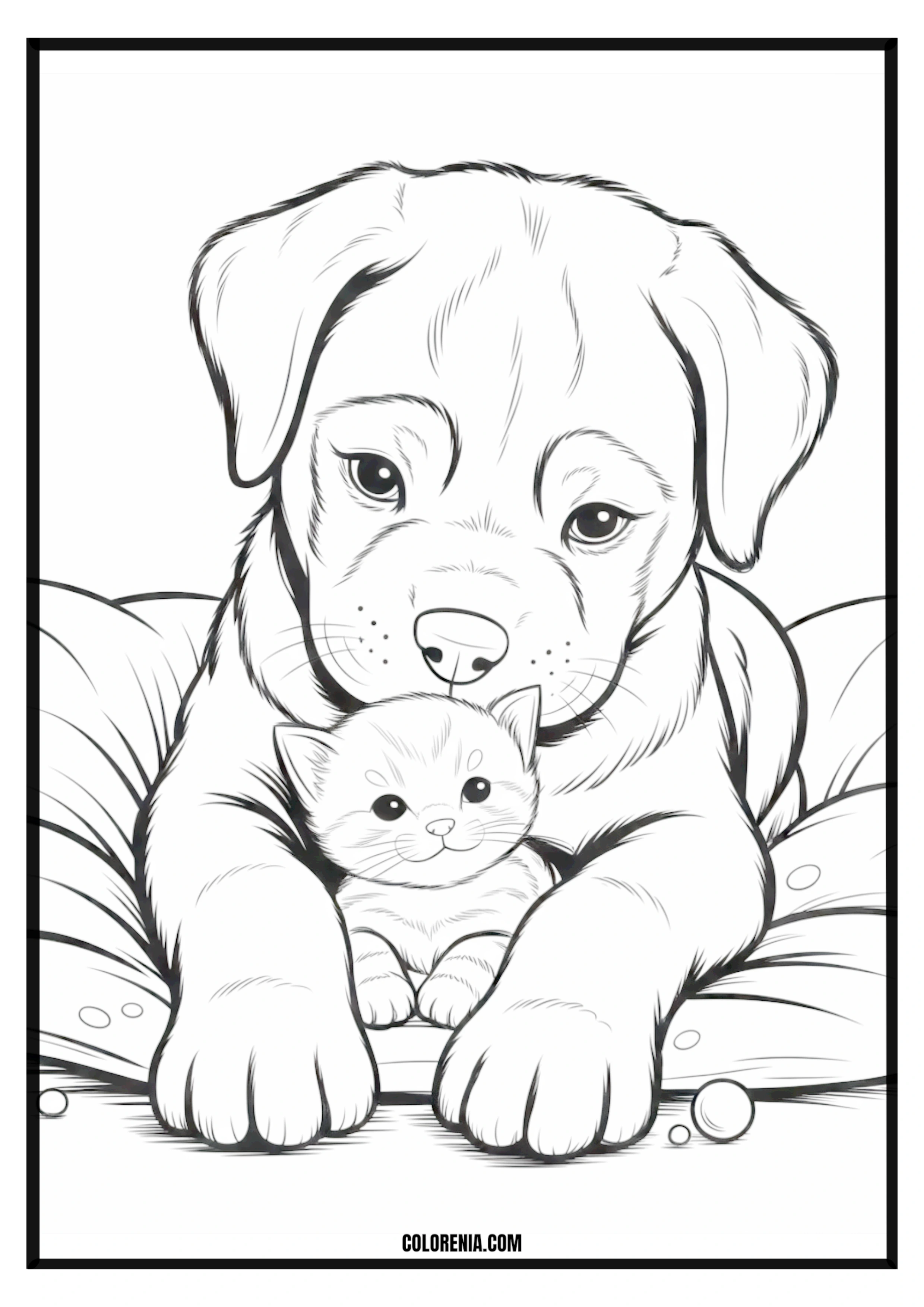
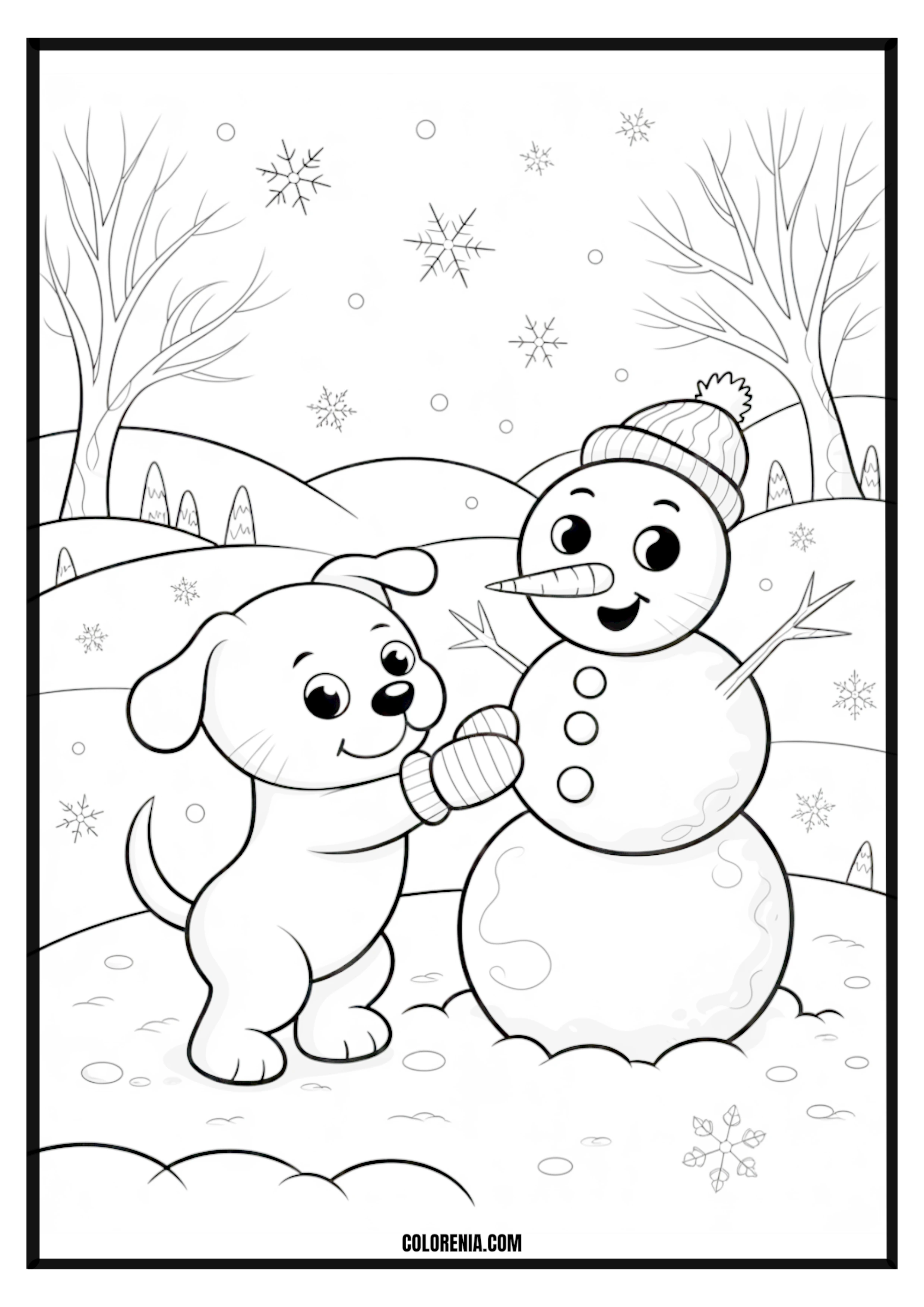
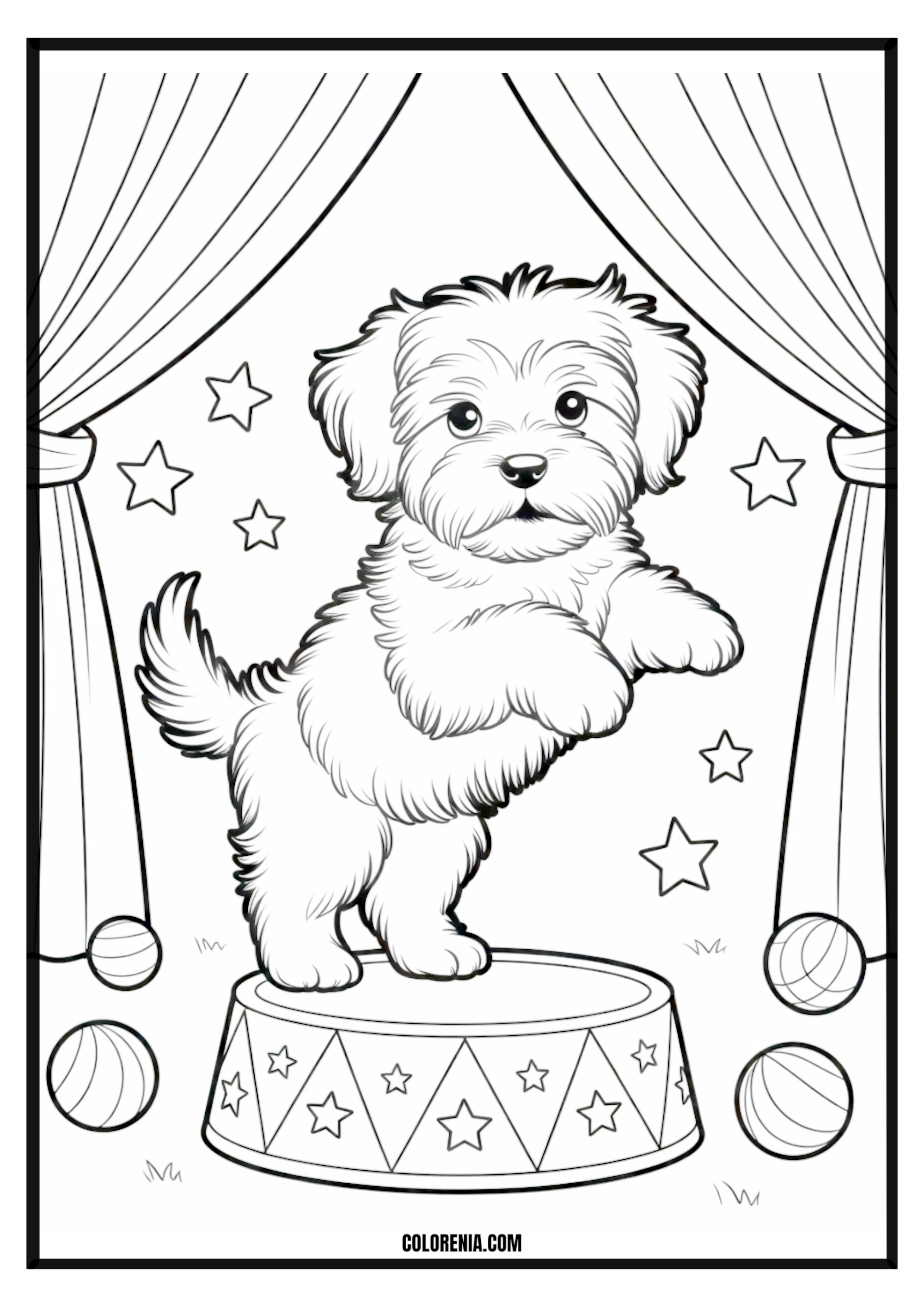
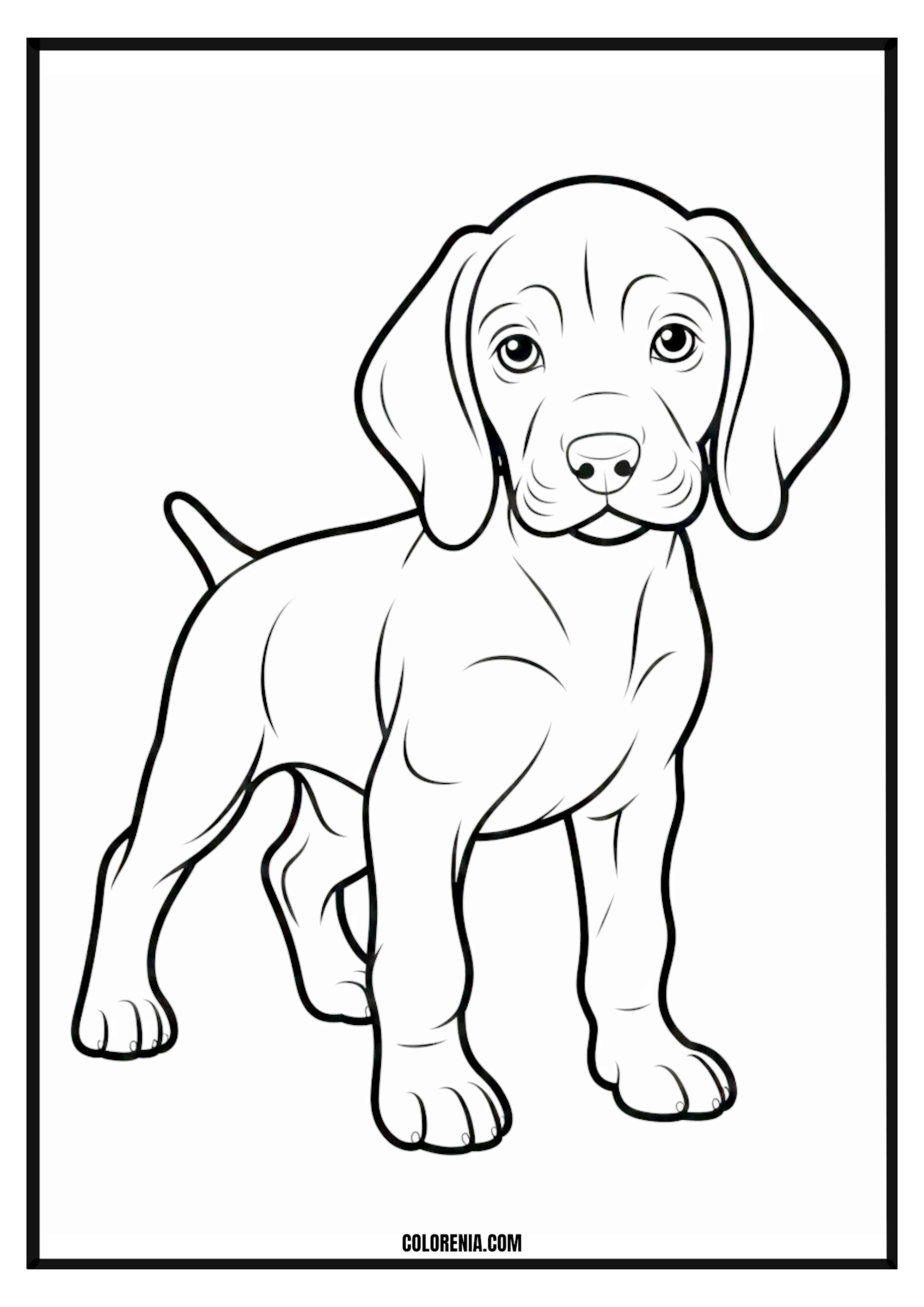
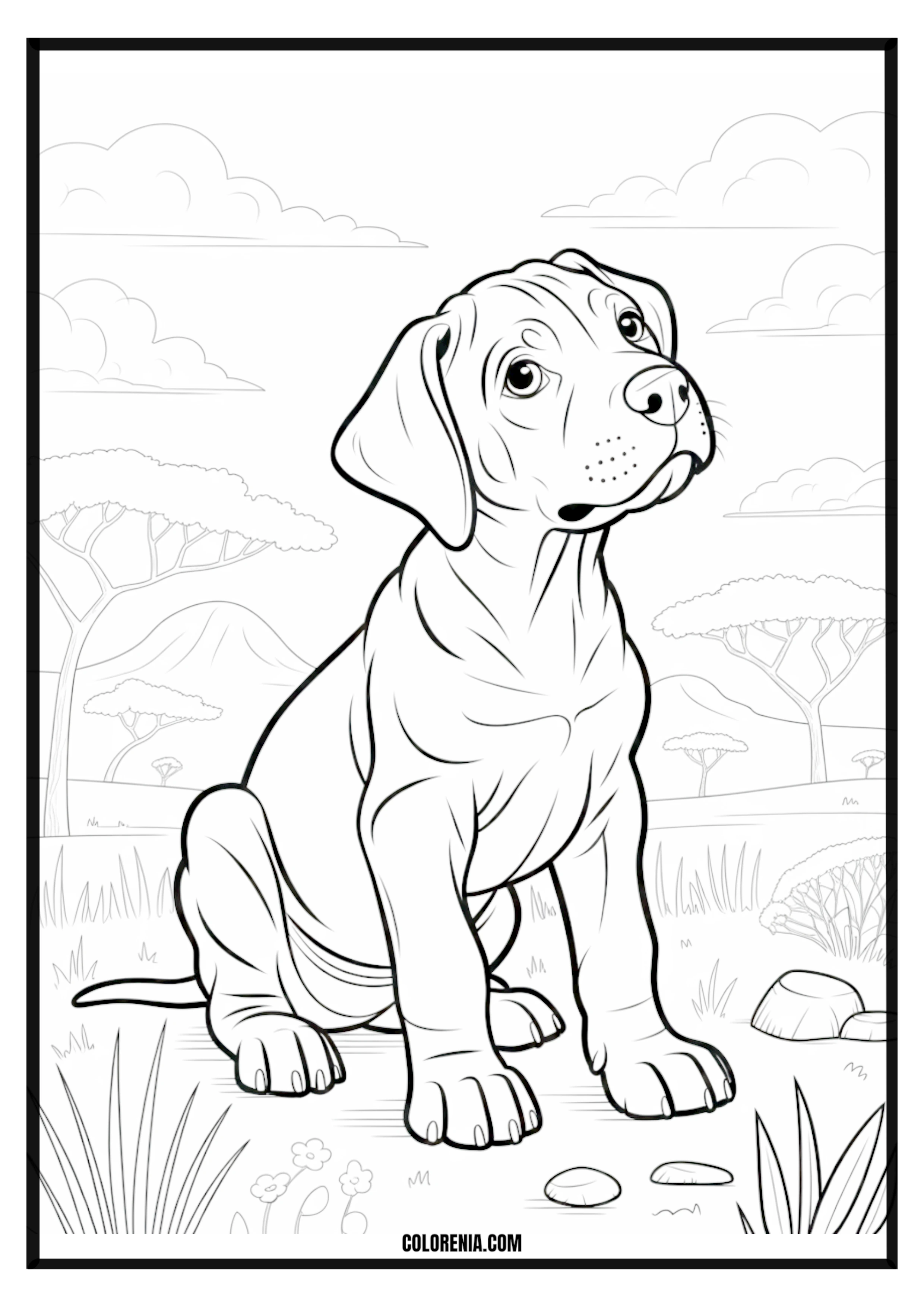
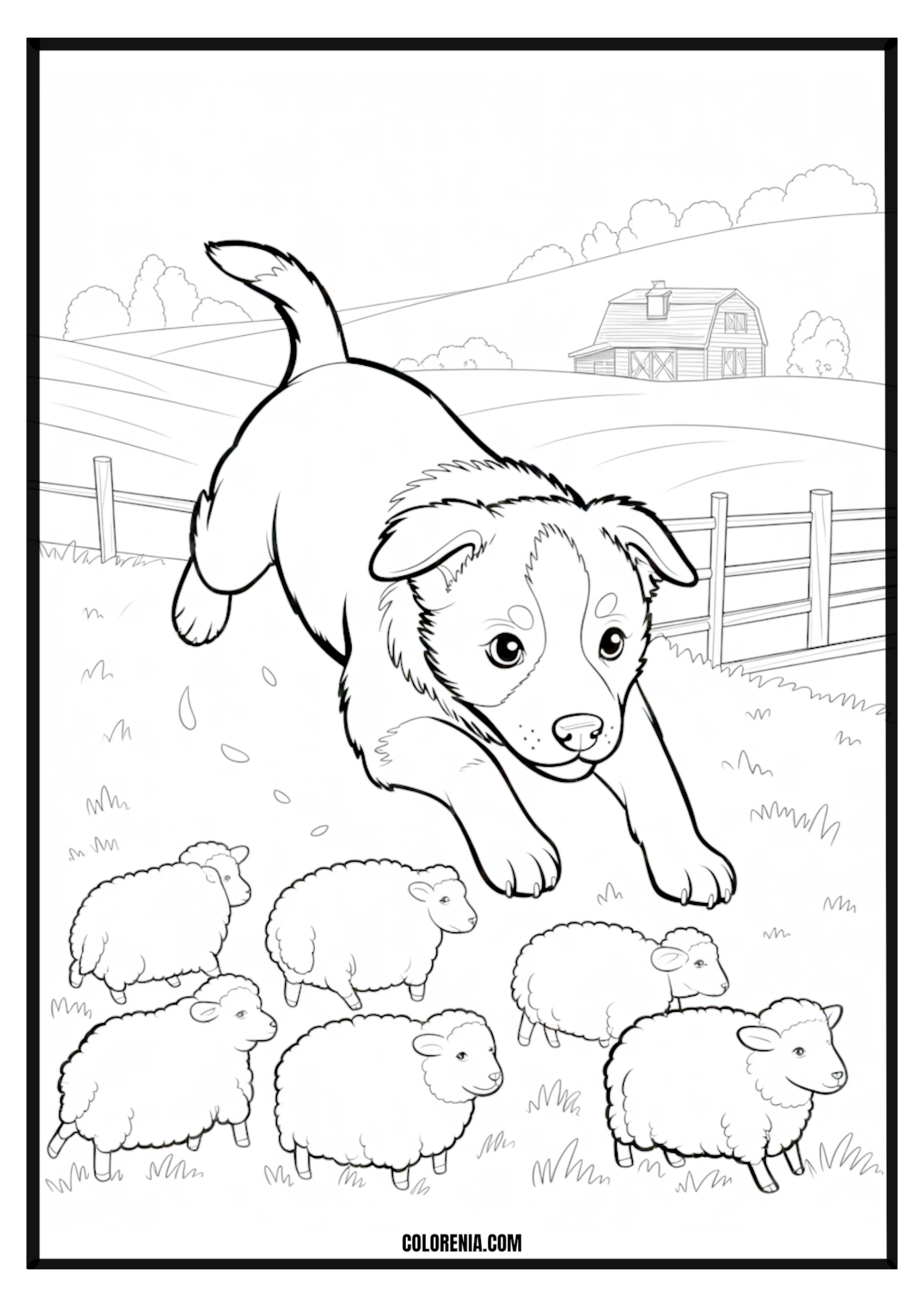
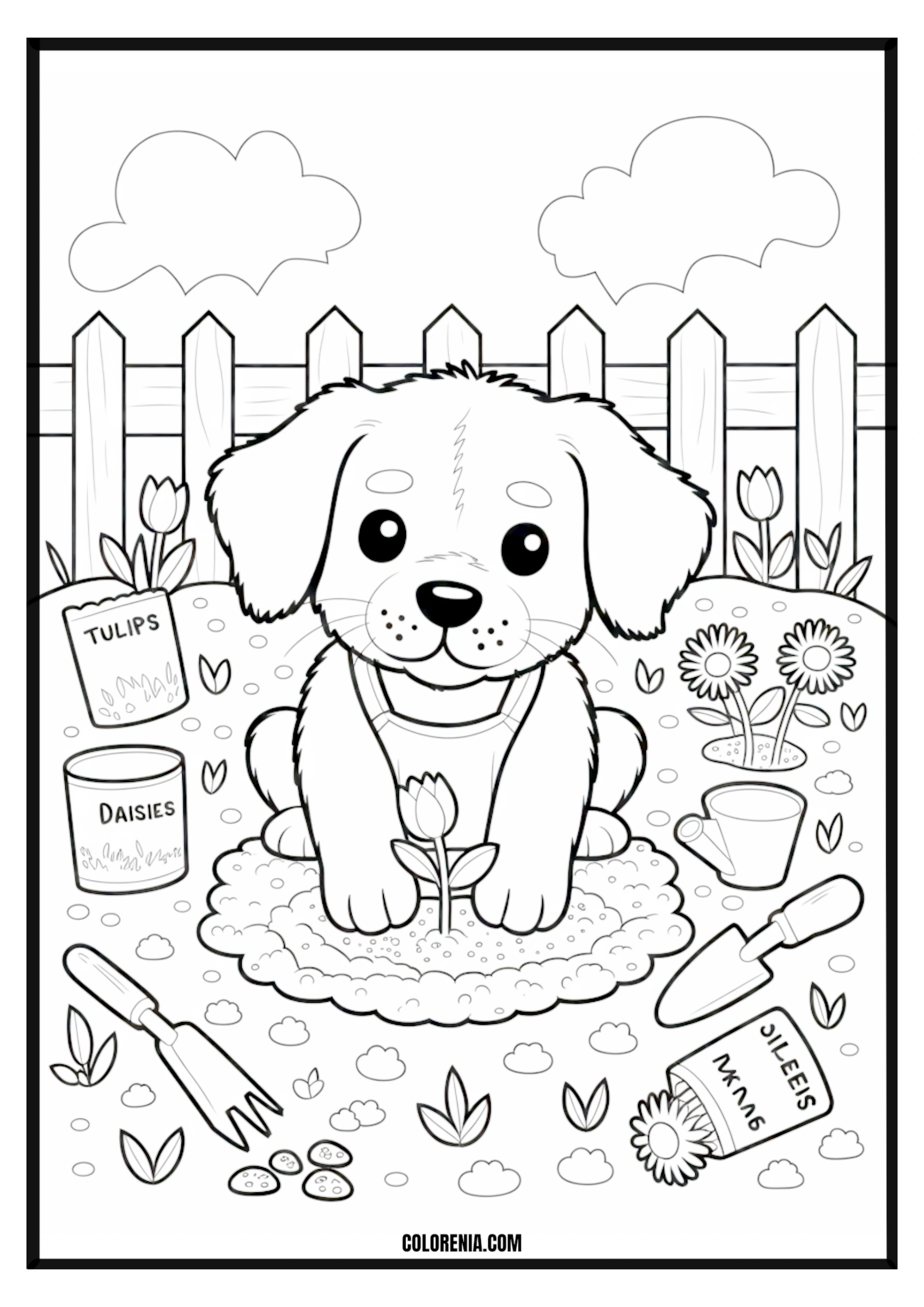
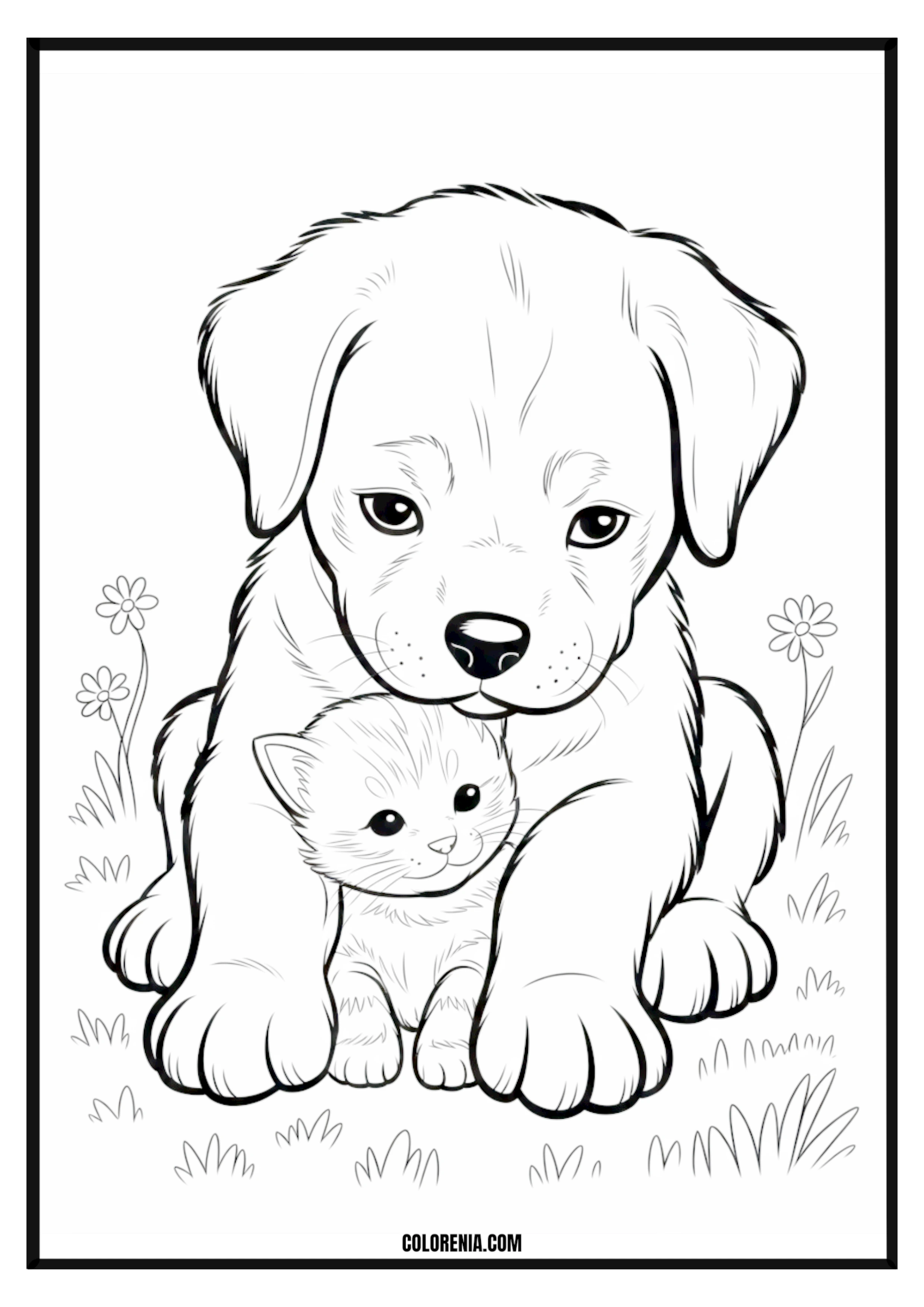
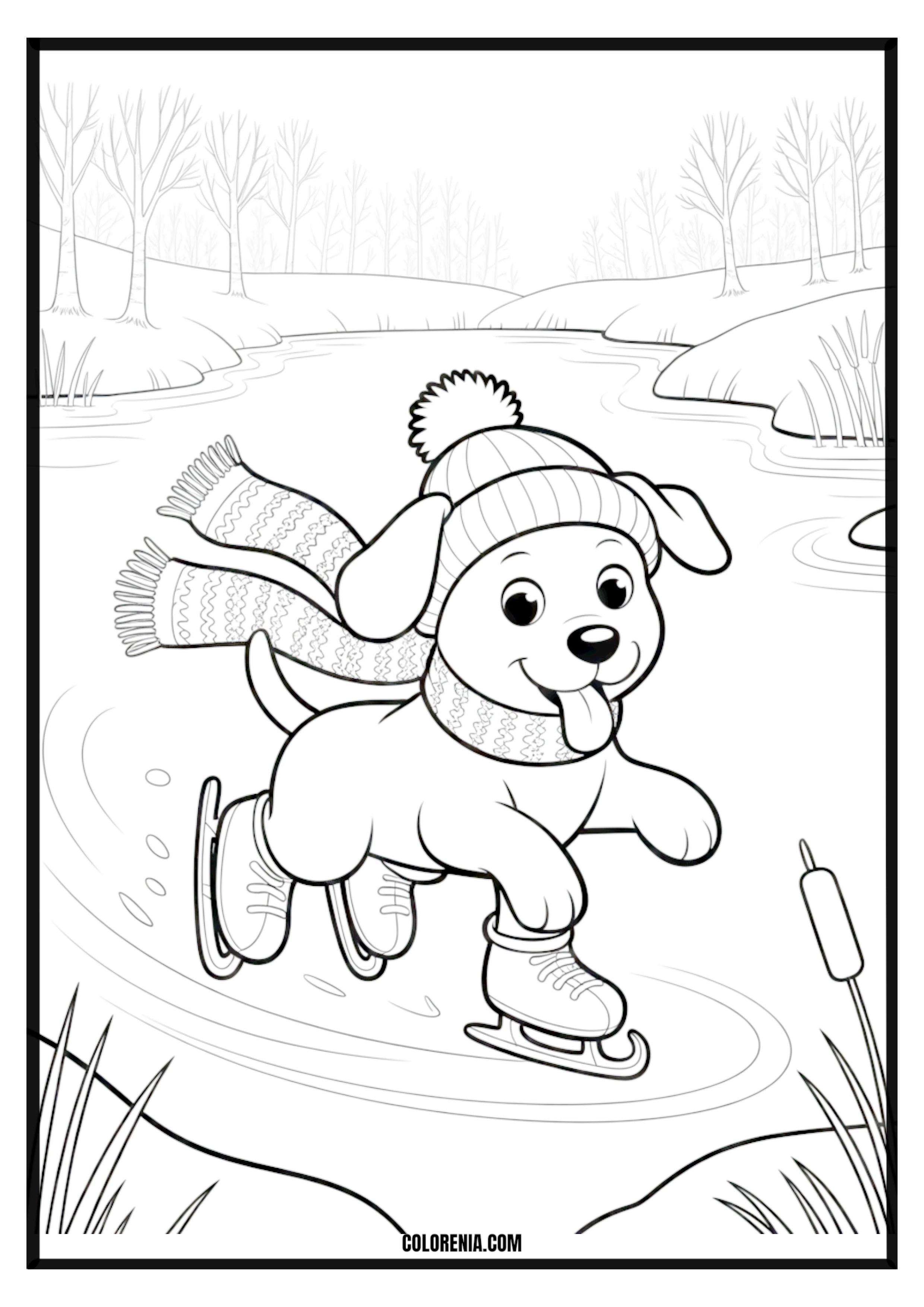
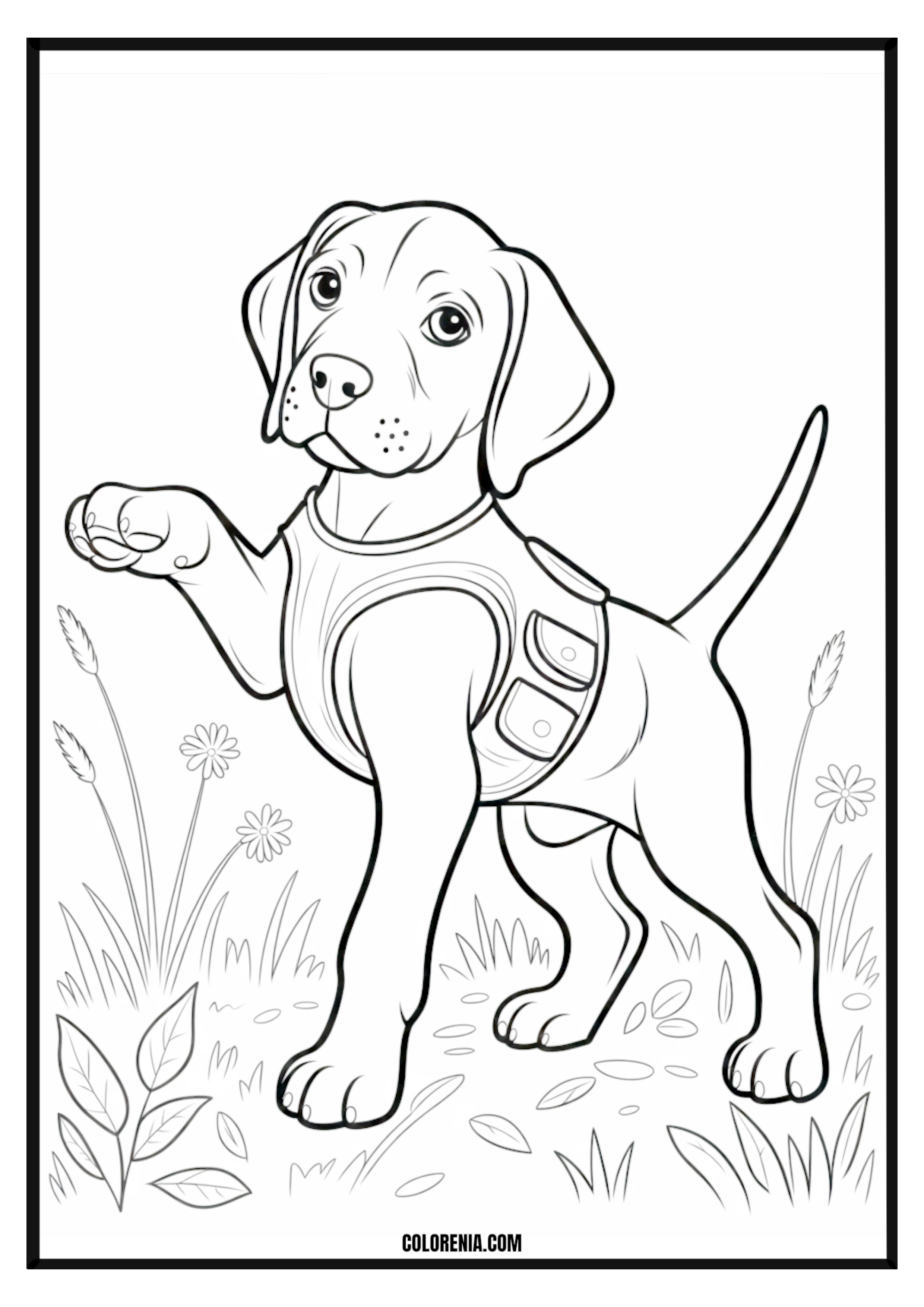
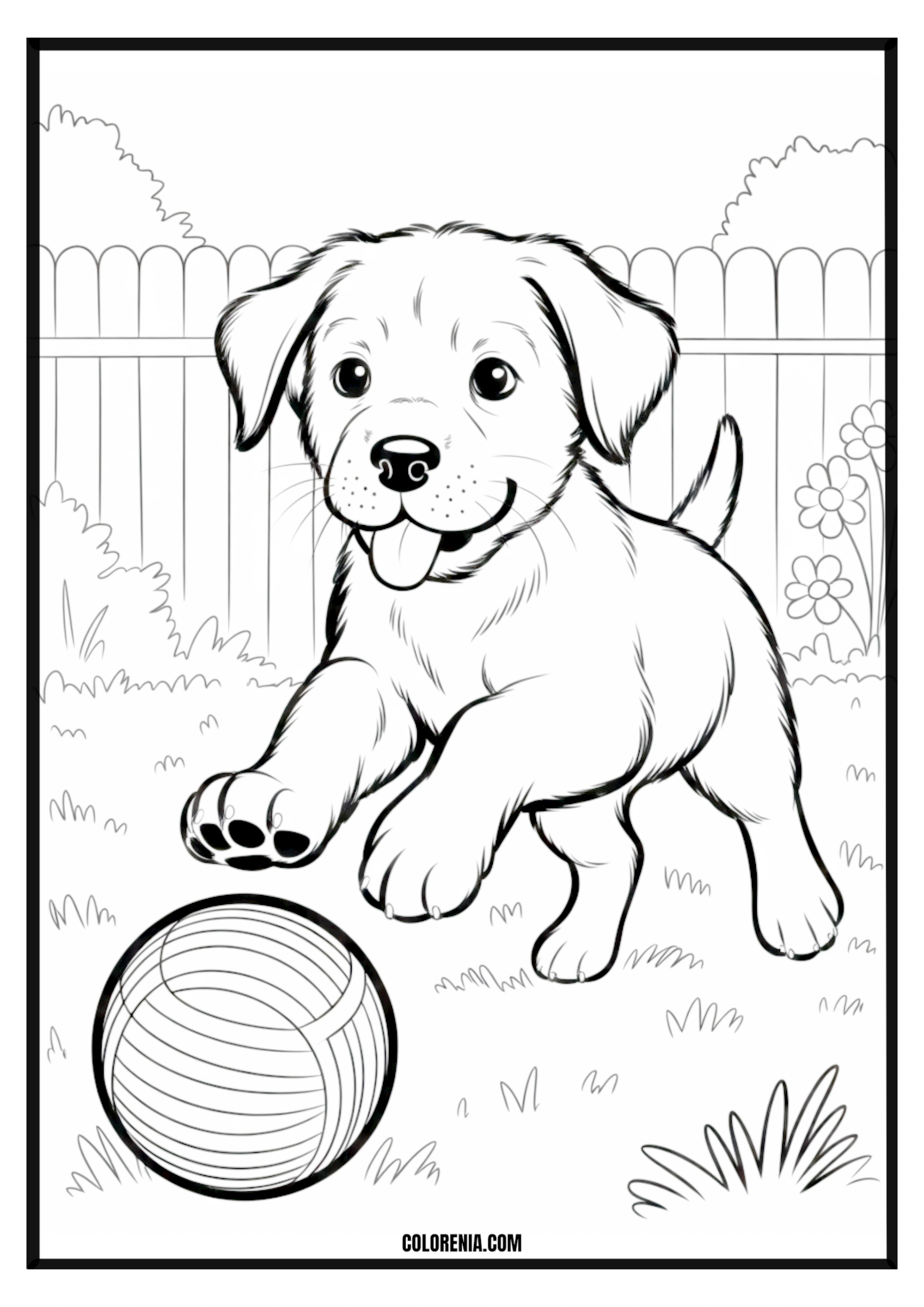
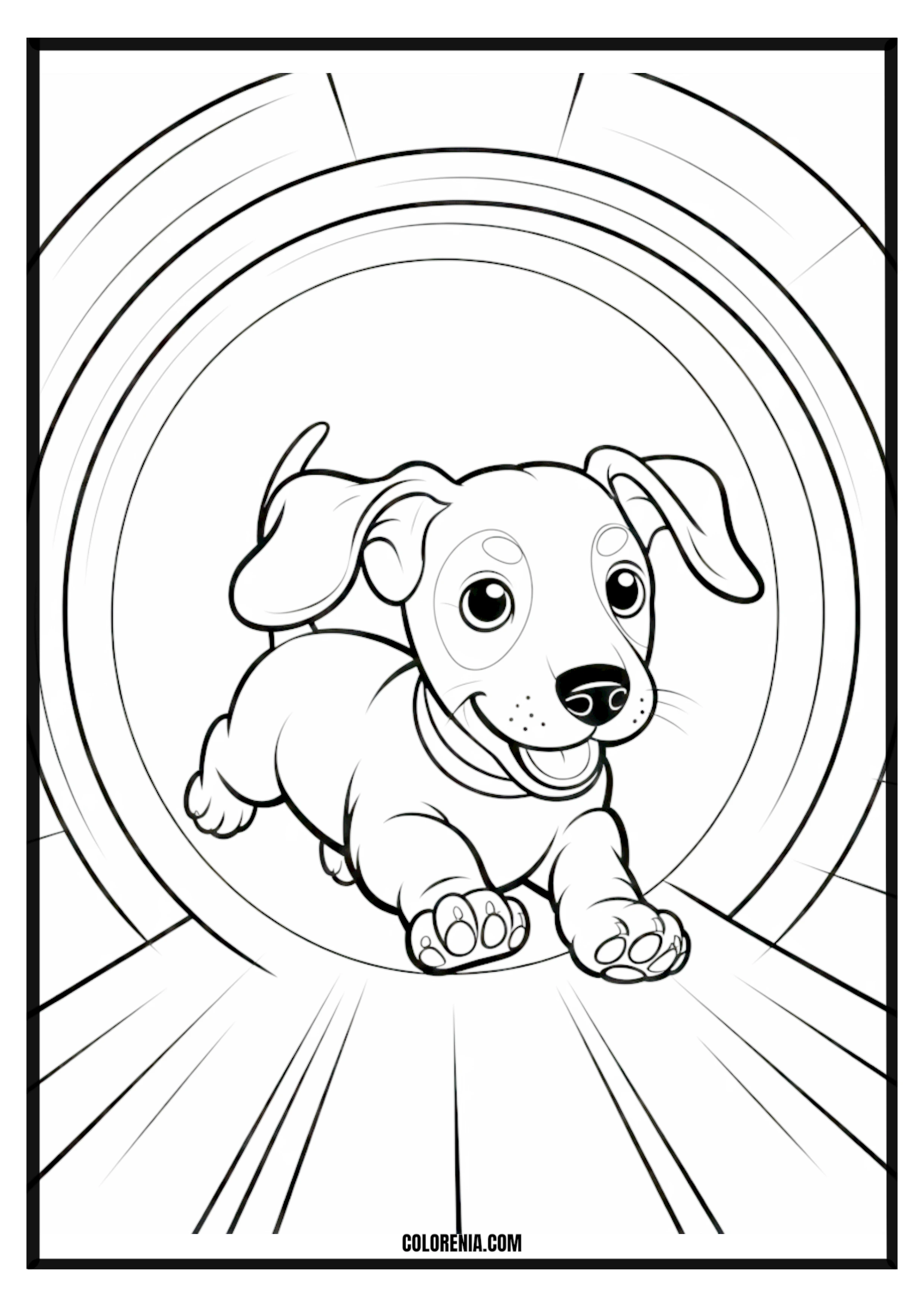
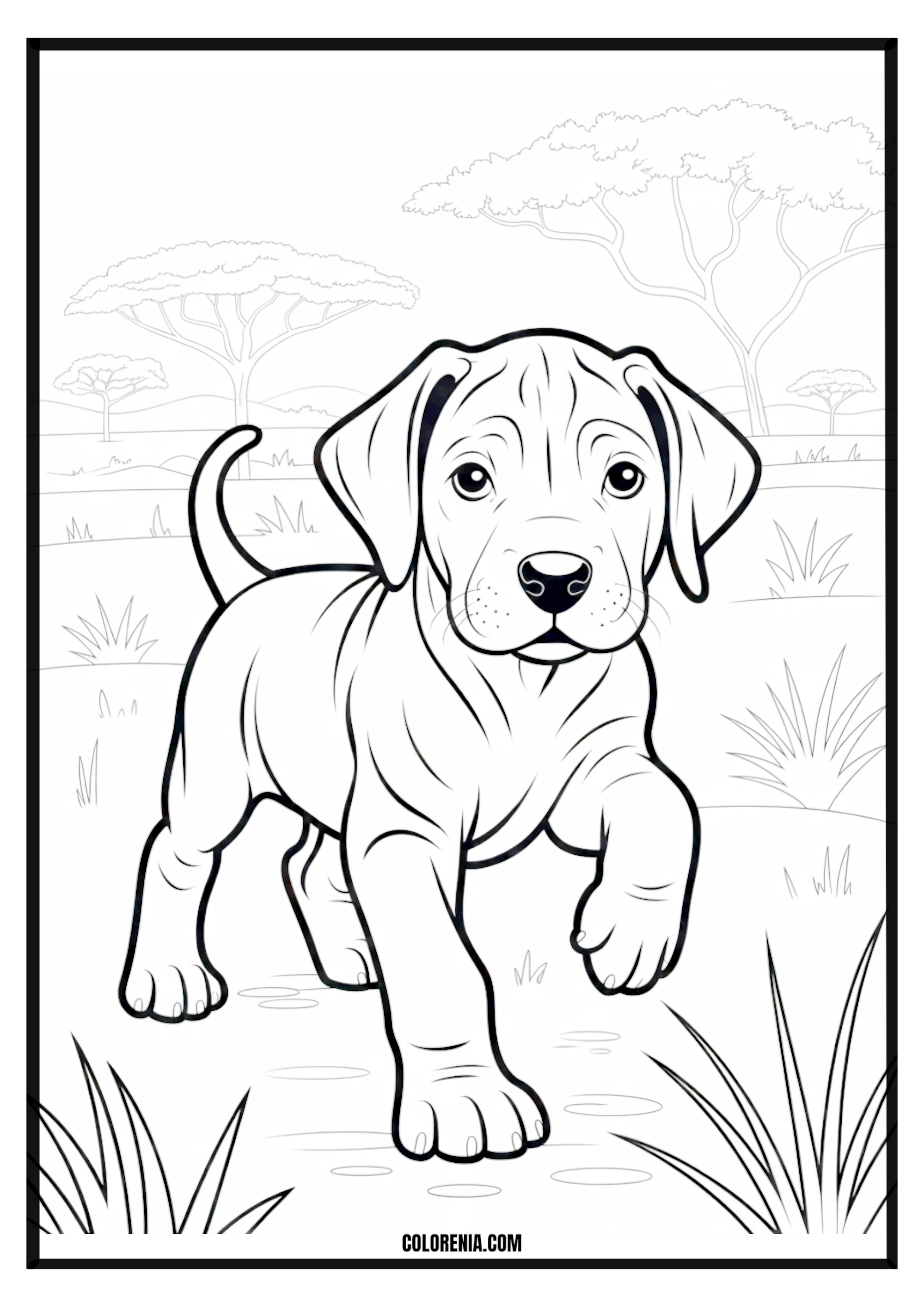
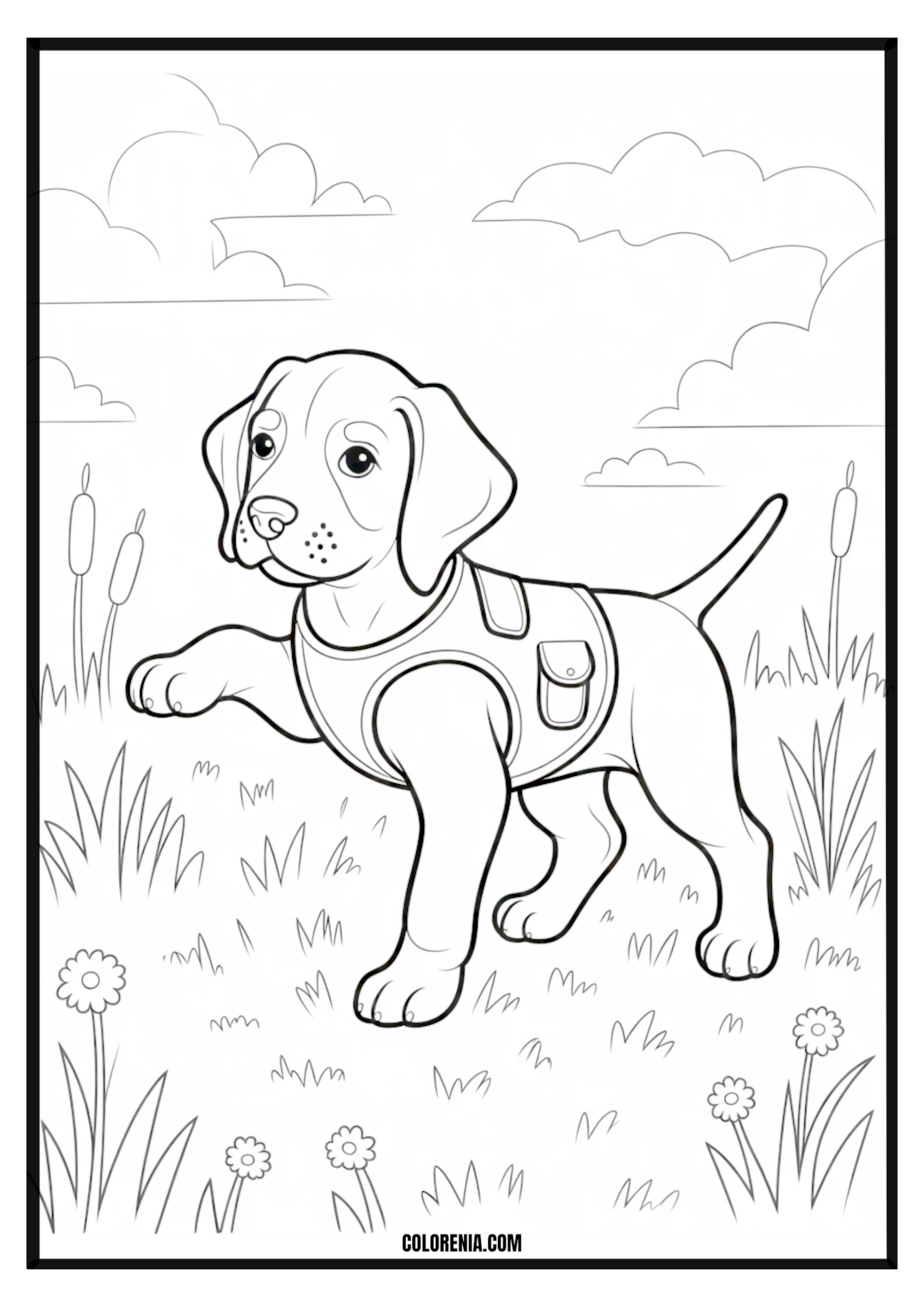
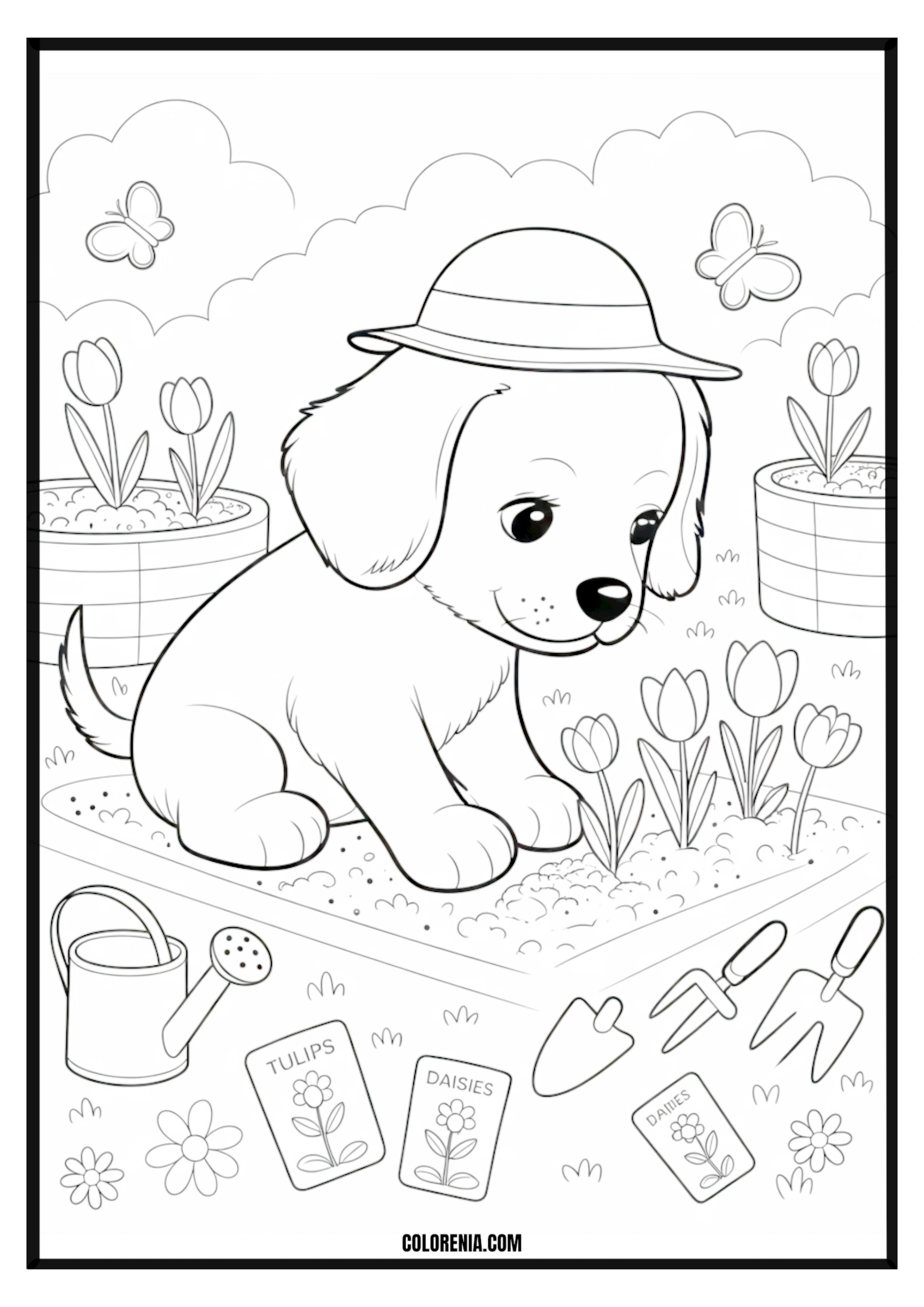
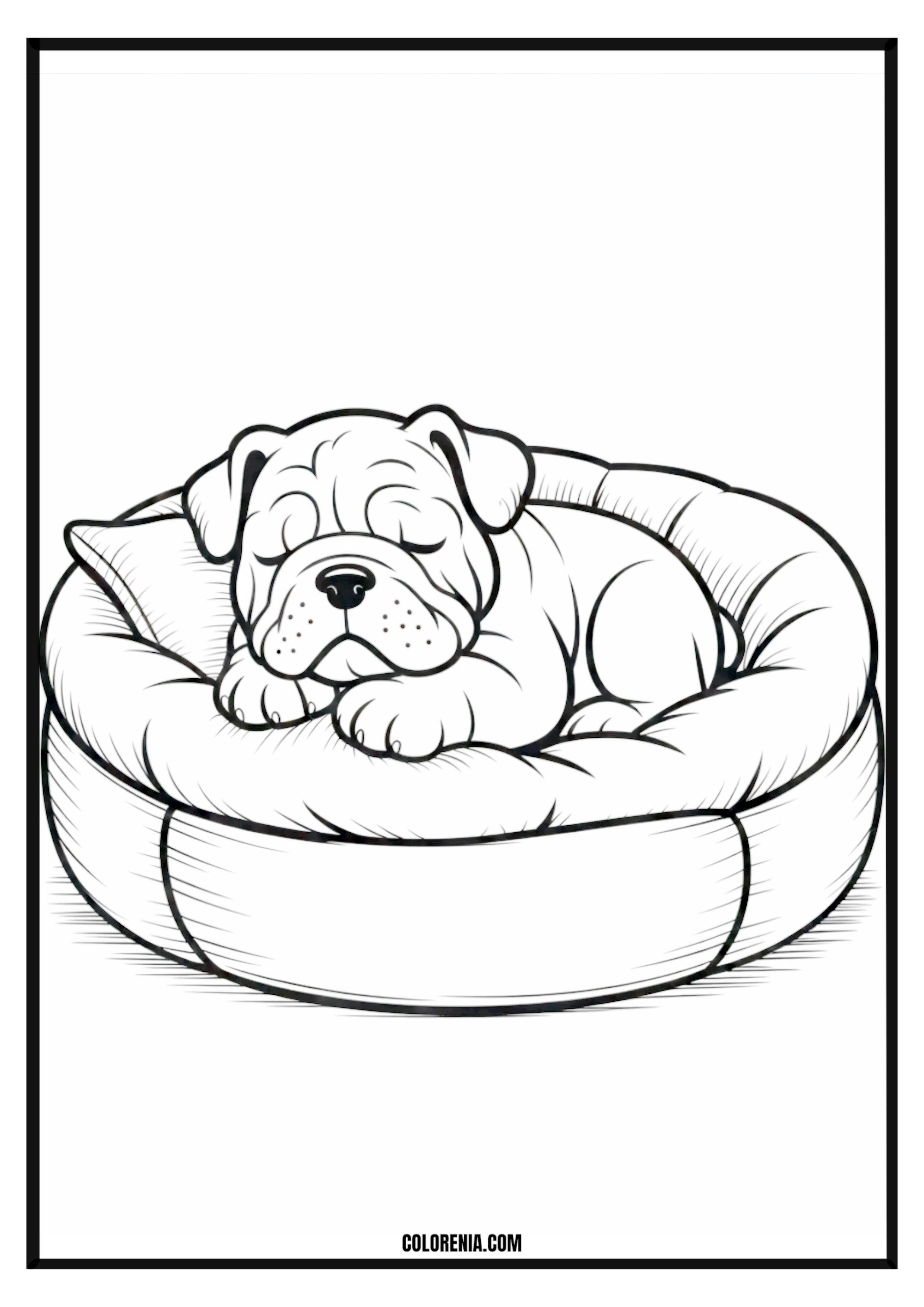
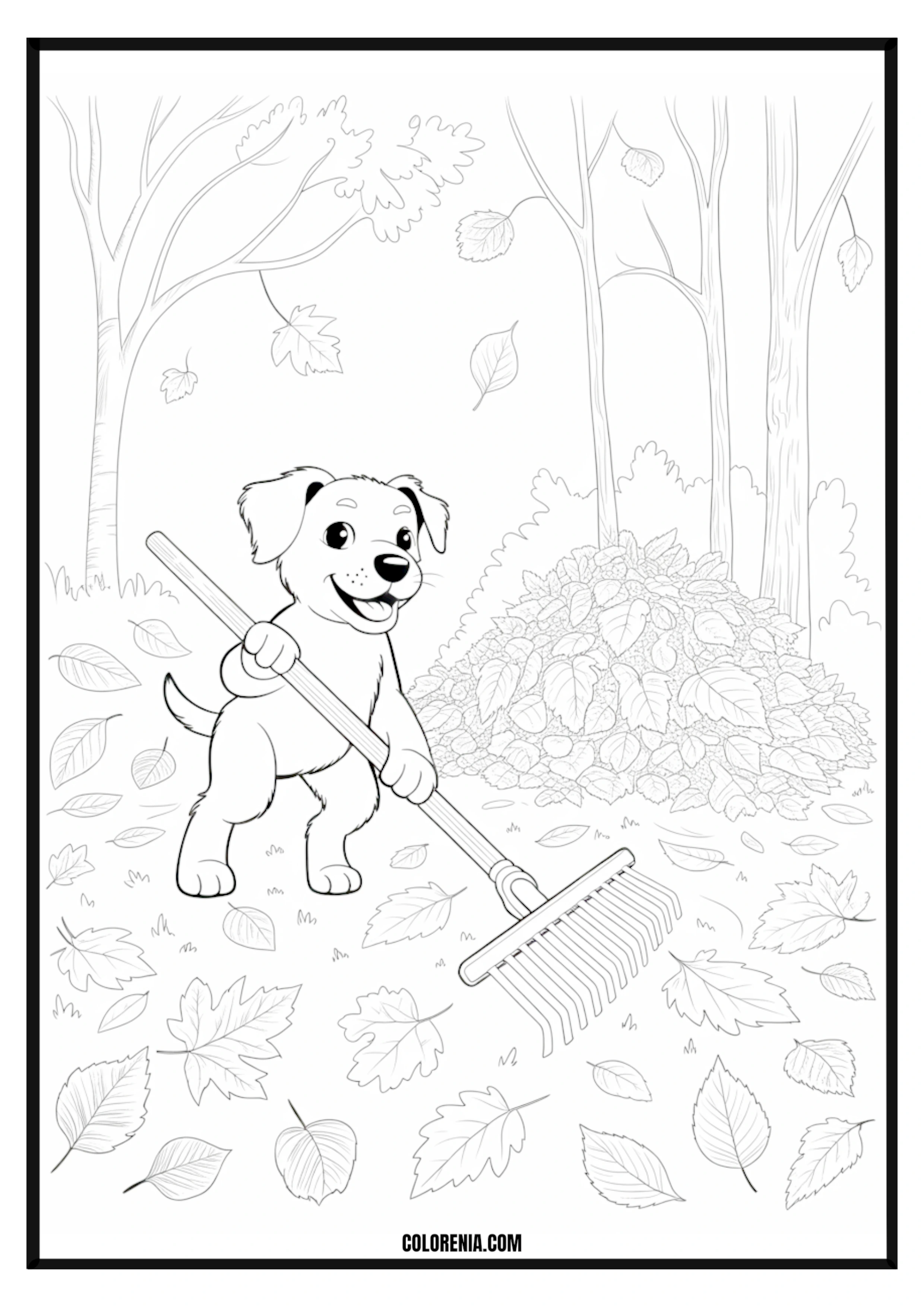
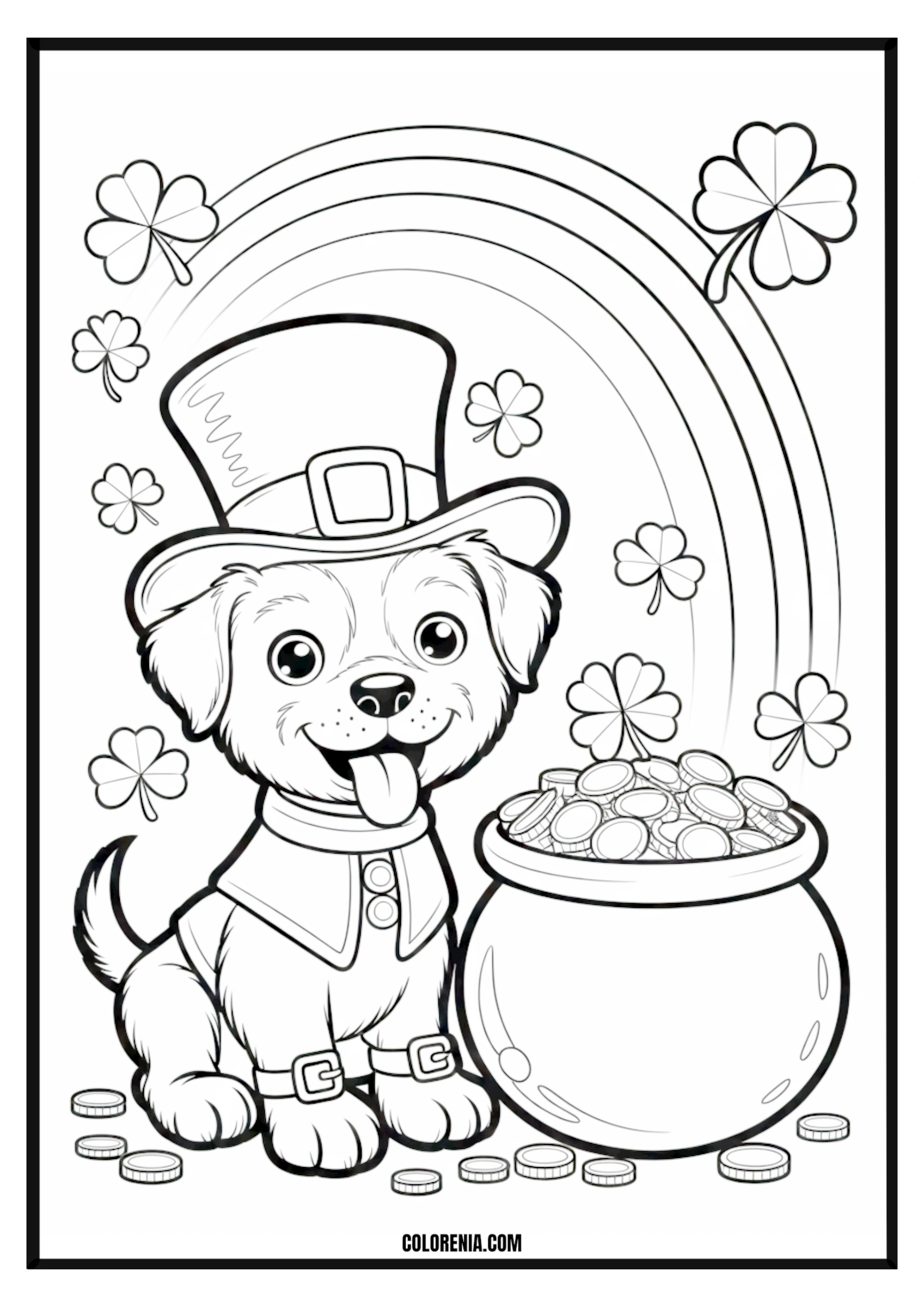
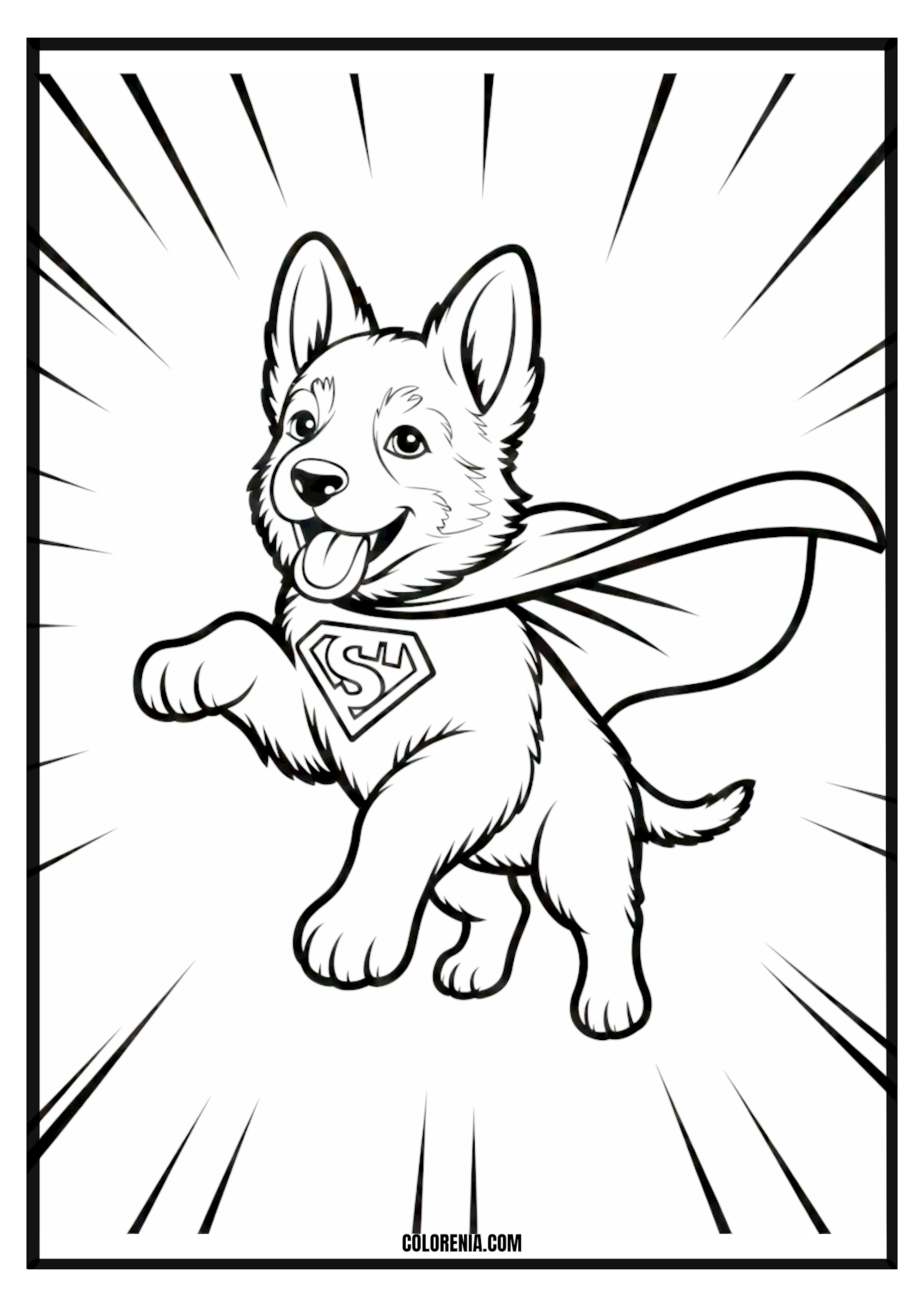
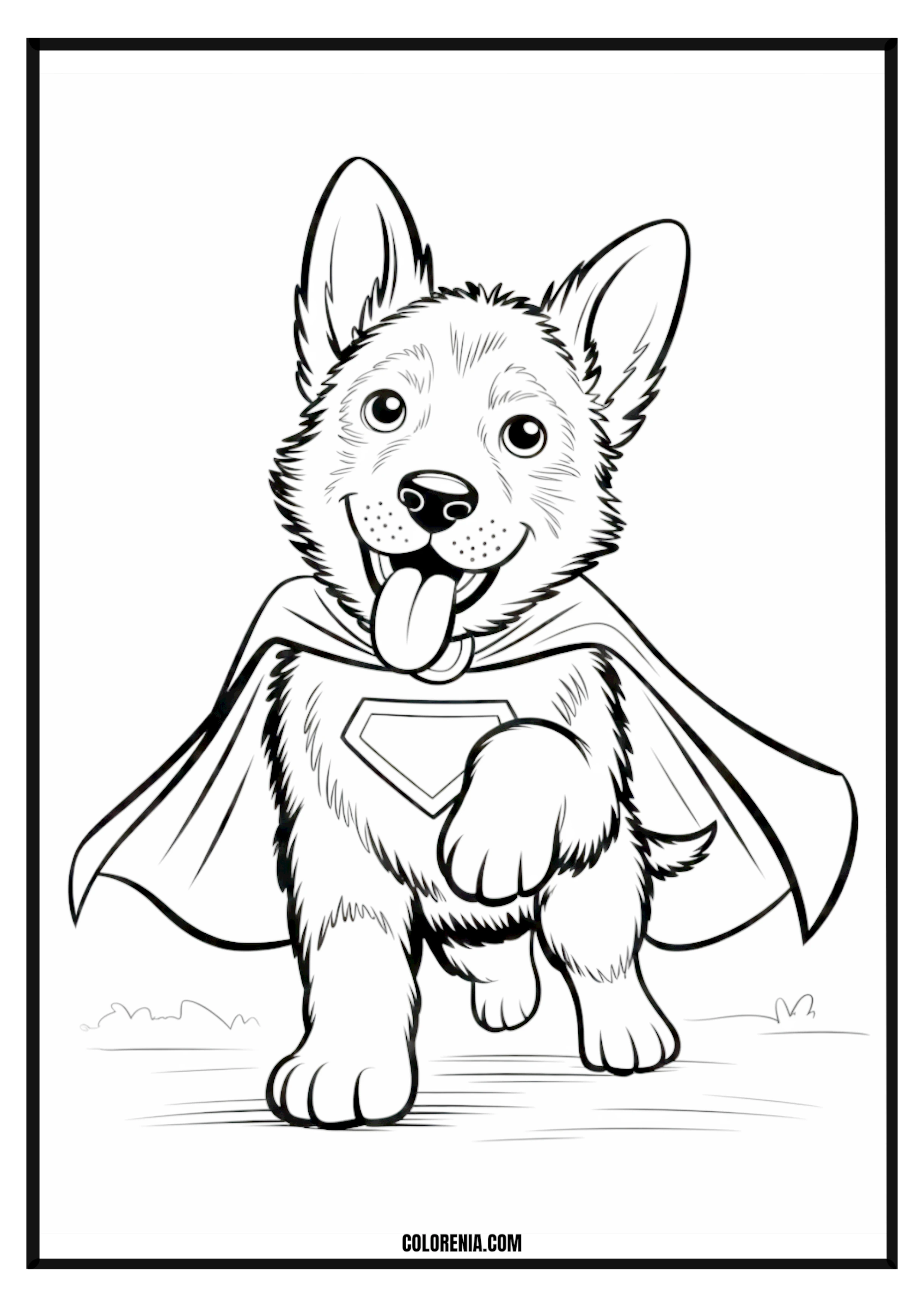
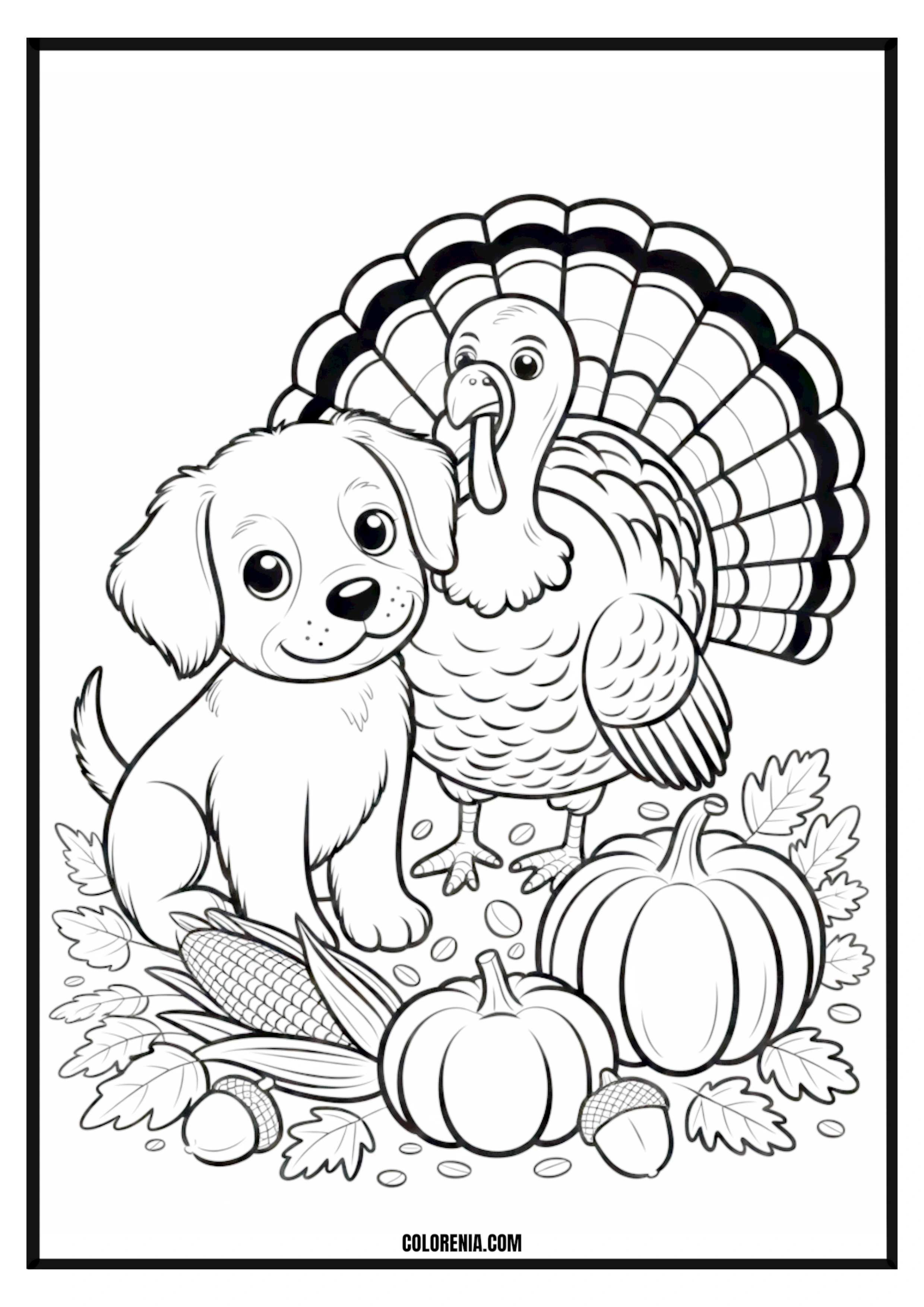
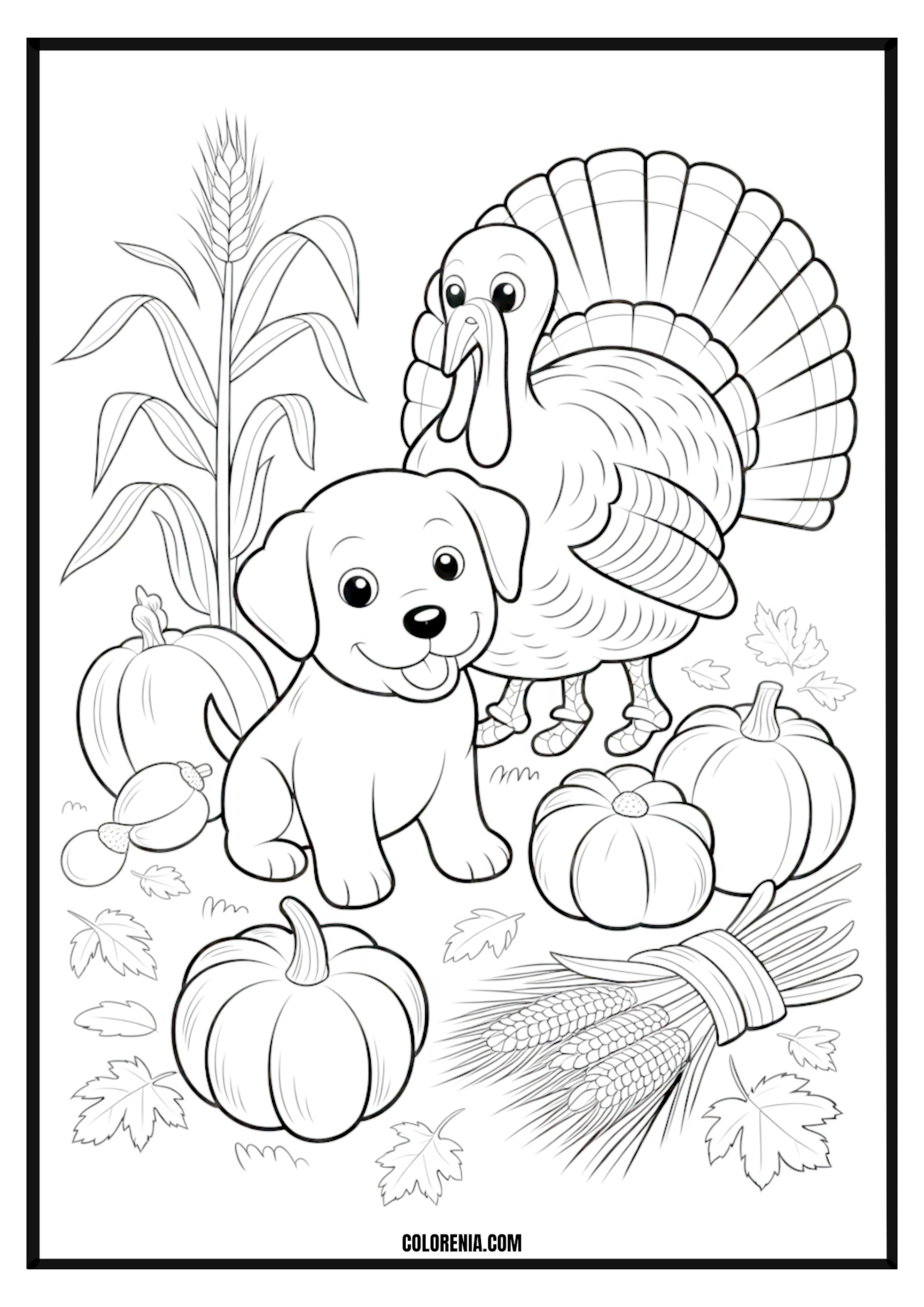
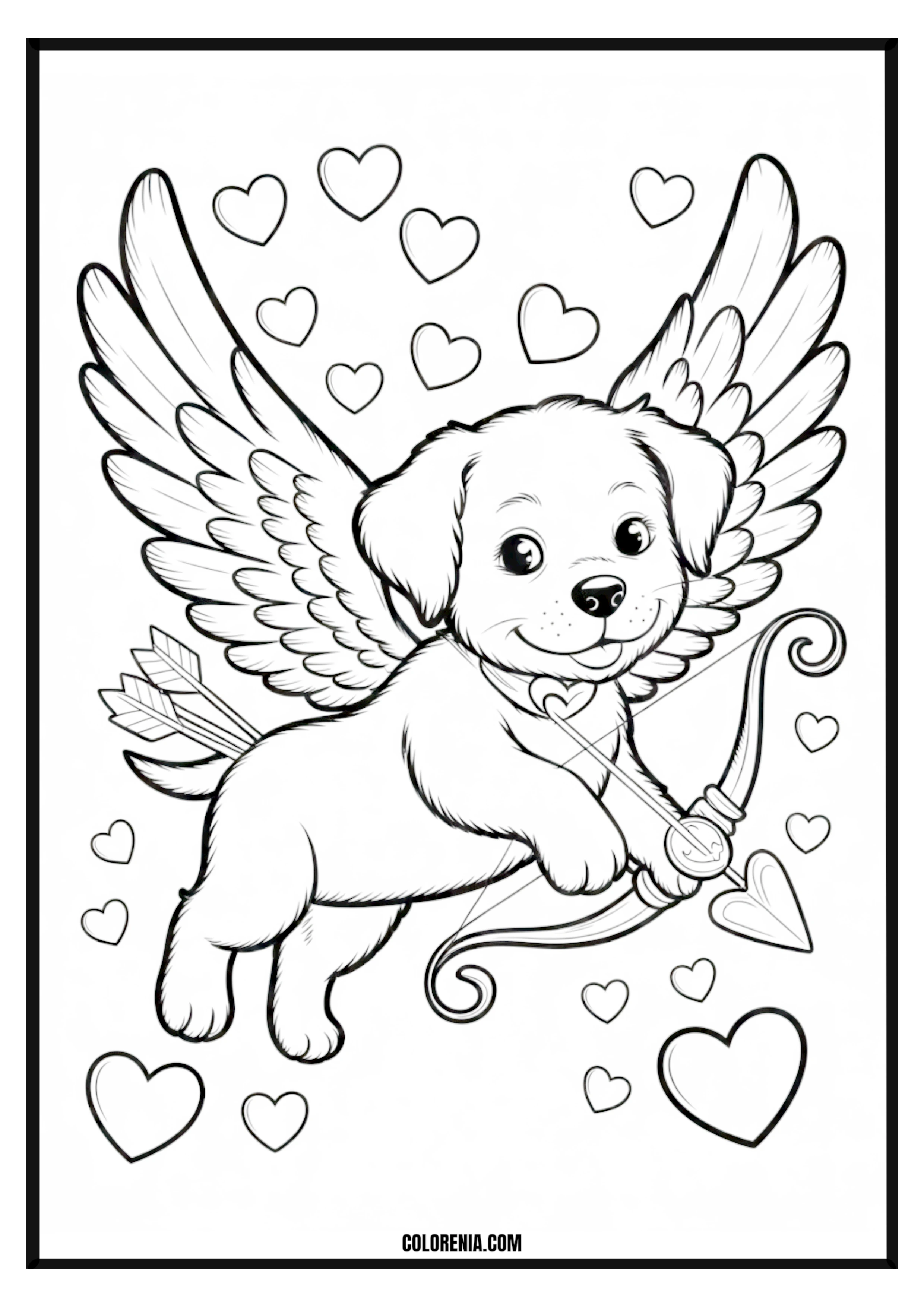
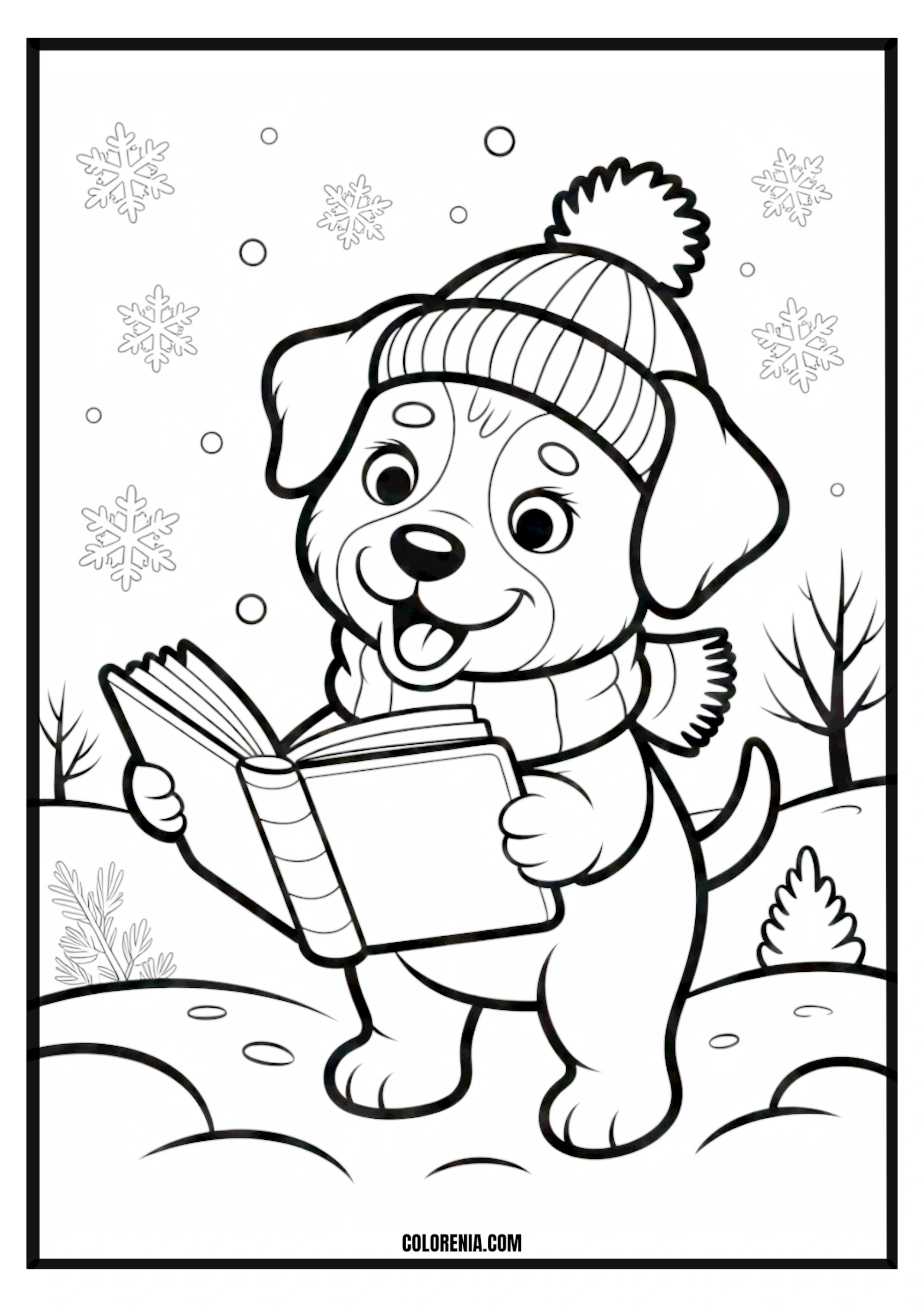
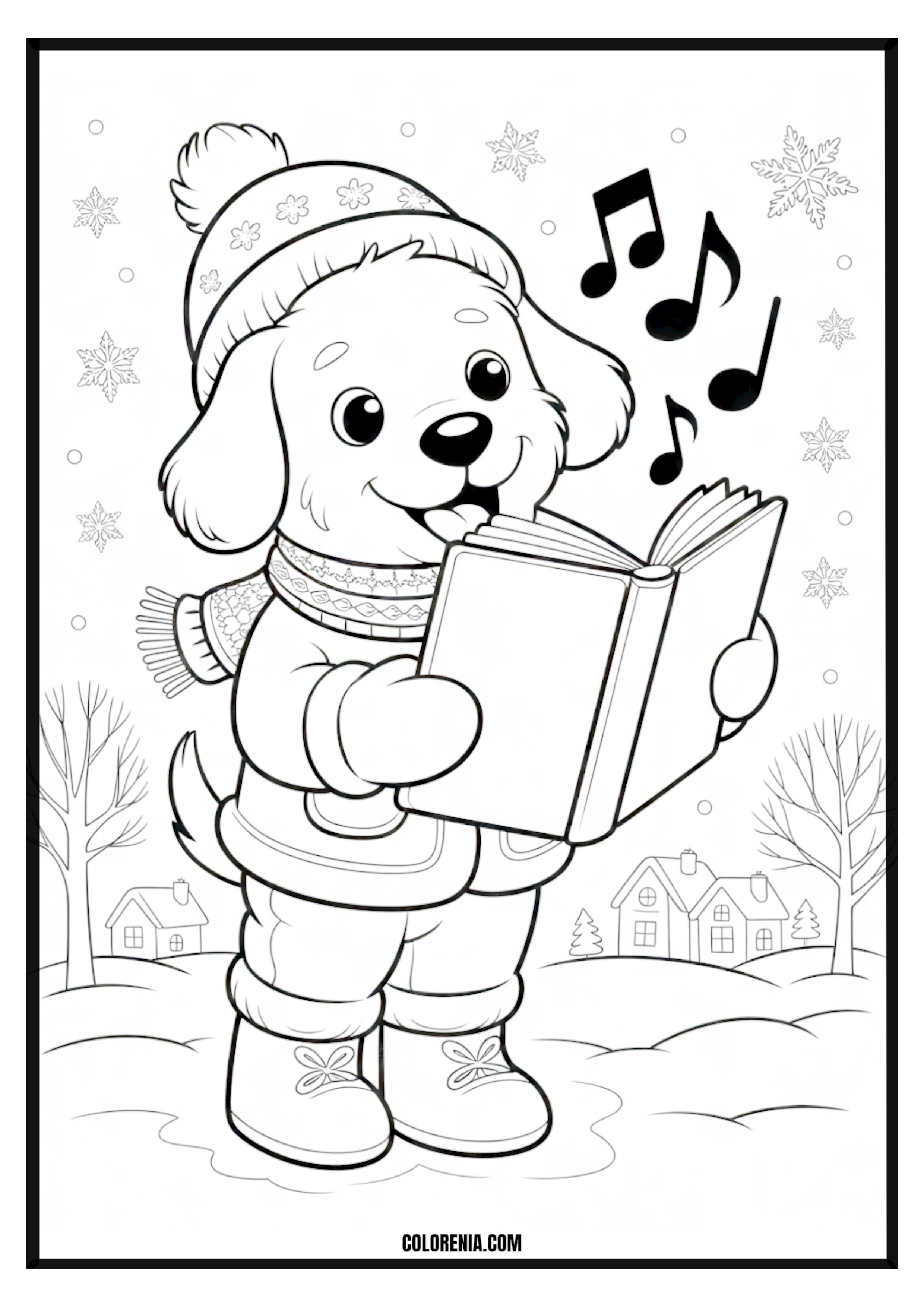
Why Some Puppy Coloring Pages Get Ignored (And Others Get Hoarded)
What Makes These Coloring Pages Special?
I used to think any puppy drawing would work. Wrong. So wrong.
The difference between a page kids fight over and one they skip comes down to expression. I tested this with identical corgi outlines—one had a tilted head and tongue out, the other sat straight and serious. The goofy one got picked first every single time.
Puppy coloring pages work best when they capture personality. A golden retriever mid-play with a ball? Yes. A generic dog outline facing forward? That’s the one left in the pile. Kids (and honestly, adults too) want to color something that feels alive, not like a clip art template from 2003.
I’ve also noticed that realistic details beat cartoon simplicity for kids over 7. My nephew’s class (3rd graders) completely ignored the rounded, basic puppies. They grabbed the German Shepherd with individual fur lines and detailed paws. Go figure.
The sweet spot? Pages with thick main outlines but interesting interior details. Think: bold border around the puppy, but whiskers, collars, and fur texture inside to keep it engaging. That combo works for ages 4-10, which is basically magic in the coloring world.
Who Can Enjoy These Designs?
Here’s where it gets interesting. I originally designed puppy coloring page printable files for kids, but my adult coloring group steals them constantly.
Toddlers (2-4 years) need chunky puppies with minimal details. One big face, thick lines, large spaces. They’re not coloring in the lines anyway, so give them room to scribble without feeling like they “messed up.” The free baby coloring pages approach works here—super simple, super forgiving.
Early elementary (5-7 years) want puppies doing things. Playing with yarn, wearing bandanas, sitting in baskets. Action = engagement. Static poses? Boring. This age group blows through simple designs in three minutes, so I always print extras.
Tweens (8-12 years) need complexity or they’ll roast your designs. “This is for babies” is their favorite phrase. They want breed-specific details—a husky should look like a husky, not a generic fluffy dog. Same attention to detail you’d see in cat coloring pages printable collections.
Adults (yes, really) gravitate toward intricate puppy coloring pages free designs with mandala-style backgrounds or realistic fur textures. My mom colors these while watching TV. Says it’s cheaper than therapy.
Teachers love printable puppy pages for early finishers or rainy day backup plans. My friend Sarah keeps a puppy coloring pages printable pdf folder on her desktop and hits print whenever chaos threatens to take over her classroom.
How to Choose the Right Difficulty Level?
What Age Groups Actually Need (Not What Labels Say)
Age recommendations on coloring pages are lies. Okay, not lies exactly, but… optimistic fiction?
I downloaded a pack labeled “Ages 3-5” and my 3-year-old took one look and went back to his blocks. Too many small spaces. Too much visual noise. Meanwhile, my 8-year-old finished it in four minutes and complained it was too easy.
Here’s what actually works:
For true beginners (ages 2-4), you want puppy faces with maybe 5-8 colorable sections total. One big head, two ears, a nose, some eyes. That’s it. The chunky puppy face style—think round and simple like a stuffed animal. These puppy coloring pages for free should have lines so thick a chubby crayon can’t escape the boundaries easily.
Early learners (ages 4-6) can handle more. Puppies with collars, sitting positions, maybe a toy nearby. Around 10-15 sections to color. I look for designs where the puppy takes up most of the page—no tiny dogs lost in huge backgrounds. Similar to what you’d find in free Bluey coloring pages—recognizable, friendly, not overwhelming.
Confident colorers (ages 6-9) need detail to stay interested. Different fur textures, realistic proportions, background elements. A golden retriever with individual fur strands? Perfect. A puppy in a garden with flowers and grass? Even better. These kids get bored fast, so complexity matters.
Advanced users (ages 9+, plus adults) want puppy coloring pages to print free that look like actual art projects. Realistic shading opportunities, intricate backgrounds, breed-accurate features. I’ve seen 10-year-olds spend an hour on a detailed husky page, carefully blending colored pencils to get the eye color just right.
Pro tip: Print one page first as a test. Watch how long it takes to complete. If it’s done in under 5 minutes, level up. If they quit halfway through, go simpler.
What Art Supplies Work Best?
This changes everything, and nobody talks about it.
Crayons work great for thick-lined puppy coloring book pages, but they’re basically useless for detailed designs. The points get dull fast, making small spaces frustrating. My recommendation? Crayons for kids under 6, then transition.
Markers are tempting because colors pop, but here’s the problem—bleed-through. I’ve ruined so many puppy coloring pages free printable sheets by using markers on regular printer paper. The color soaks through to the next page, and if you printed double-sided? Total disaster. Markers need cardstock or marker-specific paper.
I learned this the hard way when I printed 20 puppy coloring pages printable free designs for a kids’ party. Used regular 20lb paper. Kid grabbed a marker. Within two minutes, the tablecloth had blue marker showing through. Now I only print on 32lb paper minimum if markers are involved.
Colored pencils are the secret weapon. They work on any paper, don’t bleed, and allow for shading that makes puppy coloring page free designs look actually impressive. The downside? They take forever. A page that takes 10 minutes with crayons might take 30 minutes with colored pencils.
Gel pens are weirdly popular with the 8-12 crowd. Metallic or glitter gel pens on puppy collars and eyes make kids feel like artists. Just warning—they smudge if you’re not careful.
Paper choice matters as much as supplies. Regular printer paper (20lb) works fine for crayons and colored pencils. For markers, spring for cardstock or 32lb paper. I buy the heavy stuff at office supply stores when it’s on sale and keep a stack ready.
Quick test: Color a small section with your planned supplies before committing to the whole page. Some paper-marker combos are disasters waiting to happen.
| Age Group | Difficulty Level | Recommended Supplies | Average Completion Time |
|---|---|---|---|
| 2-4 years | Beginner (5-8 sections) | Large crayons, chunky markers | 5-10 minutes |
| 4-6 years | Easy (10-15 sections) | Regular crayons, washable markers | 10-15 minutes |
| 6-9 years | Intermediate (15-25 sections) | Colored pencils, fine tip markers | 20-30 minutes |
| 9+ years & adults | Advanced (25+ sections) | Colored pencils, gel pens, fine liners | 30-60 minutes |
Where to Print Your Puppy Coloring Pages?
What Paper Types Give Best Results?
I’ve wasted probably $50 in ink and paper figuring this out, so learn from my mistakes.
Regular copy paper (20lb) is fine for basic puppy coloring pages to print if you’re using crayons or colored pencils. It’s cheap, available everywhere, and works for quick prints. But it’s thin. Really thin. Markers bleed through, and enthusiastic colorers sometimes tear it.
Cardstock (65-110lb) is the upgrade that matters. Yes, it costs more—about three times as much—but the difference is wild. Pages feel substantial, markers don’t bleed through, and kids treat them more carefully because they feel “real.” I print special puppy coloring pages printable designs on cardstock for gifts or classroom displays.
Multipurpose paper (24-32lb) is the middle ground I actually use most. Thicker than copy paper, cheaper than cardstock. Handles markers pretty well, doesn’t feel flimsy. This is what I keep loaded in my printer for everyday puppy coloring page printable needs.
Printer settings matter too. I always select “best quality” for final prints. Draft mode saves ink but makes lines look faded and fuzzy. Kids notice. They’ll comment that the lines are “too light” or hard to see. Worth the extra ink cost to avoid complaints.
Color vs black and white? I print 95% in black and white. It’s cheaper, and the whole point is for kids to add color themselves. The rare exception is when I want to show an example of finished work—then I’ll print one in color as reference.
Pro tip: Buy paper in bulk when office stores have sales. I grabbed 1,000 sheets of 32lb paper for $15 last month. At regular price, it would’ve been $35.
The printer debate—home vs print shop? For occasional prints (5-10 pages), your home printer is fine. But if you’re printing 50+ free puppy coloring pages for a classroom or party? Take the PDF to a print shop. It’s often cheaper than buying ink cartridges, and the quality is usually better. Many libraries also offer free or very cheap printing—worth checking.
How Do Different Breeds Work for Different Kids?
This surprised me. Kids have strong opinions about dog breeds, even in coloring pages.
Golden Retrievers and Labs are universal hits. Friendly faces, floppy ears, generally happy expressions. These puppy coloring pages printable pdf designs never sit in the reject pile. Safe choice if you’re not sure what kids prefer.
Huskies and German Shepherds attract older kids, especially boys (though my daughter loves them too). Something about the pointy ears and serious expressions reads as “cool” to the 7-10 age group. These also offer great opportunities for detailed coloring—those distinctive markings aren’t easy to color well, which makes them perfect for confident colorers.
Small breeds (Yorkies, Chihuahuas, Pomeranians) are wildly popular with the 4-7 age group. Tiny, fluffy, cute. My niece has colored probably 30 Pomeranian pages and asks for more every time I visit. These puppies often fit well on pages with backgrounds, leaving room for flowers or toys—similar to what you’d see in flower bunch coloring pages.
Bulldogs and Pugs have that smooshed-face charm that’s oddly appealing. Kids find them funny-looking (in a good way). These work well for puppy coloring book pages because their features are distinctive and simple—big heads, wrinkles, short snouts.
Mixed breed or generic puppies are the most versatile for free printable puppy coloring pages. They don’t have breed-specific features to get “wrong,” and kids can imagine them as whatever dog they want. This works especially well for younger kids who might not even know dog breeds yet.
I keep a variety available. When my daughter’s friends come over, I lay out maybe 10 different puppy coloring pages for free and let them choose. The choices reveal personality—perfectionists grab detailed breeds, quick workers pick simple ones, animal lovers go for realistic designs.
One unexpected finding? Kids who have dogs at home often want to color their own breed. A girl in my art group has a beagle and exclusively colors beagle pages because “it’s like coloring my real puppy.” I started keeping breed-specific options on hand after realizing this pattern.
What Creative Techniques Can You Try?
How to Display Finished Artwork?
Okay, so kids have finished coloring. Now what? This part matters more than you’d think.
Refrigerator gallery is classic for a reason. But here’s a tip—use colorful magnets and rotate artwork weekly. Nothing says “I don’t care about your art” like a page that’s been on the fridge for three months, faded and curling.
Photo documentation before display is genius. I take quick phone pics of every finished puppy coloring page my kids complete. Why? Because toddlers are destructive. Papers get ripped, spilled on, lost. But I have digital copies of probably 200 colored pages going back three years. Made a digital album last year and my daughter cried (happy tears) seeing her progression.
DIY frames from dollar stores work great for “special” pages. My son colored an incredibly detailed German Shepherd puppy coloring page free that took him two hours. That one deserved better than the fridge. Spent $3 on a frame, hung it in his room. He points it out to every visitor.
Coloring page scrapbooks solve the “too much art” problem. I bought a large binder and page protectors. Finished puppy coloring pages to print free go into the binder instead of creating mountains of paper. Kids can flip through and see their old work, and nothing gets lost or damaged.
Gift wrapping is an unexpected use. We colored a bunch of simple puppy coloring pages printable free designs, and my daughter used them as wrapping paper for her grandma’s birthday gift. Her grandma loved it more than the actual present, honestly. Way more personal than store-bought paper.
Greeting cards from coloring pages work surprisingly well. Fold cardstock in half, color a puppy coloring page printable on the front, write a message inside. My kids made these for teachers last year instead of buying cards. Teachers seemed genuinely touched.
Storage tip: Use a flat plastic bin under a bed for storing finished coloring pages. Keeps them flat, protected, and out of sight until you want to look through them.
What Details Make Kids Keep Coloring?
I’ve watched a lot of kids quit mid-page. Here’s what I’ve figured out.
Backgrounds matter. A puppy floating in white space is less engaging than a puppy in a setting. Not super detailed backgrounds—just context. A puppy in grass, with a ball nearby, maybe a simple fence. Gives kids more to color without overwhelming the main subject. This is where having variety helps, similar to mixing up themes like you’d find in dinosaur coloring pages or butterfly designs.
Accessories extend coloring time. A plain puppy might take 10 minutes. That same puppy wearing a collar, next to a food bowl, with a bone? Suddenly it’s a 20-minute project. Kids love coloring the “stuff” as much as the puppy itself.
Patterns on fur (stripes, spots, patches) give kids coloring choices. A solid-color puppy offers less creative freedom than one with markings to color differently. I’ve seen kids spend extra time carefully coloring spots on a dalmatian puppy coloring page because each spot was its own mini-decision.
Facial expressions drive engagement. Puppies with personality—tongue out, tilted heads, eyes looking to the side—feel more alive. Kids narrate stories while coloring expressive faces. “He’s looking at a squirrel” or “She’s smiling because she’s happy.” That narrative engagement keeps them coloring longer.
Size variation on the page helps too. One large central puppy with smaller decorative elements (paw prints, hearts, bones) around the edges. The main subject provides satisfaction, the small details provide completion bonuses.
I also learned that “mistakes” don’t matter to most kids. Adults stress about coloring in lines. Kids under 8? They don’t care much. They’re proud of the finished product regardless. Stopped commenting on out-of-line coloring after realizing my corrections made kids less enthusiastic about finishing.
Real Parents Share Their Puppy Coloring Experiences
I asked parents in my local parenting group about their experiences with puppy coloring pages free printable downloads. Here’s what they said:
Jennifer, mom of three: “I keep a folder of printed puppy pages in my car. Restaurant waits went from meltdown city to peaceful with just paper and crayons. The chunky golden retriever page has been printed at least 15 times.”
Marcus, kindergarten teacher: “Free printable puppy pages saved my sanity during remote learning. Parents didn’t need to buy anything—just print and color. The simple corgi design was the class favorite. Kids showed their colored pages on Zoom and it became this shared experience.”
Linda, grandmother: “My granddaughter is obsessed with her actual puppy, Max. I found a beagle coloring page that looks just like him. She colors it with ‘Max’s real colors’—brown, white, black. Made copies so she can color him over and over. Such a simple thing, but she loves it.”
Rachel, art therapist: “I use puppy coloring pages with kids who’ve experienced trauma. Something about coloring cute animals is soothing. The repetitive motion, the focus, the non-threatening subject matter—it all helps. I keep about 30 different free puppy coloring pages in my therapy toolkit.”
These aren’t dramatic transformation stories. Just real people using puppy coloring pages to make everyday life a bit easier or more enjoyable. That’s actually the point—they’re simple tools that work.
I’ve seen the same thing with my own kids. My daughter used to have epic bedtime stalling tactics. Now? She picks a puppy coloring page free printable, colors it for 15 minutes, shows me the finished product, and then goes to bed with minimal drama. Not magic, just routine that works.
One unexpected benefit? Kids learn about dog breeds without trying. My son now identifies golden retrievers, huskies, and beagles on walks around the neighborhood. He learned from coloring different breeds and asking questions about their features.
Frequently Asked Questions
What are the best cute puppy coloring pages for toddlers?
Simple face designs with thick lines work best. Look for pages with 5-8 large sections—big ears, round face, minimal details. My 3-year-old loves chunky puppy faces that are basically circles with ears and eyes. The corgi face page from my collection gets requested constantly because it’s friendly-looking and super simple. Avoid pages with lots of tiny details or realistic fur textures—toddlers find those frustrating. Think rounded, cartoon-style puppies that look like stuffed animals. Similar to the approachable style you’d find in kitten coloring pages designed for young kids—big features, bold lines, forgiving spaces for wobbly crayon work.
Where can I find puppy coloring pages for kids that aren’t too babyish?
Kids ages 7-10 need breed-specific details and action scenes. German Shepherds with realistic features, huskies with detailed markings, or puppies playing with toys work well. Avoid generic round puppies or overly simple designs—older kids will roll their eyes. Look for pages that show puppies doing activities (chasing balls, digging, playing) rather than just sitting still. Complex backgrounds help too—a puppy in a detailed garden or park setting gives them more to color. The trick is finding designs that look like actual art projects, not something meant for preschoolers. Pages with 20+ sections to color keep this age group engaged without feeling childish.
Are puppy coloring pages free printable downloads worth it compared to coloring books?
Honestly? Yes. I’ve bought probably 10 coloring books over the years, and most have 5-8 pages kids actually want to color and 20+ pages they skip. With free puppy coloring pages printable files, you download exactly what you want, print only what you’ll use, and never pay for pages that sit ignored. Plus, you can print favorites multiple times. My daughter has colored the same floppy-eared golden retriever design four times because she loves it. Can’t do that with a bound book. The quality difference between good free printables and store-bought books is basically zero. Save your money, print what works, skip what doesn’t.
Can I use the same coloring pages for both kittens and puppies?
Not really. Kids are weirdly specific about this. A page labeled “kittens” gets treated differently than “puppies” even if the design is similar. I tested this accidentally—printed a kitten coloring page for my daughter’s friend who loves dogs. She looked at it, said “but I wanted a puppy,” and grabbed a different page. Facial features differ too. Puppy noses are larger and more rounded, ears are floppier (usually), and body shapes are distinct. Sure, you could technically color any animal page with any colors, but kids want authenticity. They want to color what the page says it is. Keep puppy pages and kitten pages separate, just like you wouldn’t mix dog coloring pages with cat-themed designs—similar concepts but different enough to matter to kids.
Why Some Puppy Pages End Up in the Trash
Not every puppy coloring page design works. I’ve thrown out plenty.
Overly complex for the target age is the #1 problem. Downloaded a “ages 4-6” pack once—the pages had tiny details better suited for adults. Lines were thin, spaces were small, and my kindergartener got frustrated after two minutes. Age labels lie constantly.
Weird proportions kill engagement fast. Puppies with giant heads and tiny bodies look creepy. Or massive paws with small faces. Kids notice when something looks “wrong” even if they can’t articulate why. They’ll pass on those pages every time.
Blurry line work from low-resolution downloads is awful. You don’t notice until you print, and then the lines look fuzzy or broken. Kids struggle to see where one section ends and another begins. Always preview puppy coloring pages printable pdf files before printing to check line quality.
Boring poses lose interest quickly. Puppy sitting straight, facing forward, no expression? That’s the coloring page equivalent of watching paint dry. Compare that to a puppy mid-play, tongue out, toy nearby—way more engaging. Static poses work fine for adults who want meditative coloring, but kids need energy in the design.
Cultural disconnect happens more than expected. Some downloaded pages had puppies in contexts that just didn’t resonate—a puppy with a teacup felt dated, or ultra-formal poses seemed stiff. Kids gravitate toward contemporary, relatable scenes. A puppy with a gaming controller or headphones? Way more relevant to current kids than traditional settings.
I learned to print one test page before committing to a whole set. Saved me from wasting ink on designs that wouldn’t get used.
The Setup That Actually Works for Coloring Time
Creating the right environment matters as much as the puppy coloring pages to print themselves.
Flat, stable surface is basic but essential. Kitchen table over coffee table every time. Kids hunch over low surfaces and complain about sore necks. Proper table height means better coloring control and longer sessions without discomfort.
Good lighting makes details visible. I put a clip-on LED light on the table when we color in the evening. The difference is huge—suddenly my kids could see the small sections they were missing. Natural window light during the day is even better.
Supply organization prevents the “I can’t find the color I want” meltdown. We use a shoe organizer with clear pockets—crayons sorted by color, markers in their own section, colored pencils separate. Kids can see everything and grab what they need without dumping boxes everywhere.
Background music or silence—depends on the kid. My daughter colors better with quiet instrumental music playing. My son needs total silence or he can’t focus. Ask what they prefer instead of assuming.
Snacks nearby is controversial but works for us. Coloring sessions are longer and happier with goldfish crackers or apple slices within reach. Yeah, you risk crumbs on the pages, but you also avoid the “I’m hungry, I’m done coloring” interruption 10 minutes in.
No hovering. This was hard for me to learn. I’d stand over my kids and comment on their color choices or technique. Stopped when I realized it made them self-conscious and less creative. Now I sit nearby but work on my own stuff (emails, my own coloring, whatever). They ask for help when needed but otherwise work independently.
Time limits aren’t necessary. Some pages take 10 minutes, others take an hour. Let kids work at their own pace instead of “we’re coloring for 20 minutes and then stopping.” Forced stops mid-project kill enthusiasm for next time.
When Puppy Coloring Pages Are Perfect (And When They’re Not)
Perfect for:
- Restaurant waits (pack pages and crayons in your bag)
- Doctor’s office waiting rooms (much quieter than tablets)
- Rainy afternoons when outdoor play isn’t happening
- Calming down after stressful events (seriously, the focus helps)
- Teacher early-finisher activities (kids who work fast need something)
- Birthday party activities (cheaper than hiring entertainment)
- Grandparent visits (easy activity that crosses generations)
Not ideal for:
- Car rides (coloring while moving = motion sickness for some kids)
- Outdoor activities (paper and wind don’t mix, plus waste risk)
- When you’re rushing (starting a coloring page with “you have 5 minutes” just creates frustration)
- As punishment or forced quiet time (makes kids hate coloring)
I stopped bringing puppy coloring pages free on car trips after my daughter threw up 20 minutes into a road trip. She’d been fine until she started coloring. Doctor later explained that focusing on close-up detail while in motion triggers nausea in some kids. Now we save coloring for stationary activities.
Also learned that forcing coloring time backfires. My son went through a phase where he hated coloring. I backed off completely. Three months later, he asked for puppy coloring pages for free on his own. Kids need to come to activities on their terms, not because parents push it.
Links to More Coloring Fun
Looking for variety beyond puppies? Check out these other popular options:
If your kids love animals, free Paw Patrol coloring pages combine puppy characters with superhero action. My nephew is obsessed—he’s colored Chase probably 30 times.
For character-based fun, Mario coloring pages and Sonic coloring pages are huge hits with the video game crowd. Totally different vibe from puppy pages but equally engaging.
Nature lovers might prefer free butterfly coloring pages printable with intricate wing patterns that challenge older kids.
And if you want more animal options, the dog coloring pages collection includes adult dogs alongside puppies—good for kids who want more mature designs.
Mix up your coloring collection beyond just puppies. Variety prevents boredom and helps you figure out what styles your kids actually enjoy. My daughter rotates between puppies, Pokemon, and butterflies depending on her mood. Having options matters.
Conclusion
That birthday party where kids fought over puppy coloring pages? Taught me that the right design makes all the difference. Not every puppy page works. But when you find the ones that click—thick lines for little hands, personality in the expressions, breed variety for different preferences—coloring time transforms from “here’s a distraction” to “can I color another one?”
I keep testing new puppy coloring pages printable designs, watching which ones get requested repeatedly and which ones sit ignored. The winners earn permanent spots in my “print-ready” folder. The losers get deleted.
Your kids won’t love every puppy coloring page free printable you download. That’s fine. Print options, let them choose, see what works. The floppy-eared golden retriever that’s my daughter’s favorite might bore your kid completely. Or maybe it becomes their new obsession. Only way to know is trying.
Free downloads mean zero risk and unlimited options. Print, color, repeat. Some pages will become treasured artwork. Others will get half-finished and recycled. Both outcomes are okay. The point is having simple, accessible activities that give kids (and you) a break from screens and chaos.
Now if you’ll excuse me, I need to print another batch of puppy pages. My daughter’s friend is coming over, and I learned my lesson about having enough copies. Nobody’s fighting over the last corgi page on my watch.